Enthusiasts of old vehicles are invited to a new meeting in Artois, after having experienced emotions in February at the Rétromobile show.
The Ravera show is back at Artois Expo on Sunday March 19 for its 45th edition. A long-awaited meeting for vintage vehicle enthusiasts.
On Sunday March 19, you can discover the little Rosalie from 1932, a Darmont Junior from 1938, a Triumph Gloria from England, a 4 CV from the Touring-club of Belgium, cars with 2-stroke engines, a few sports convertibles , Opel vans from the 1950s, a series of motorcycles from the 1920s to 1940s and even a Triumph from 1911 as well as a series of scooters from different brands. An auction of vehicles exhibited at the entrance to the site is organized from 3 p.m.
Enthusiasts and collectors of old vehicles at the rendezvous in the shows
The 2023 meeting of enthusiasts and collectors of old vehicles took place from February 1 to 5, during the Retromobile show, at the Porte de Versailles exhibition center in Paris.
The show brought together manufacturers (Porsche, Volkswagen, Renault, DS, Peugeot, Citroën, Lancia, Alfa Romeo, Fiat, Caterham, etc.) as well as clubs and federations, rally organisers, automobile dealers, auctioneers, mechanic restorers, insurers, sellers of spare parts, maintenance products, scale models, decorative objects or even booksellers selling books dedicated to means of transport.
Visitors were able to discover classic cars as well as youngtimers, with a panel of more than 1,000 vehicles on display. The great diversity of these vehicles has allowed everyone to marvel at certain models, according to their tastes. This show could also be an opportunity to acquire a vehicle.
This year, Rétromobile hosted several specific exhibitions to celebrate anniversaries, in particular the 100 years of the 24 Hours of Le Mans competition or to honor certain brands and certain vehicles.
Two exhibitions for the centenary of the 24 Hours of Le Mans
Two exhibitions were devoted to the centenary of the 24 Hours of Le Mans, one of the most prestigious automobile competitions in the world.
On the one hand, we were able to see a first exhibition called « 24 Hours of Le Mans, a century of innovation ». This presented the new technologies used over the course of a century, through four cars positioned one behind the other, from the oldest to the most recent.
The first car presented was a Tracta Type 4 « Géphi » designed in 1927 and participating in the 24 Hours of Le Mans circuit in 1928 and 1929. It could reach up to 135 km/h. It was Pierre Fenaille, a wealthy industrialist and Jean-Albert Grégoire, an engineer who were behind the construction of this car. Jean-Albert Grégoire has developed a homokinetic joint which allows the synchronization of the two transmission shafts. This invention will make the front-wheel drive of the racing car truly efficient with better road holding and thus provide more safety for the drivers.
The second car on display was a Howmet TX (Turbine eXperimental). This was developed and built by Bob McKee and Ray Heppenstall. It is powered by a helicopter gas turbine and can reach up to 310 km/h. The Howmet TX took part in the 24 Hours of Le Mans in 1968. People who were present at that time certainly remember its particular noise.
The third car presented was a Lola T600. This is one of the first ground effect prototypes to have taken part in the 24 Hours of Le Mans in 1981. The ground effect helps control the flow of air passing under the car and aims to maintain grip of the vehicle. The frame of this Lola also accommodates an aluminum « honeycomb » and a roll bar which contribute to its stability.
The fourth car on display was the LMPH2G. It is one of the prototypes with electric-hydrogen propulsion as part of the MissionH24 program. This program is co-developed by the Automobile Club de l’Ouest and GreenGT, to prepare for the opening of a category reserved for hydrogen vehicles at the 24 Hours of Le Mans by 2025. This car is part of the reduction of the environmental footprint because it only releases water vapor into the atmosphere.
On the other hand, a second exhibition entitled “24 Hours of Le Mans, when the French shine” was dedicated to the French brands that distinguished themselves during this competition.
Since the first edition in May 1923, there have been fifteen tricolor successes. Some of these cars were on display at the show, including:
– the Chenard and Walcker with a first victory in 1923
– the Lorraine-Dietrich B3-6 Sport which won two victories in 1925 and 1926
– the Matra Simca MS670, winner three times in 1972, 1973 and 1974
– the Rondeau M379, whose manufacturer and pilot Jean Rondeau won the competition in 1980
– the 905 Peugeot, which was the big winner in 1992 and 1993
Moreover, even if no French brand vehicle has won an overall victory for several years during the 24 Hours of Le Mans, some cars have been able to mark this race by winning the performance index (greatest distance covered according to the displacement). This is the case, for example, of the DB HBR 4 exhibited at the show, which twice finished first in the performance index in 1960 and 1961.
The Renault Alpine M66, also presented at the show, won the performance index in 1968.
The Porsche 356 « Polar »
A space was dedicated to showcasing the Porsche 356. This 1956 car belongs to racing driver and philanthropist Renée Brinkerhoff. In 2017, she embarked with her Valkyrie Racing team on the 356 World Rally Tour project. It involved crossing seven continents by participating in the most demanding competitions in the world (notably the Paris-Beijing or the East African Safari Rally, etc.) with the aim of raising public awareness and raising funds to fight against trafficking. of children.
The last challenge was to cross Antarctica, the most inhospitable continent.
Valkyrie Racing had to call upon polar explorers, holders of several records and engineers, to transform the Porsche 356A so that it could evolve on rough and slippery ground, and withstand the polar climate with temperatures that could go up to – 50°C.
Eighteen months of work were necessary for the engineer Kieron Bradley to design this vehicle and to equip it in particular with a system of skis to allow it to steer and tracks to ensure its propulsion.
In December 2021, Renée Brinkerhoff was able to complete her journey in Antarctica by traveling 356 miles (573 km). In total, more than 20,000 miles (32,000 km) will have been covered across seven continents. Renée Brinkerhoff and the Valkyrie Racing team thus become the first to achieve such a performance with an old car.
The vanlife
An exhibition called « Vanlife, the new nomads », made it possible to discover many vehicles that lend themselves to life in a van.
In recent years, there has been a craze for traveling and living in a van. Some people leave for a weekend, others for a few weeks, or even for several months or years. There are those who rent or buy a fully fitted out original van or the do-it-yourselfers who buy a van and fix it up at their convenience.
For this exhibition dedicated to vanlife, we were able to see several Volkswagen Combis from all eras. There was also a Fiat 850 Familiare minibus from 1970, equipped with a period tent on the roof. A 1980 Renault Estafette was also on display; it has been modernized and has a retractable roof terrace with a table and benches.
Visitors were able to discover other vans from the Peugeot brand (a J7 from 1979 and a D4 from 1955), motorhomes (a Commer FC Camper from 1966, a Simca 1100 and another atypical made from a airplane cabin), a 1933 Chrysler cabriolet with its caravan or even a Citroën 2CV which has been around the world.
Museums exhibited historic vehicles
Several museums were also present to show some vehicles that have marked history.
The Museum of Arts and Crafts in Paris exhibited the Obedient. It is a steam automobile which was designed and built by Amédée Bollée in 1873; 150 years ago. It can carry up to twelve passengers, a pilot and a driver. It could also be called a minibus given its capacity. This car is considered the first high-speed automobile because it can travel at 30 km/h with peaks at 40 km/h. On October 9, 1875, Amédée Bollée traveled 230 kilometers from Le Mans to Paris; it took him 18 hours in total, including breaks, especially for meals. However, the regulations of the time not providing for the circulation of automobiles, he received seventy-five fines; they will finally be classified without follow-up.
The tank museum of Saumur meanwhile, exhibited two battle tanks.
One of the tanks presented at the show was an AMX – 30 B2. The AMX 30s were built in the 1960s. Following the invasion of Kuwait by Iraq in 1990, the French army set up Operation Daguet. Forty-four tanks of this type took part in the Gulf War. These vehicles then continued in service before being replaced by Leclerc tanks.
The second tank presented was an armored reconnaissance vehicle (EBR) produced by Panhard, from 1951. It presents interesting technical innovations including a symmetrical design allowing it to circulate indifferently in both directions. It has 8 drive wheels, 4 of which are liftable on the road; the 4 steering wheels are equipped with puncture-proof tires. This vehicle can travel at more than 110 km/h; a record for the time. It also has a peculiarity, like on racing cars; to sit in the driver’s seat, the steering wheel must first be removed.
Exhibition of vehicles auctioned by Artcurial Motorcars
As for several years at the Rétromobile show, one of the exhibitions was dedicated to Artcurial Motorcars.
Nearly 240 vehicles and historical or collector’s items related to the automobile, aeronautics and navy sectors (original engines, models, miniatures, signed photographs, Formula 1 spare parts, racing driver suits, boats, etc. ) were auctioned for three days. In 2023, the sale totaled 35.5 million euros out of the estimated 80 million euros. 75% of vehicles thus changed owners and 85% of objects were sold.
One of the star cars in the sale was a Ferrari 250 LM Berlinetta; the tenth of the thirty-two copies produced. It was also the occasion to celebrate the 60th anniversary of this model, the first car of which left the Maranello factory in 1963. The 250 LM is one of the legends of motorsport because it is the last Ferrari to have been victorious at the 24 Hours of Le Mans in 1965.
In addition, several vehicles that belonged to celebrities were also offered for sale.
This was the case with Jean-Paul Belmondo’s boat, the 1964 Riva Super Florida, named « Elodie I » after his first wife.
There was also the 1970 Ferrari 365 GBT/4 Daytona that singer Christophe owned for ten years or the Porsche 911 SC dating from 1979 that was driven by Johnny Hallyday for a few years.
The branch fair in Gournay-en-Bray, meet on Saturday 1st and Sunday 2nd April.
For lovers of old cars, it will be Sunday April 2 in the commercial courtyard that you will have to go. The tractors and trucks will be exhibited from Friday March 31 on Place de la Liberation and Boulevard des Planquettes, but also around the Church. The parish hall will host an exhibition of miniature tractors and a mini farm. The parade of tractors will start on Sunday from 10 a.m.
Finally, a housing, crafts and automobile fair will be held all weekend at the covered market.
The next edition of the Rétromobile show will take place from January 31 to February 4, 2024, at the Parc des expositions de la Porte de Versailles, in Paris.
Share this content:


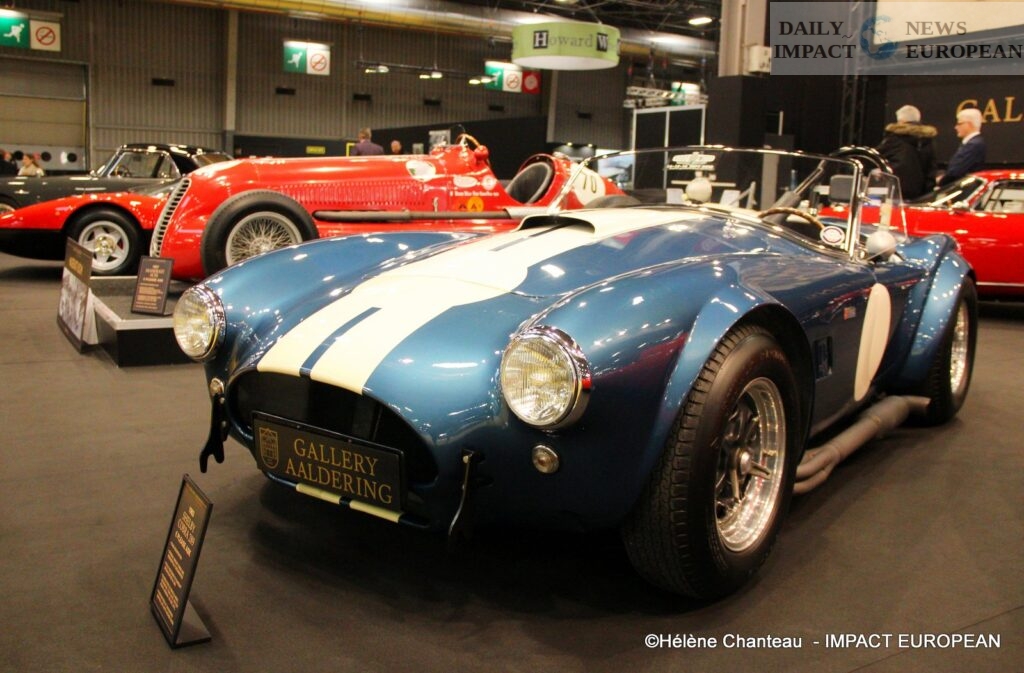
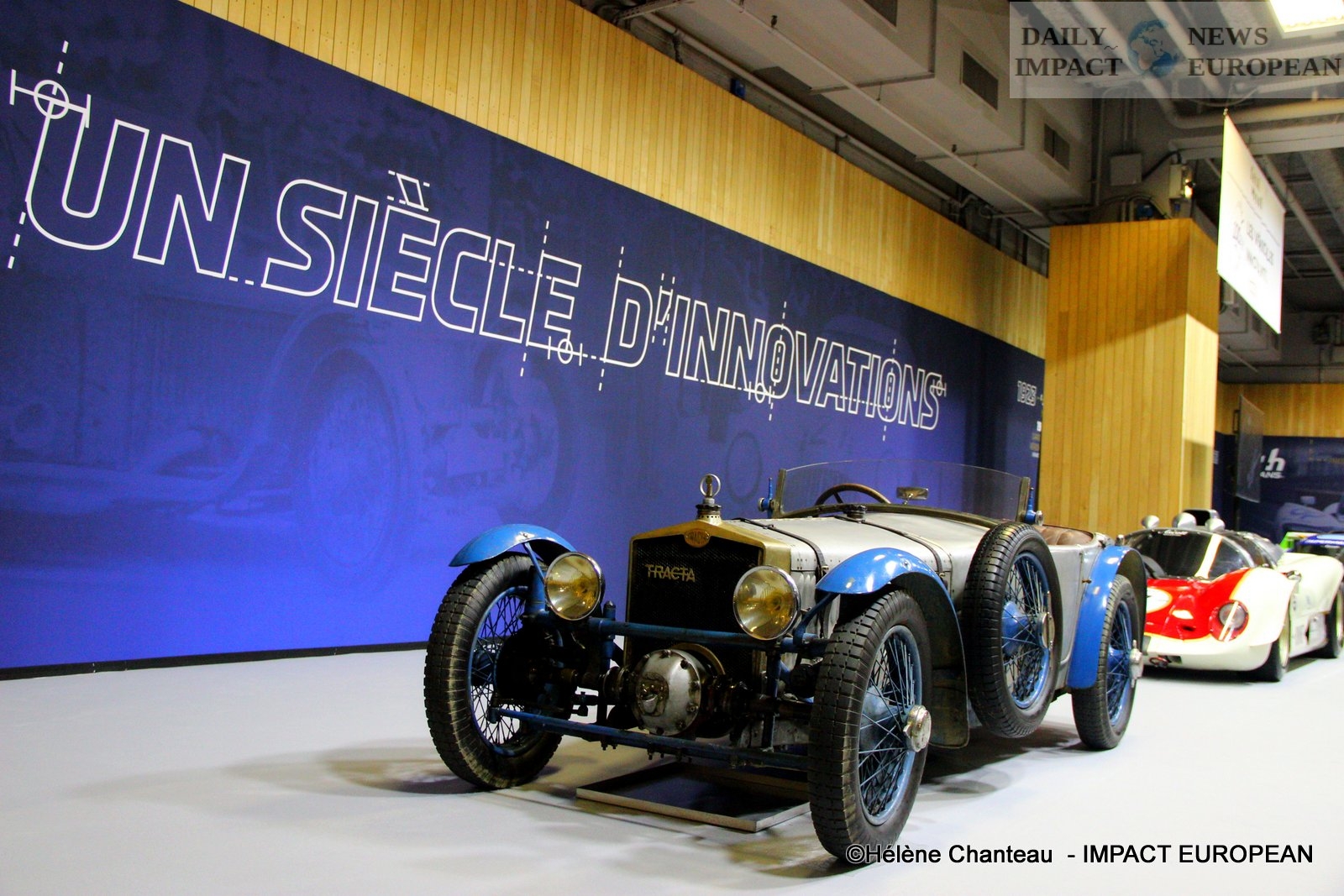
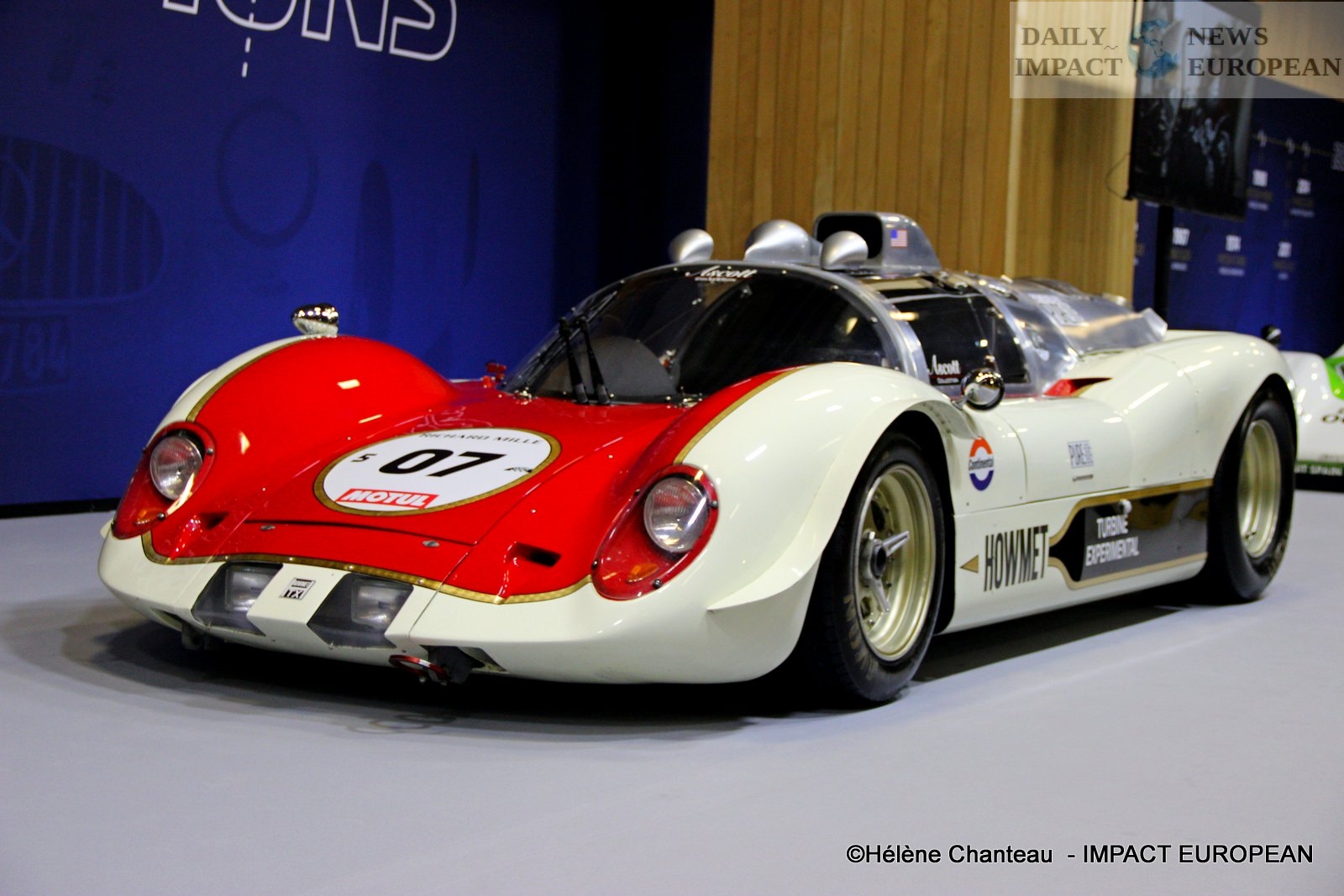
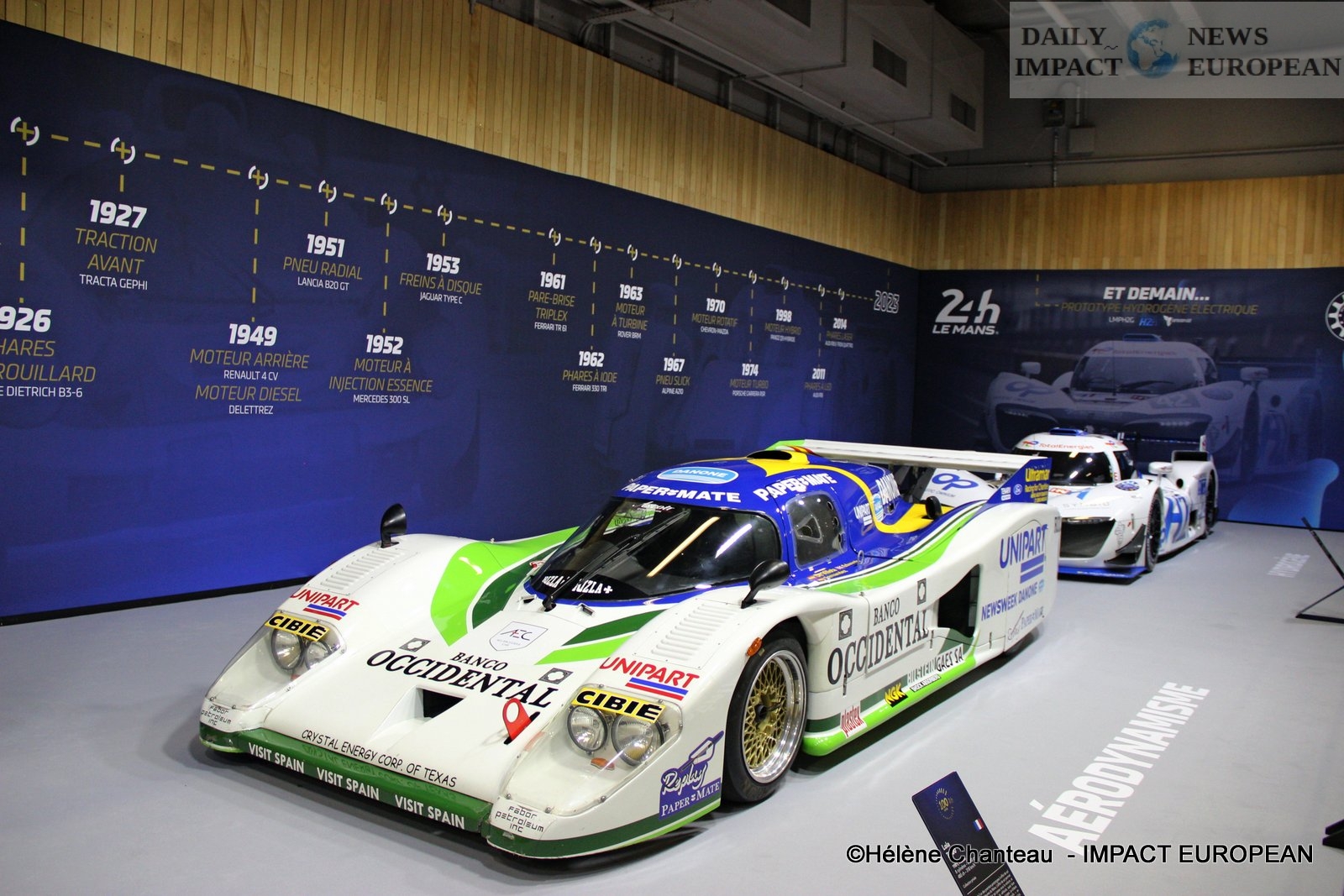
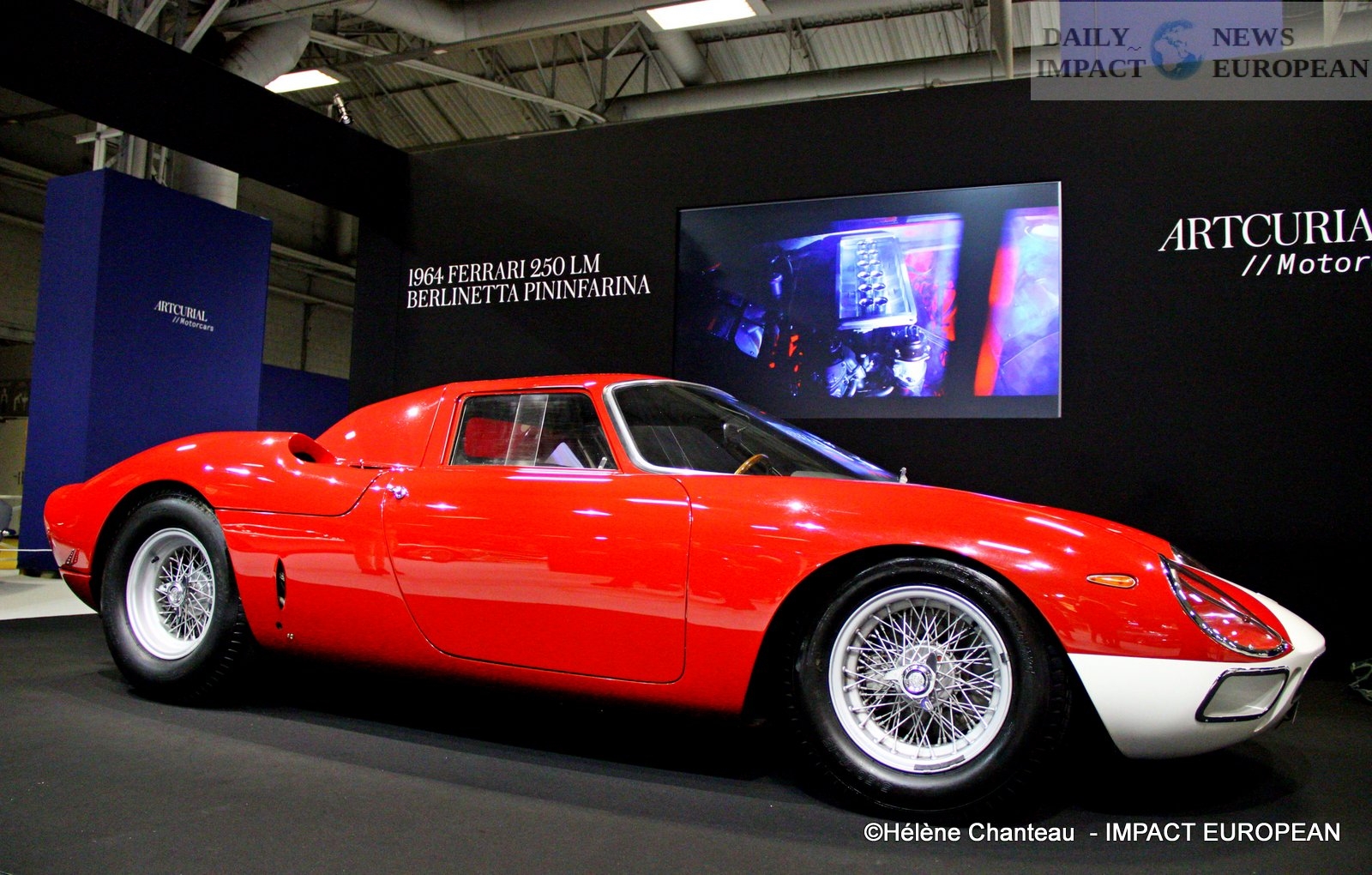
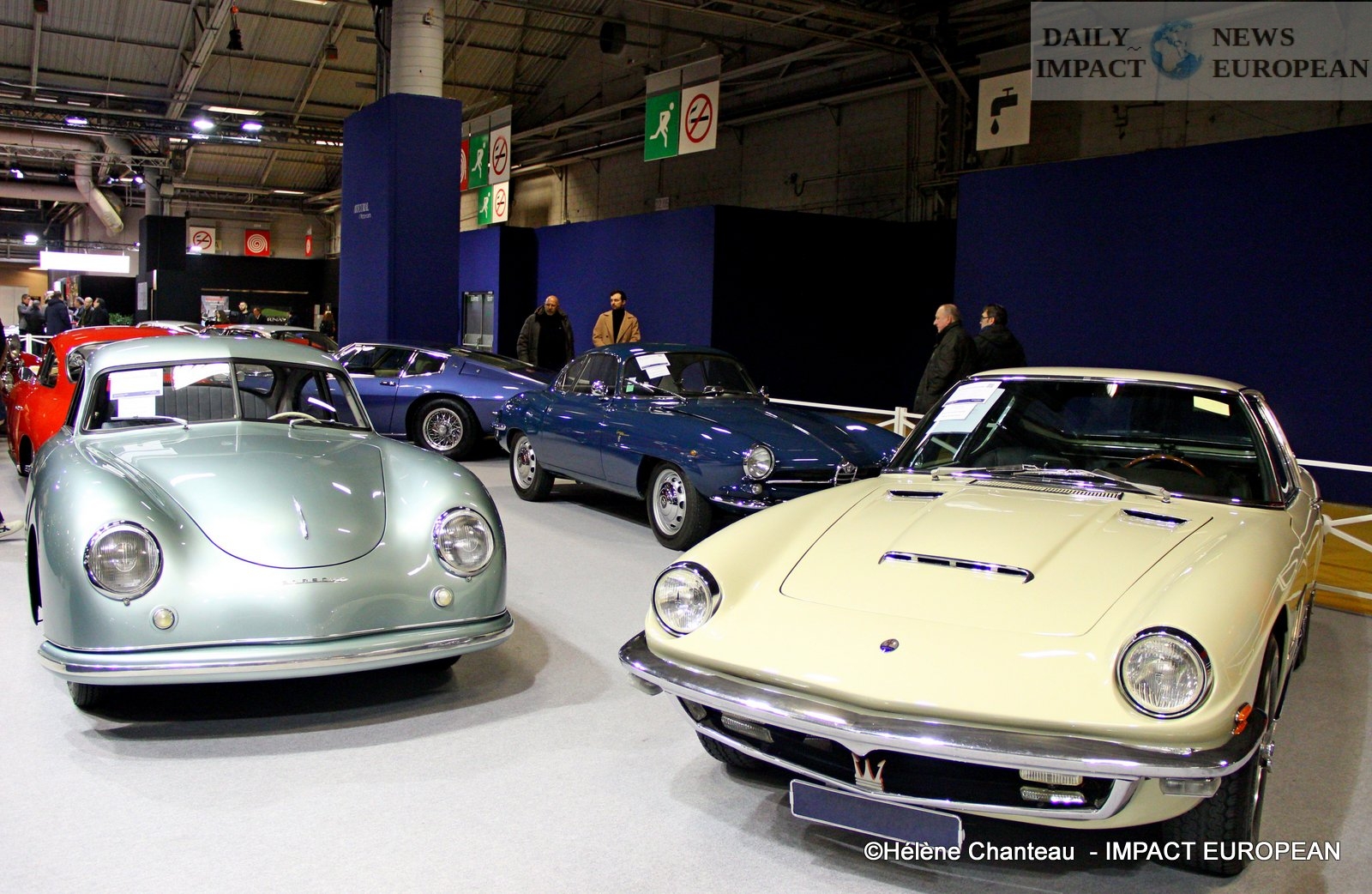
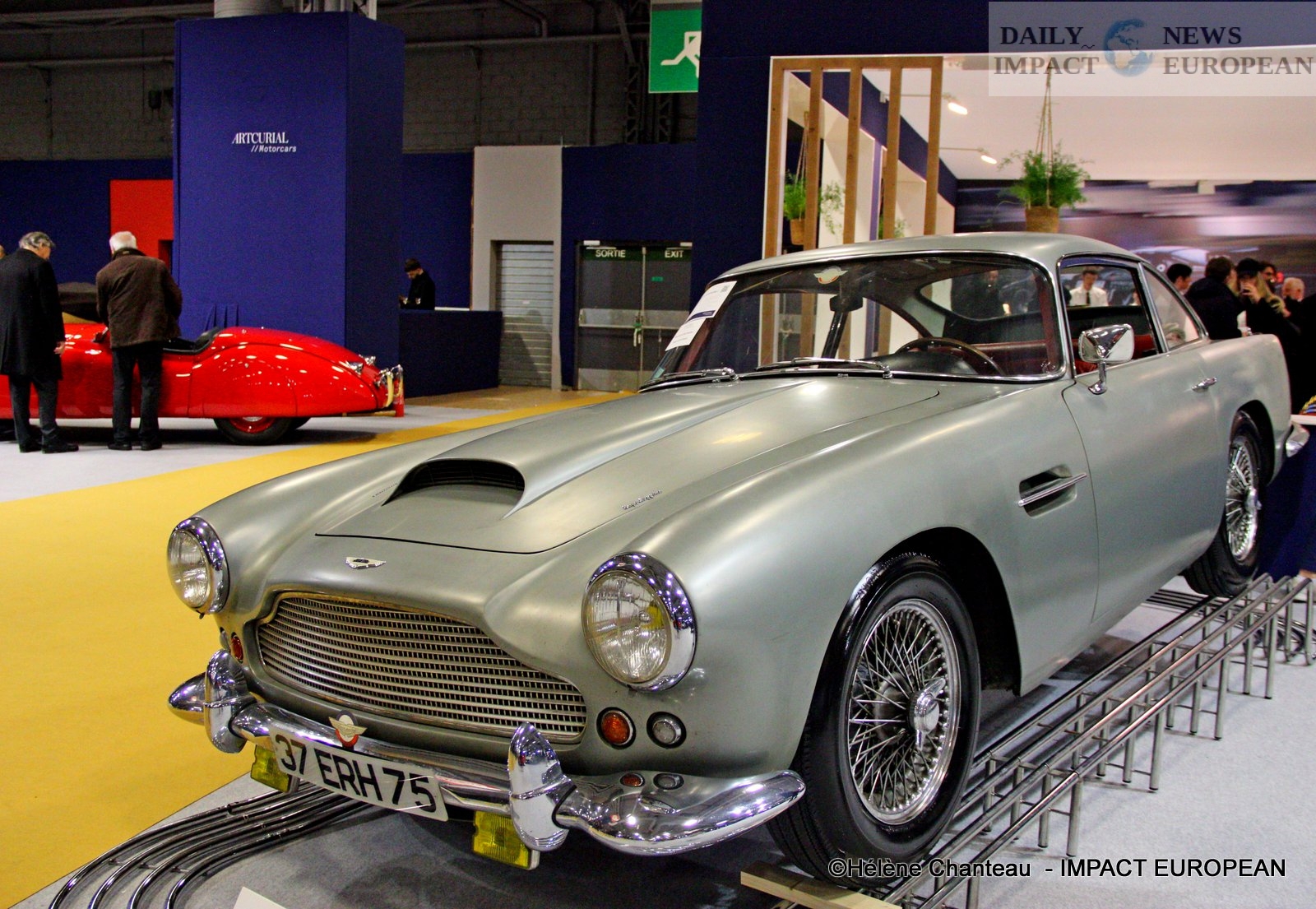
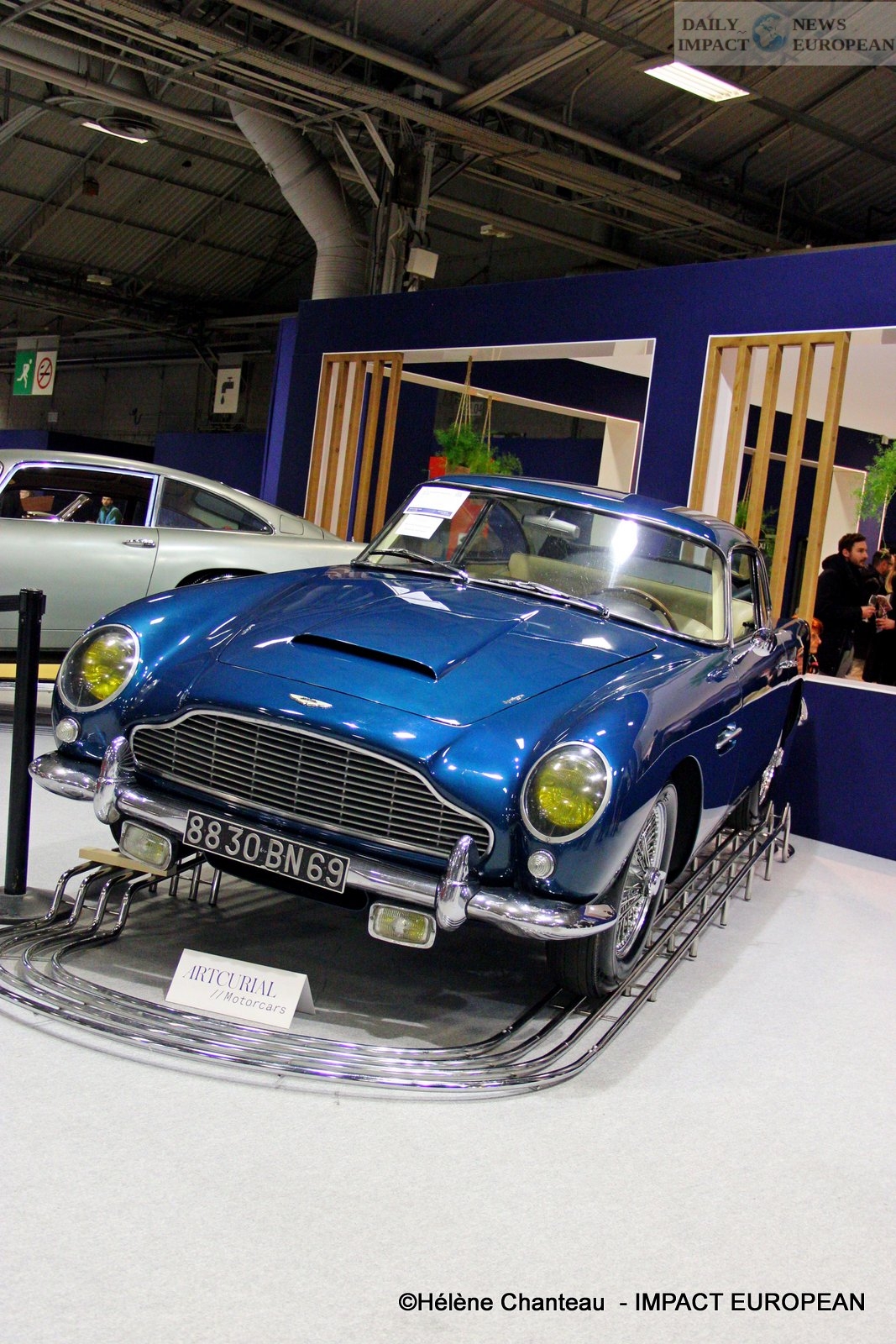
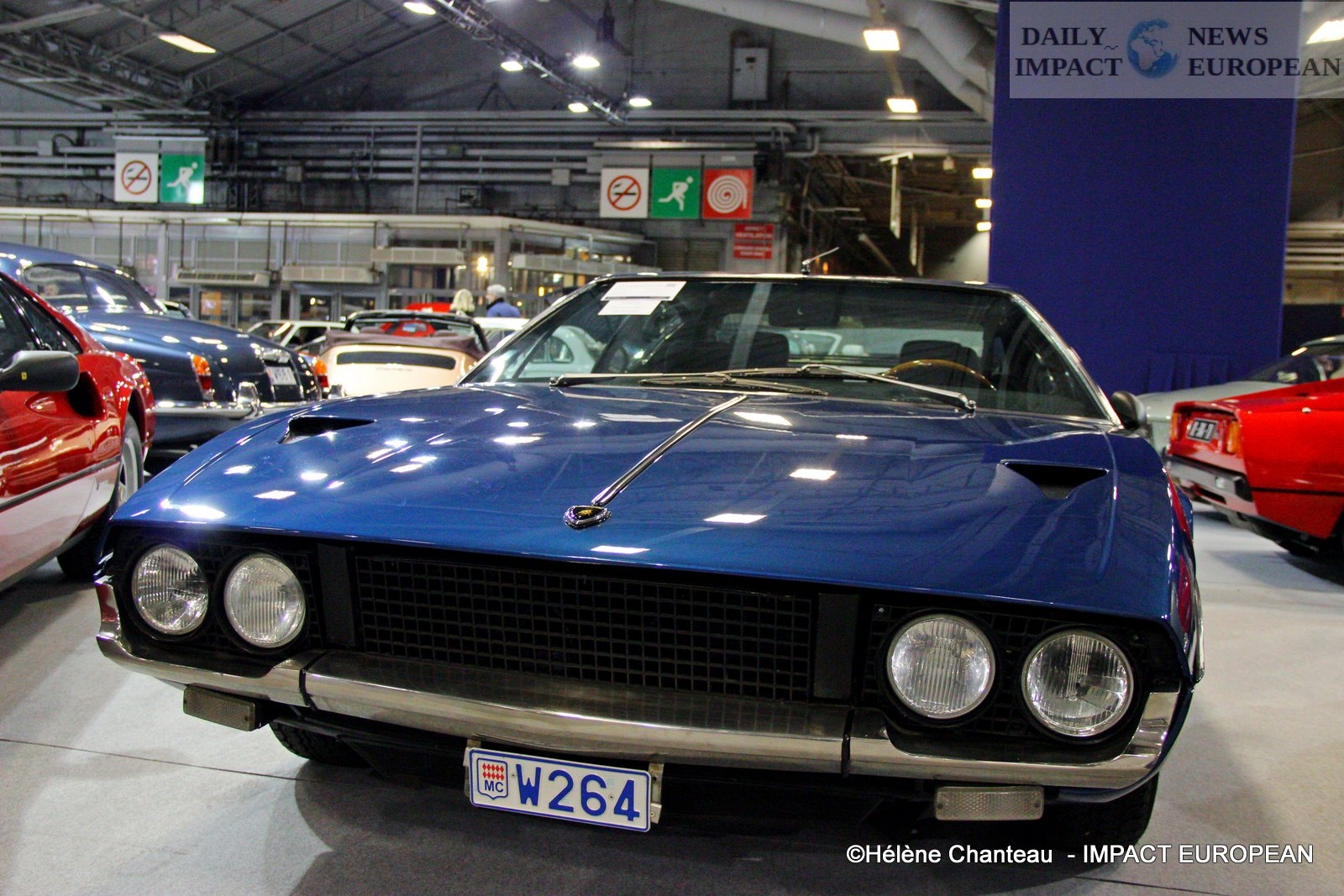
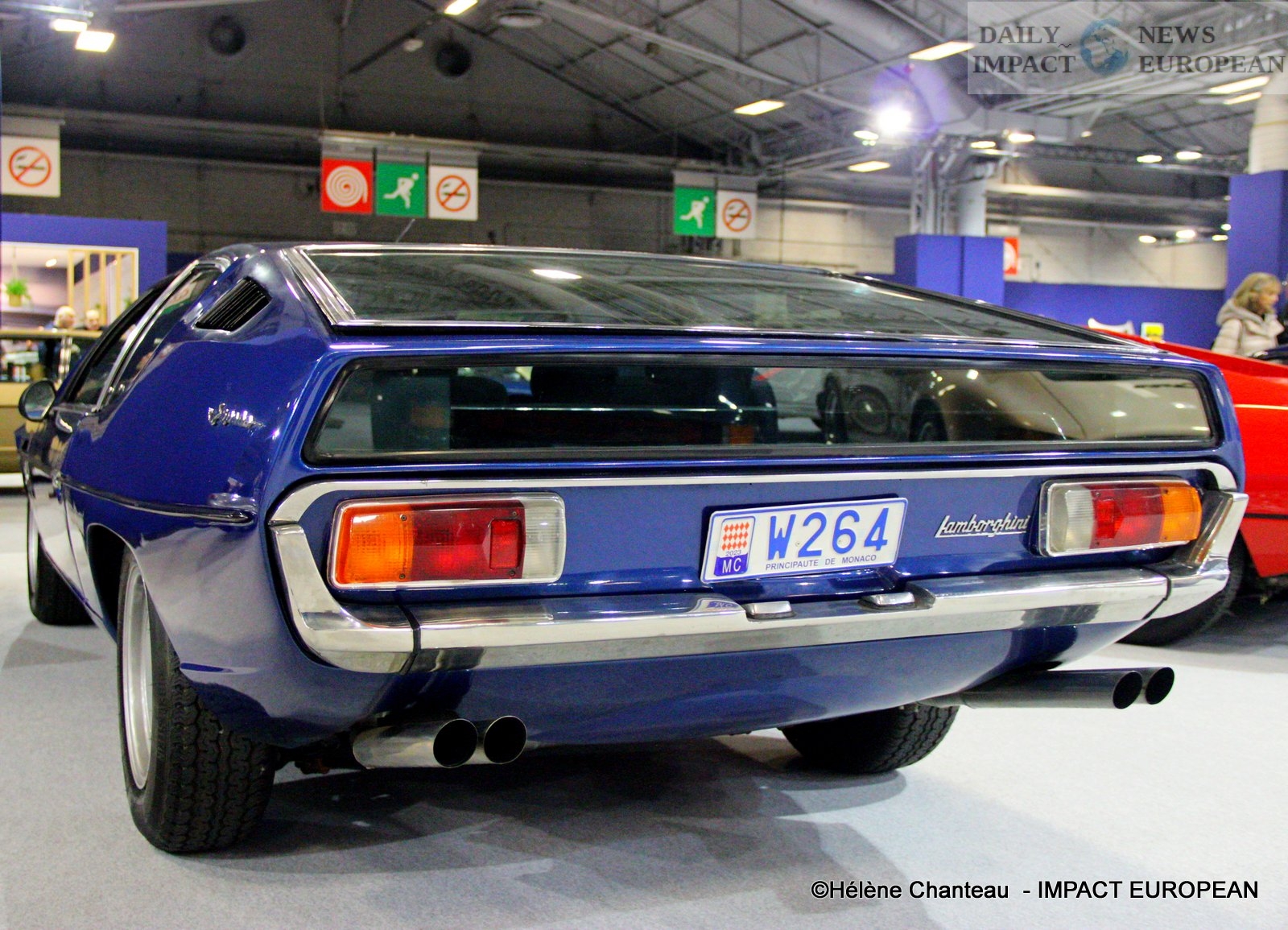
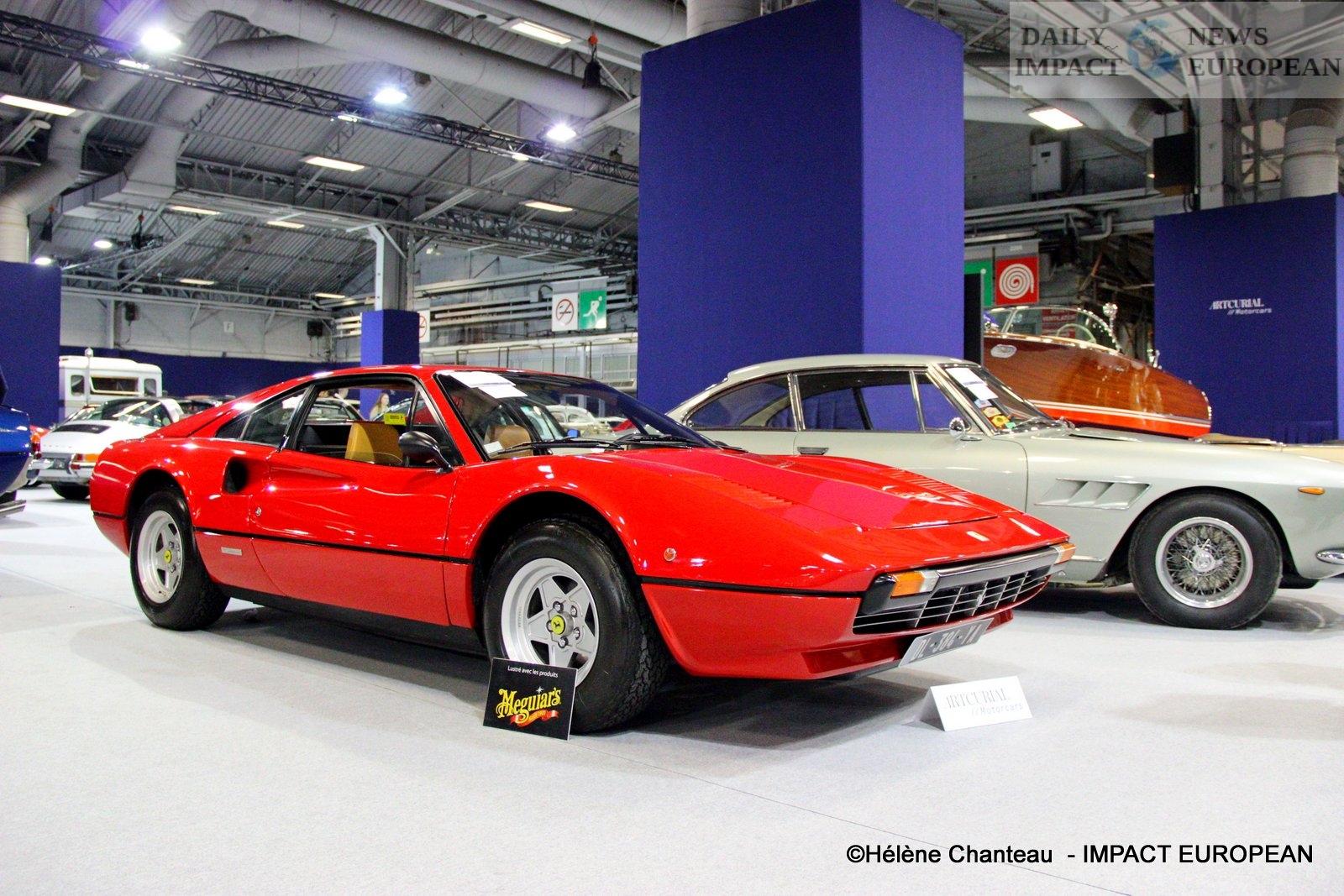
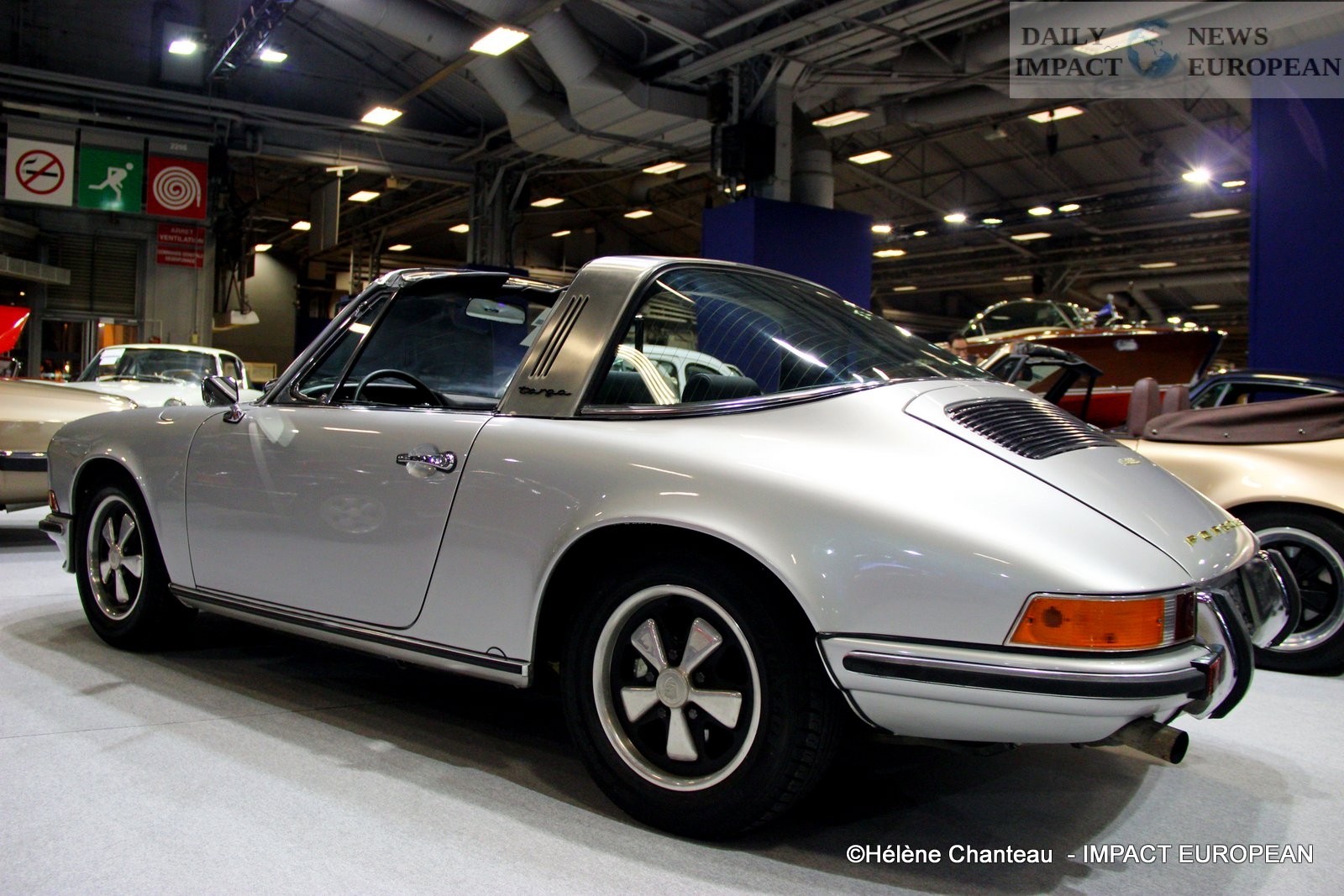
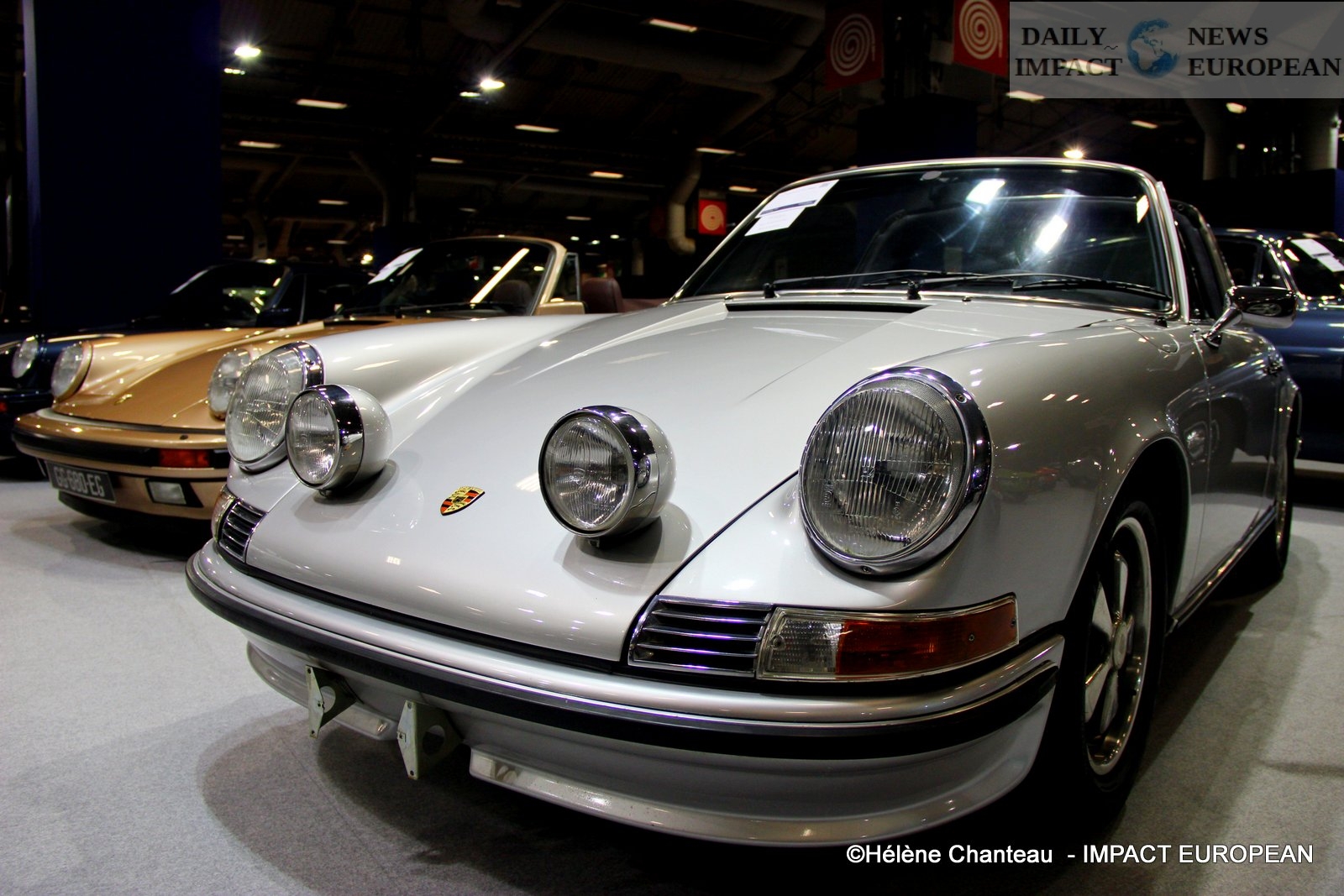
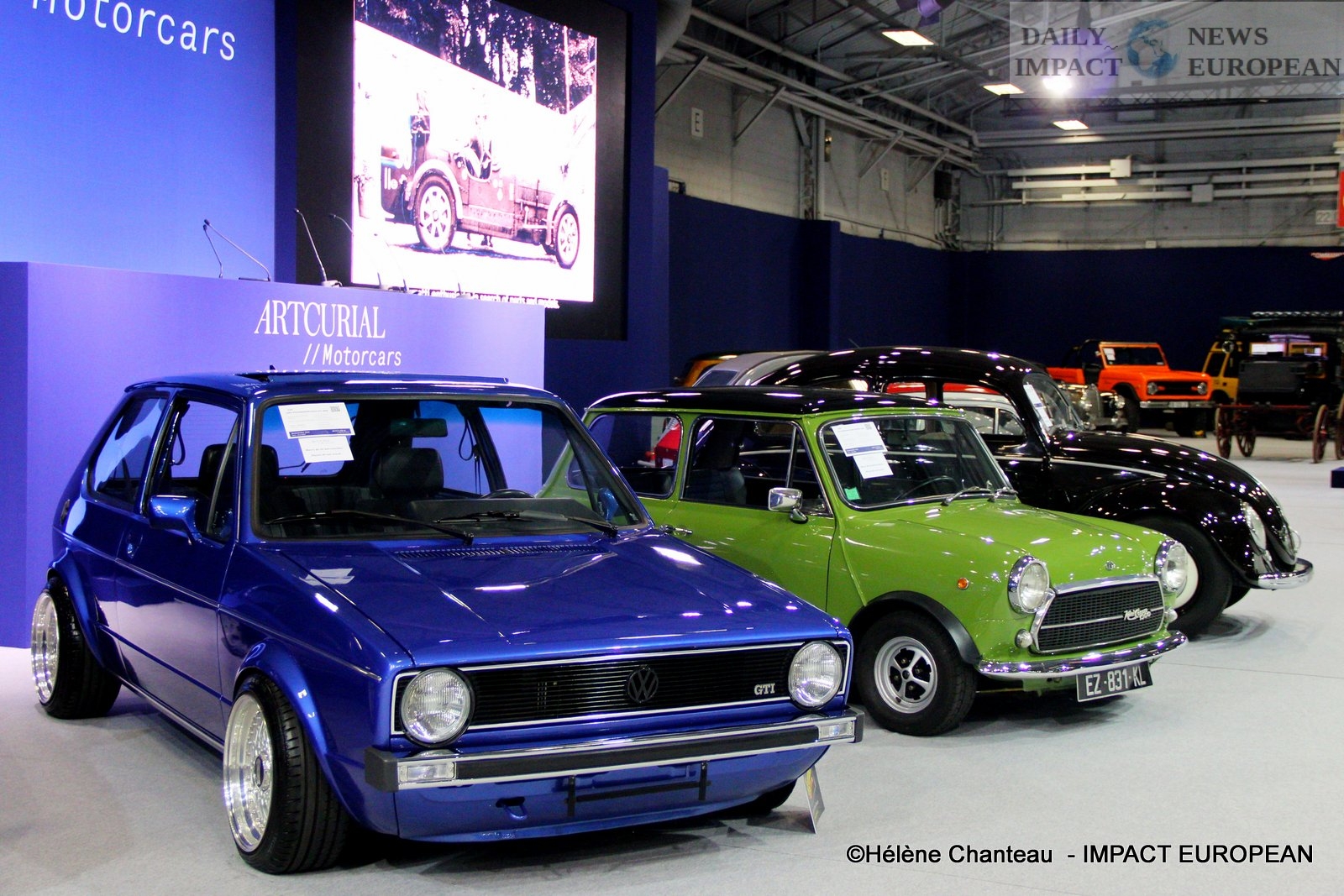
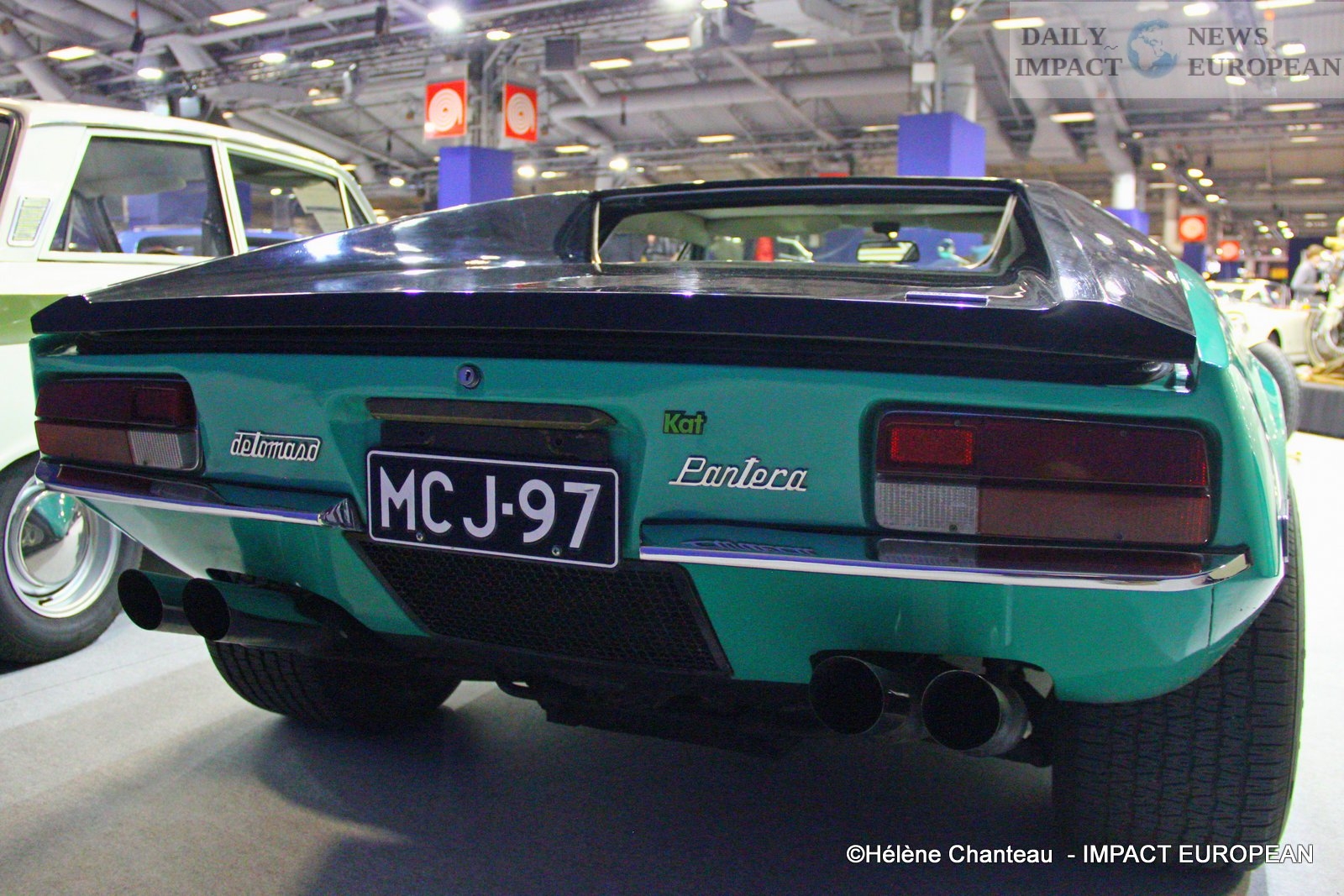
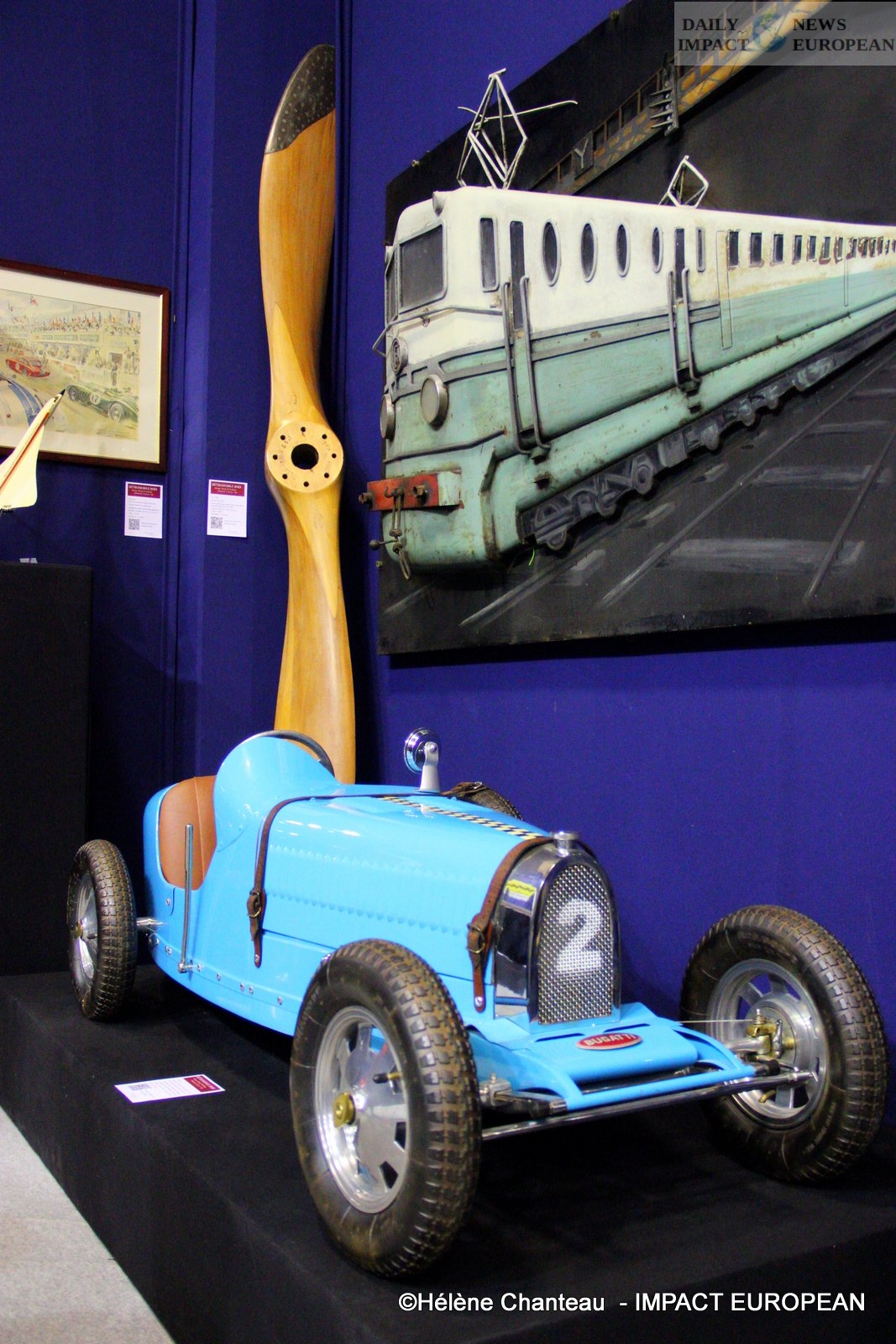
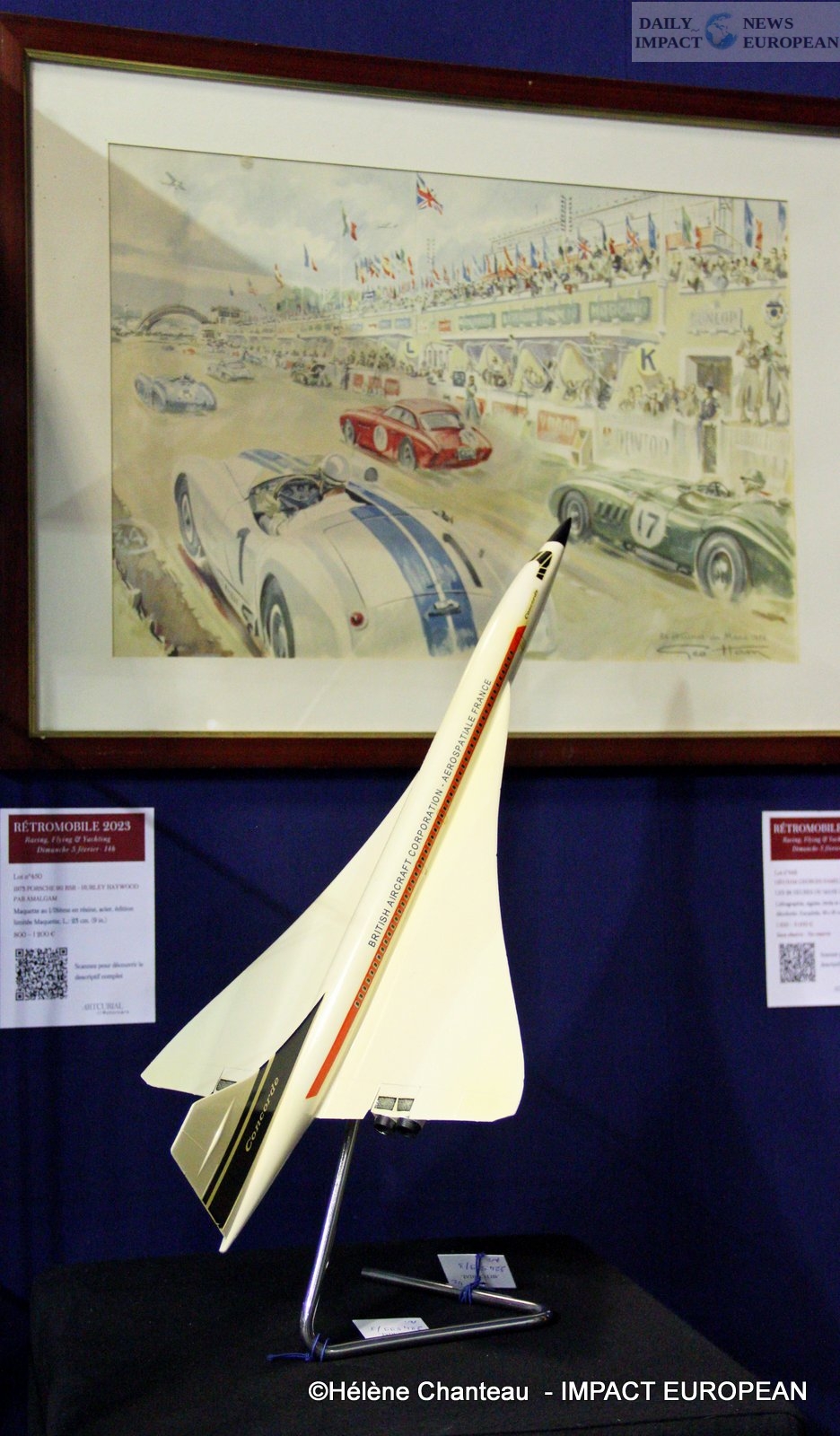


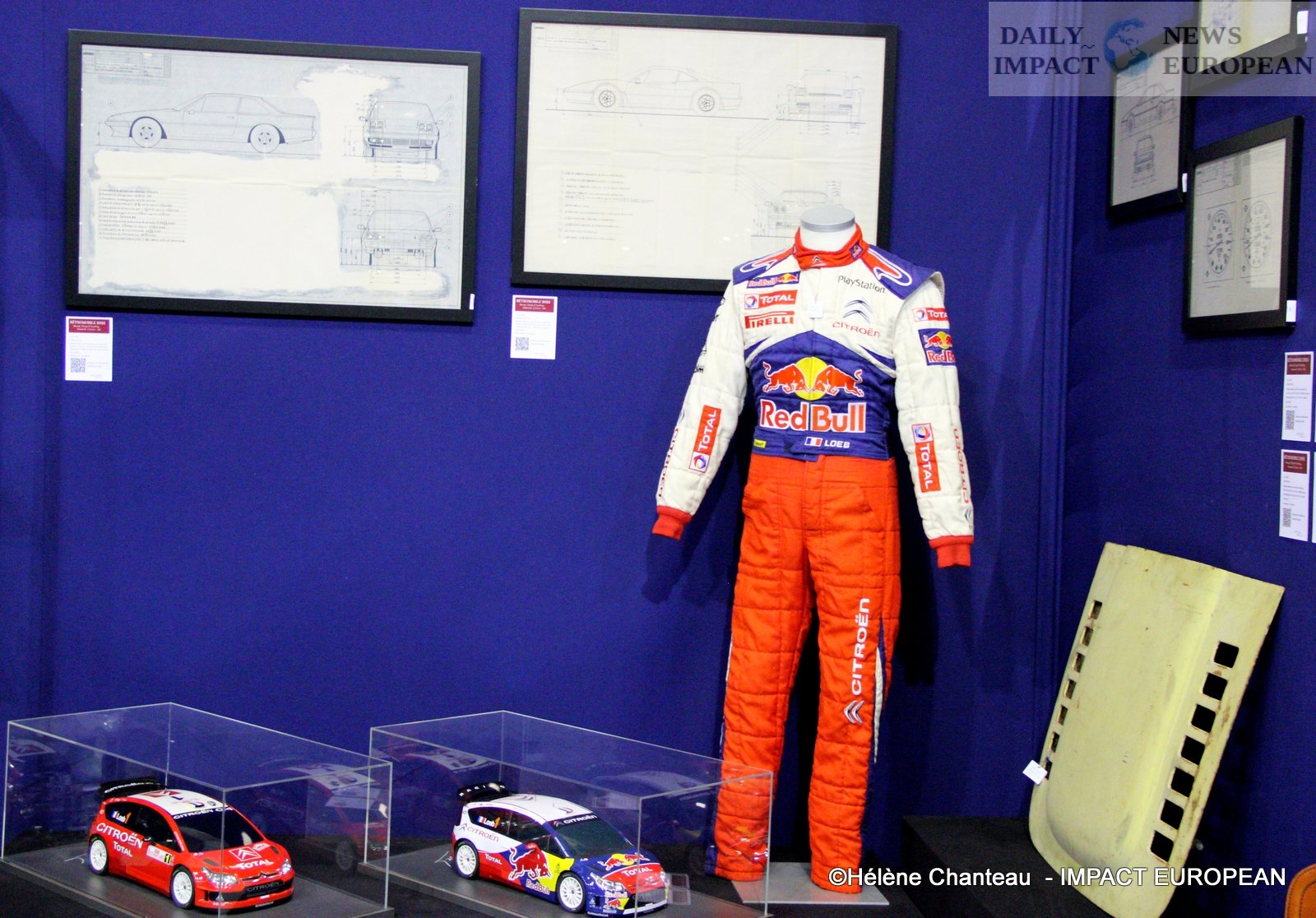
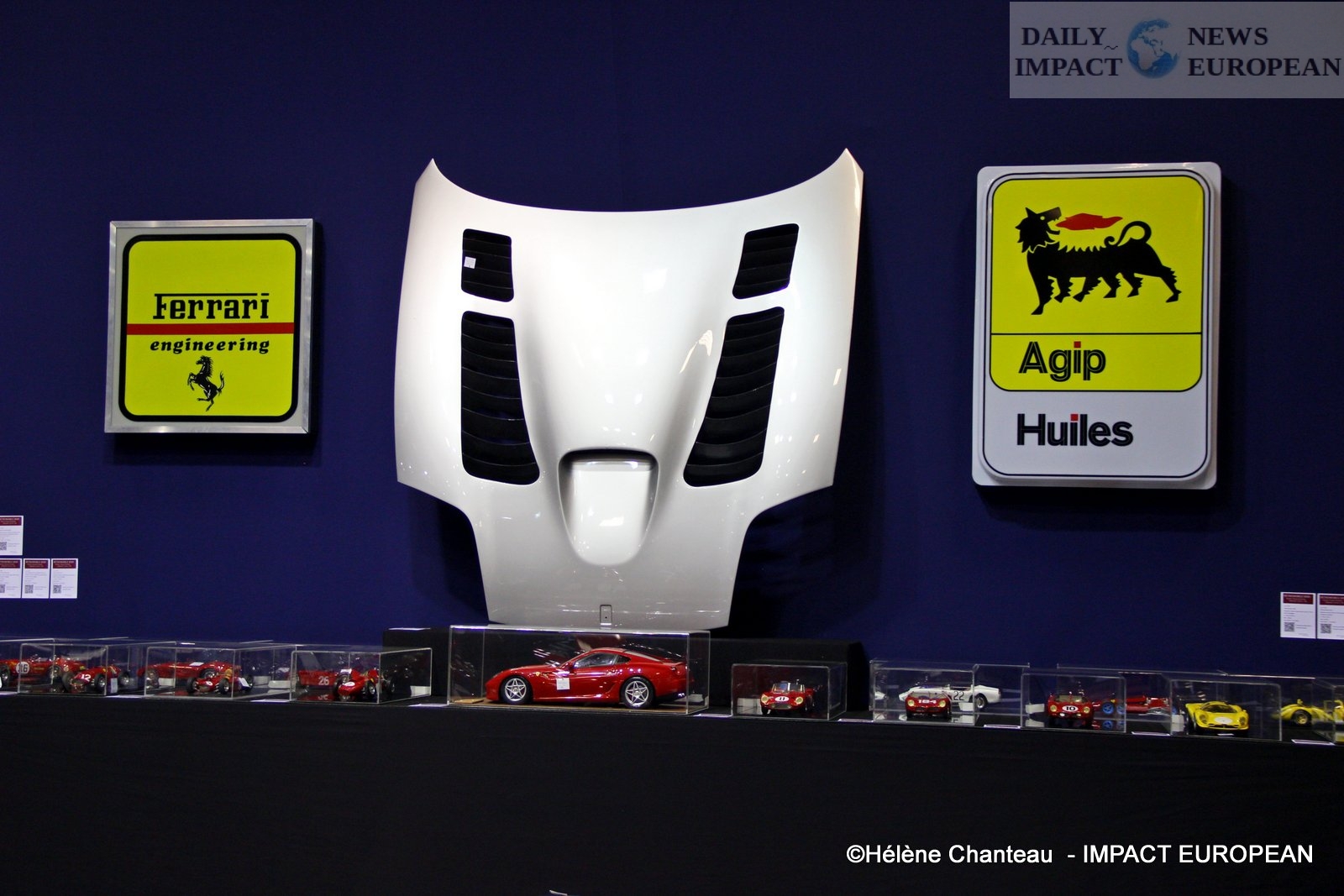
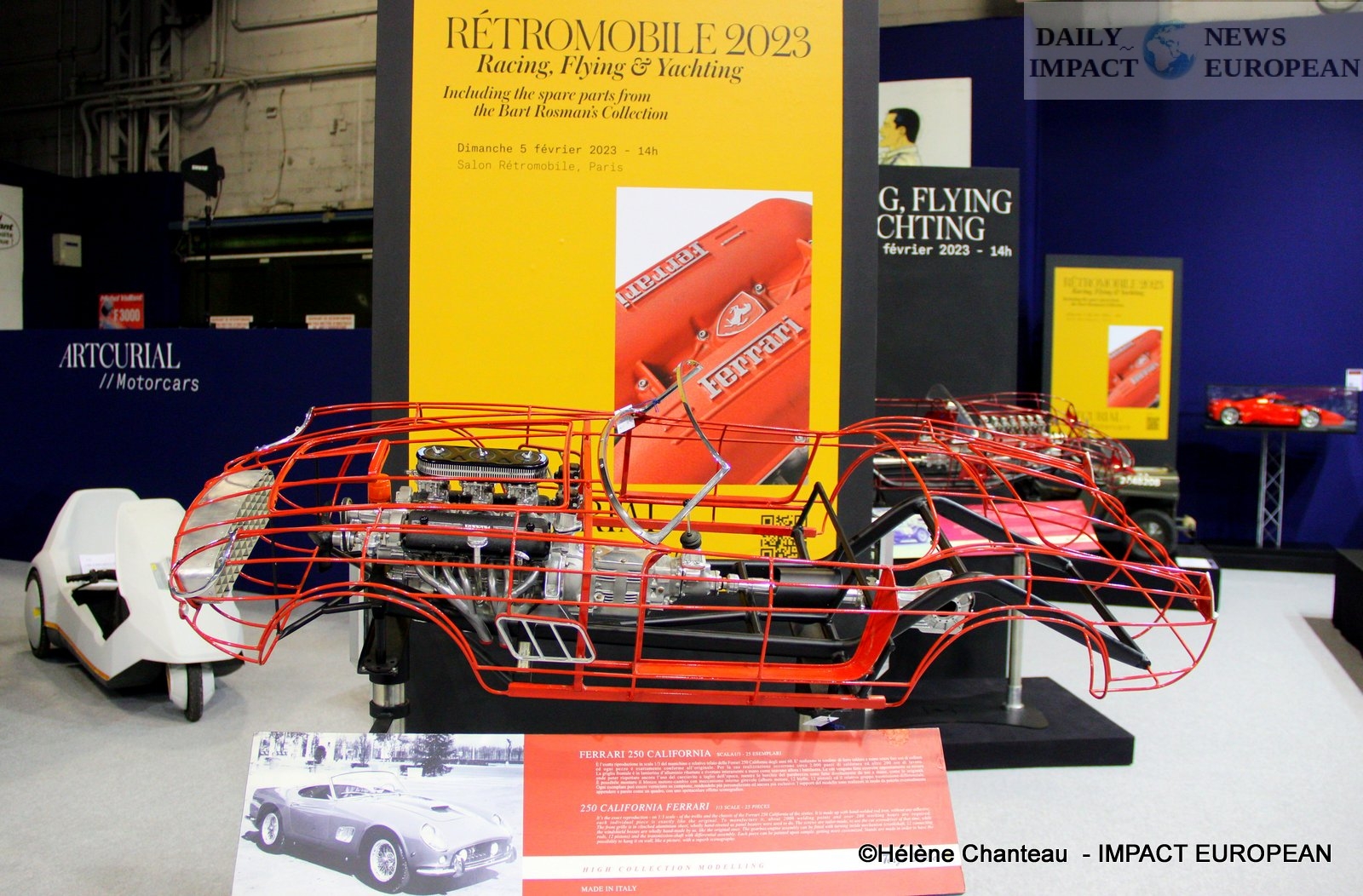
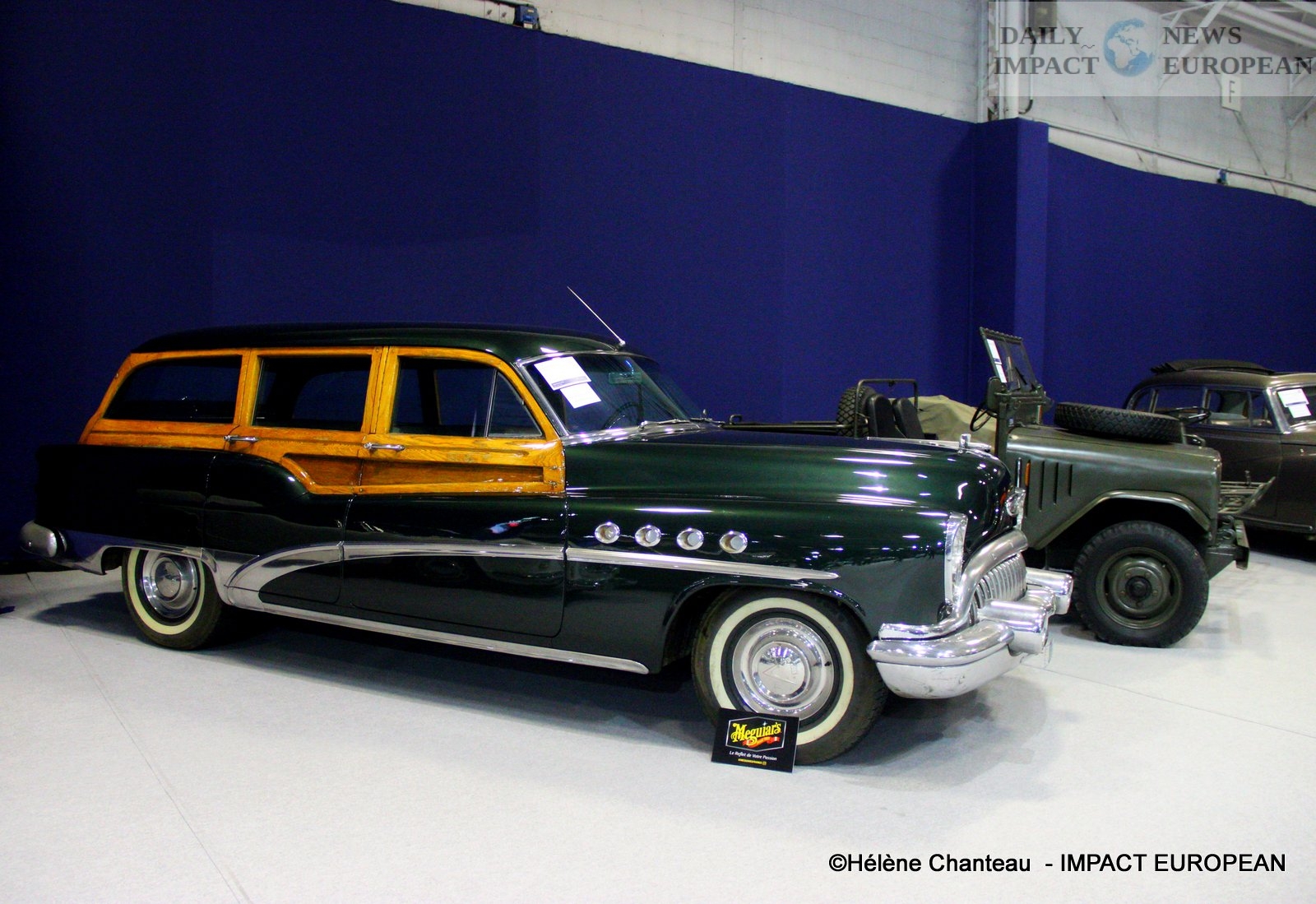
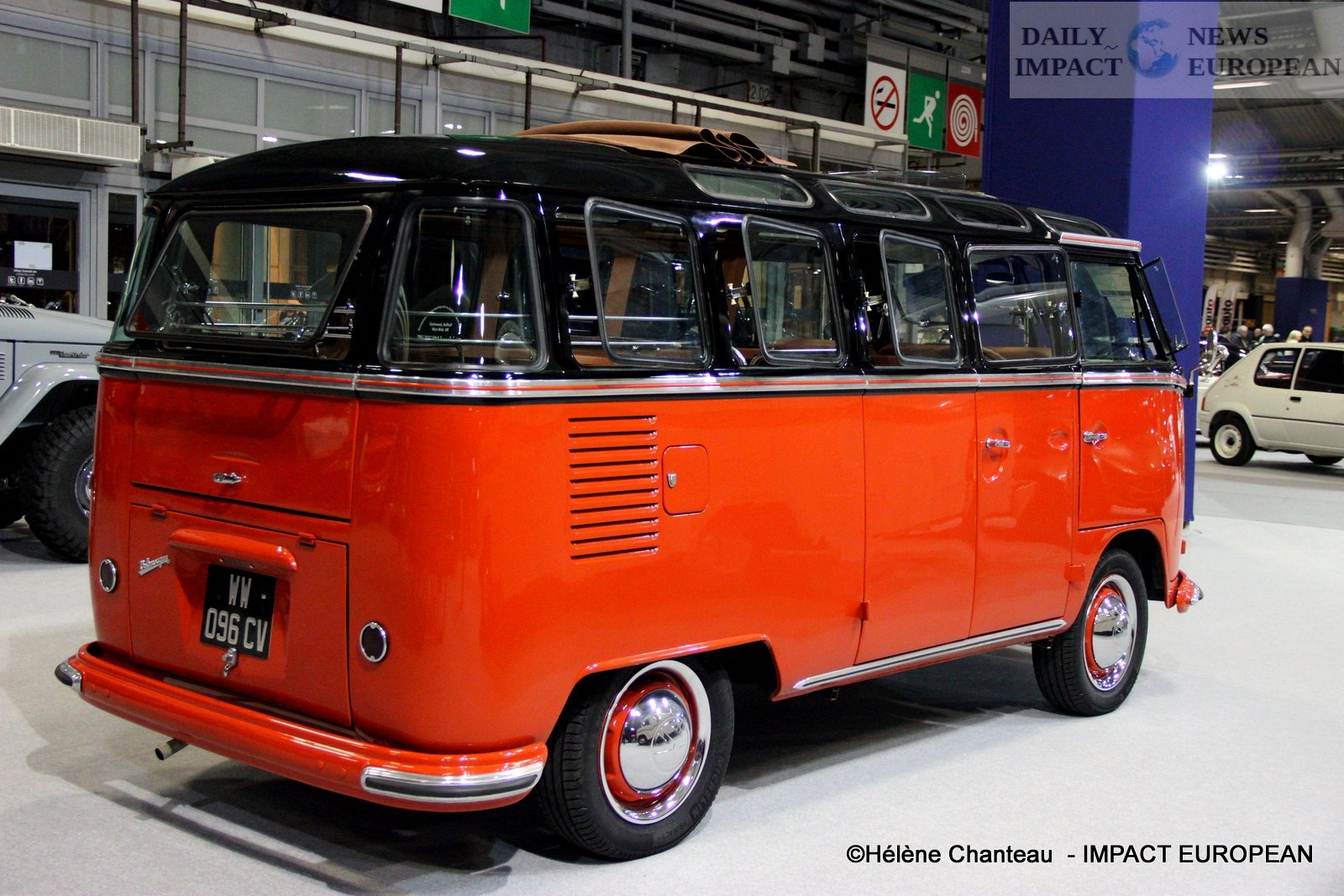
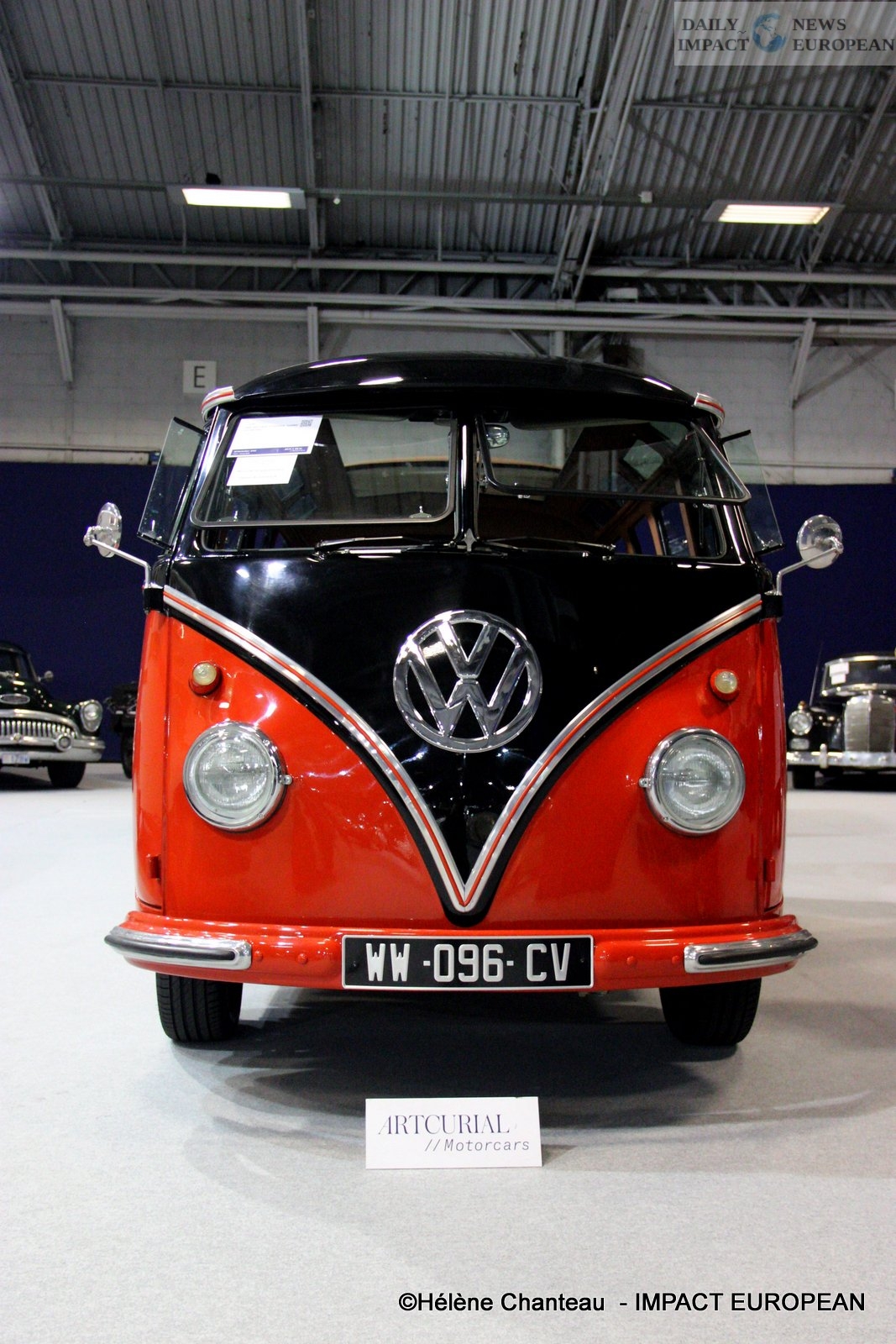
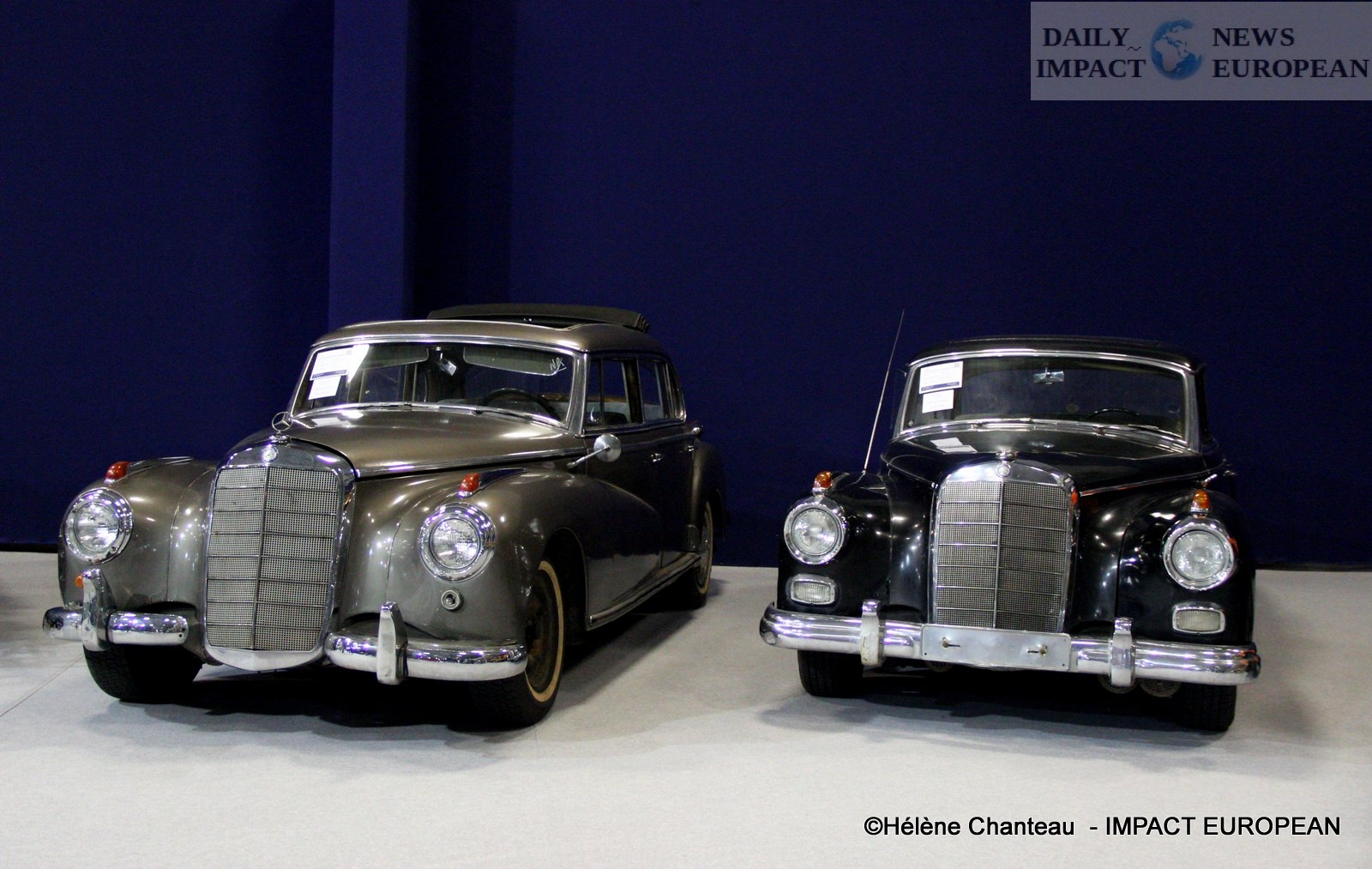
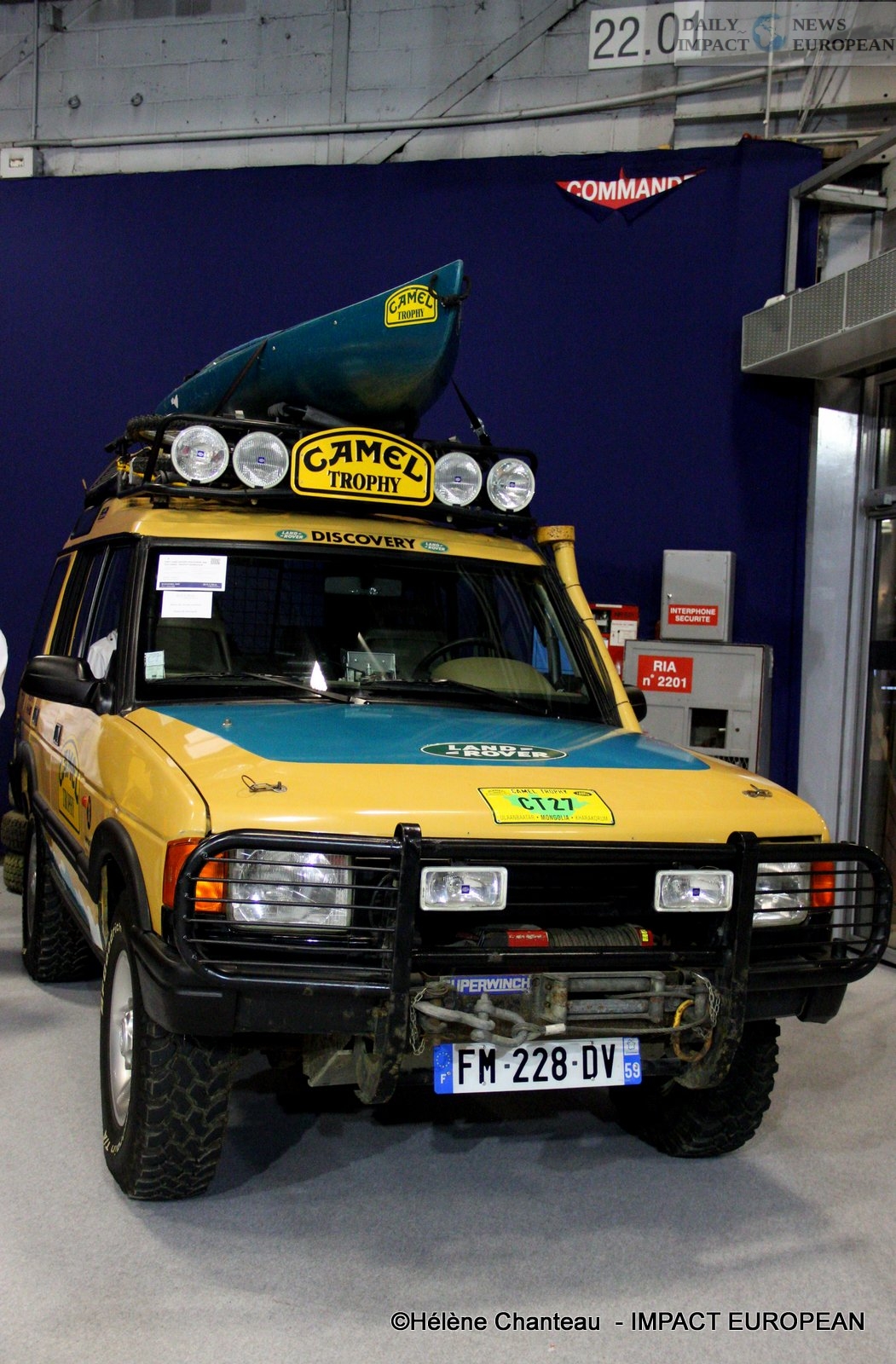
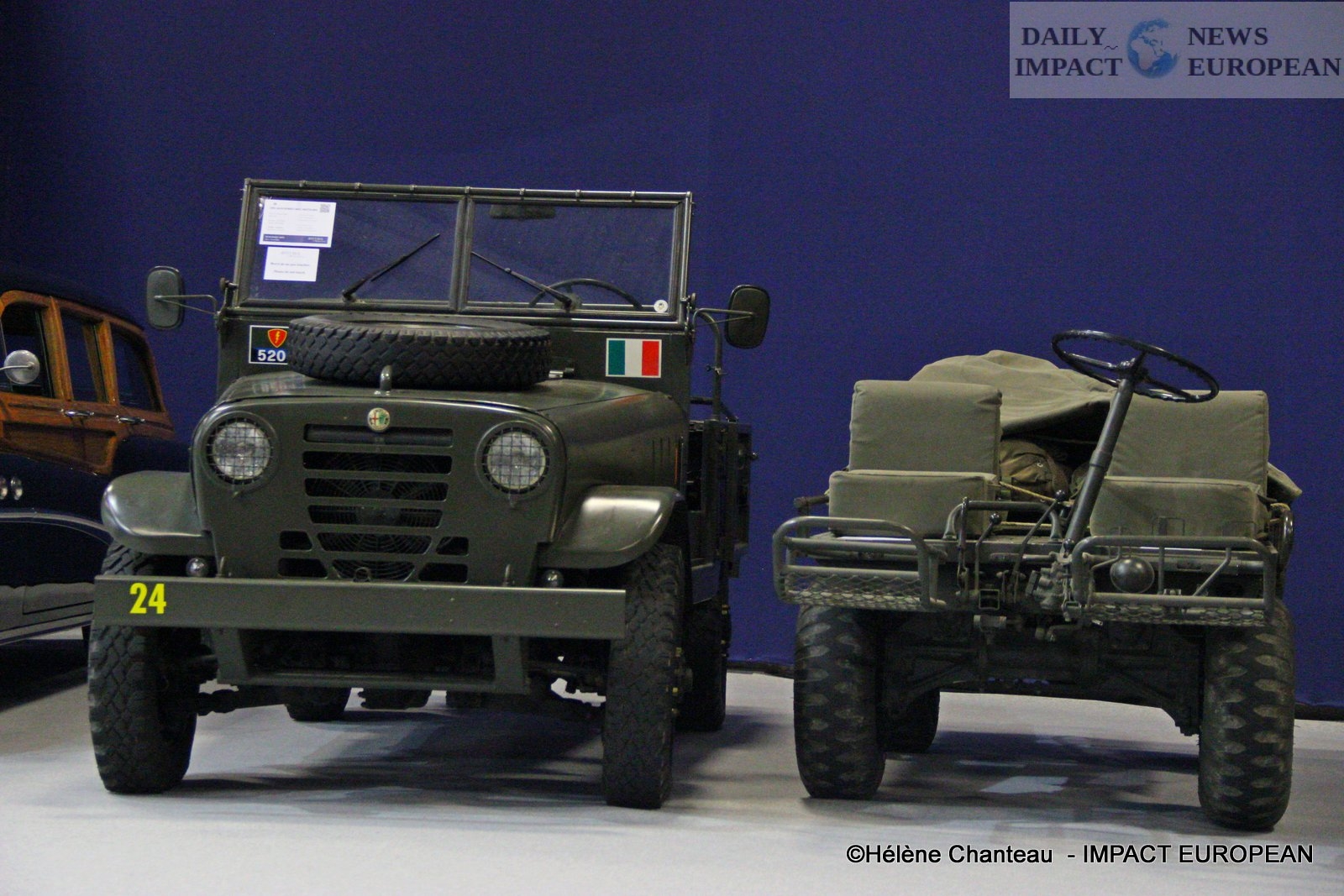
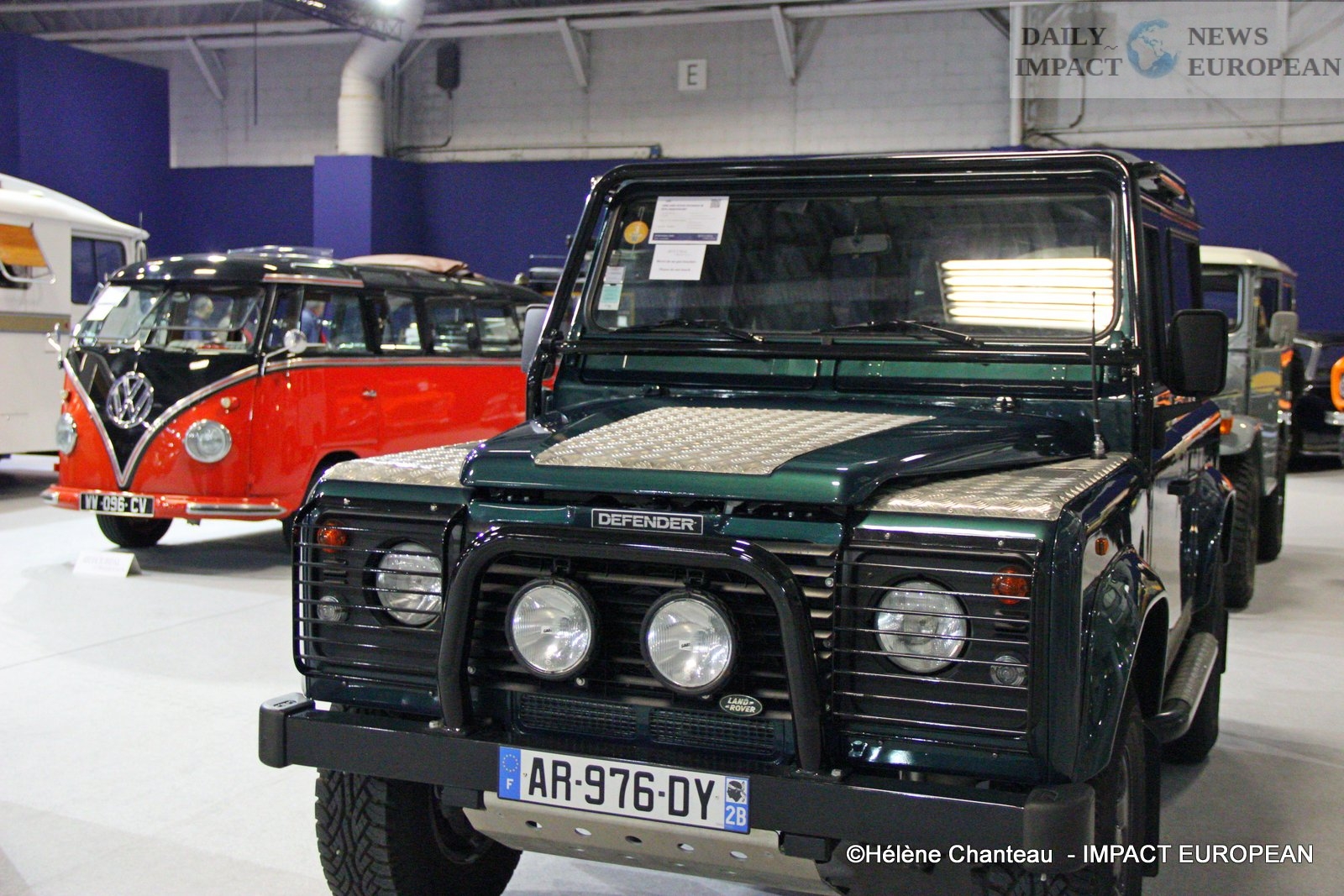
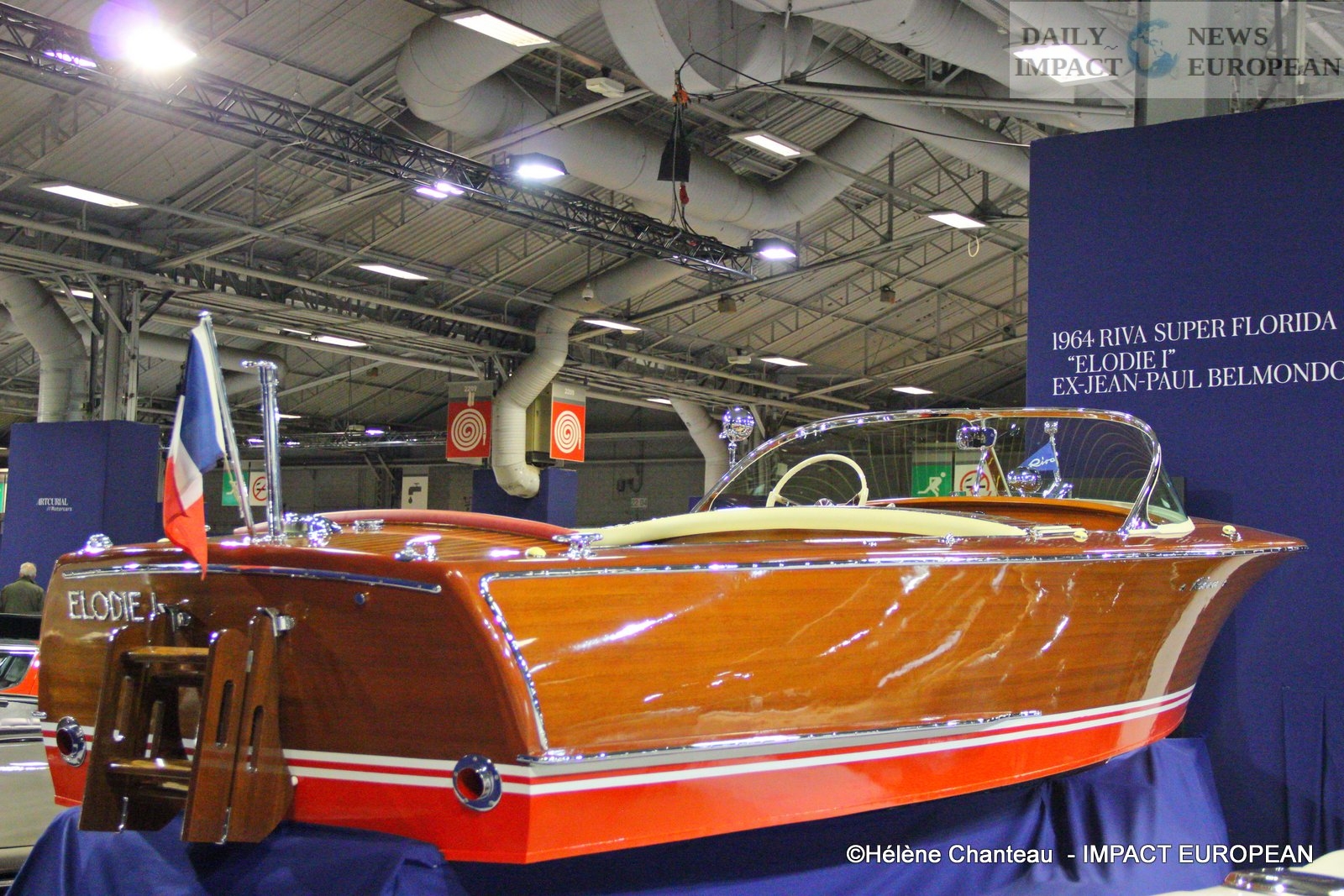
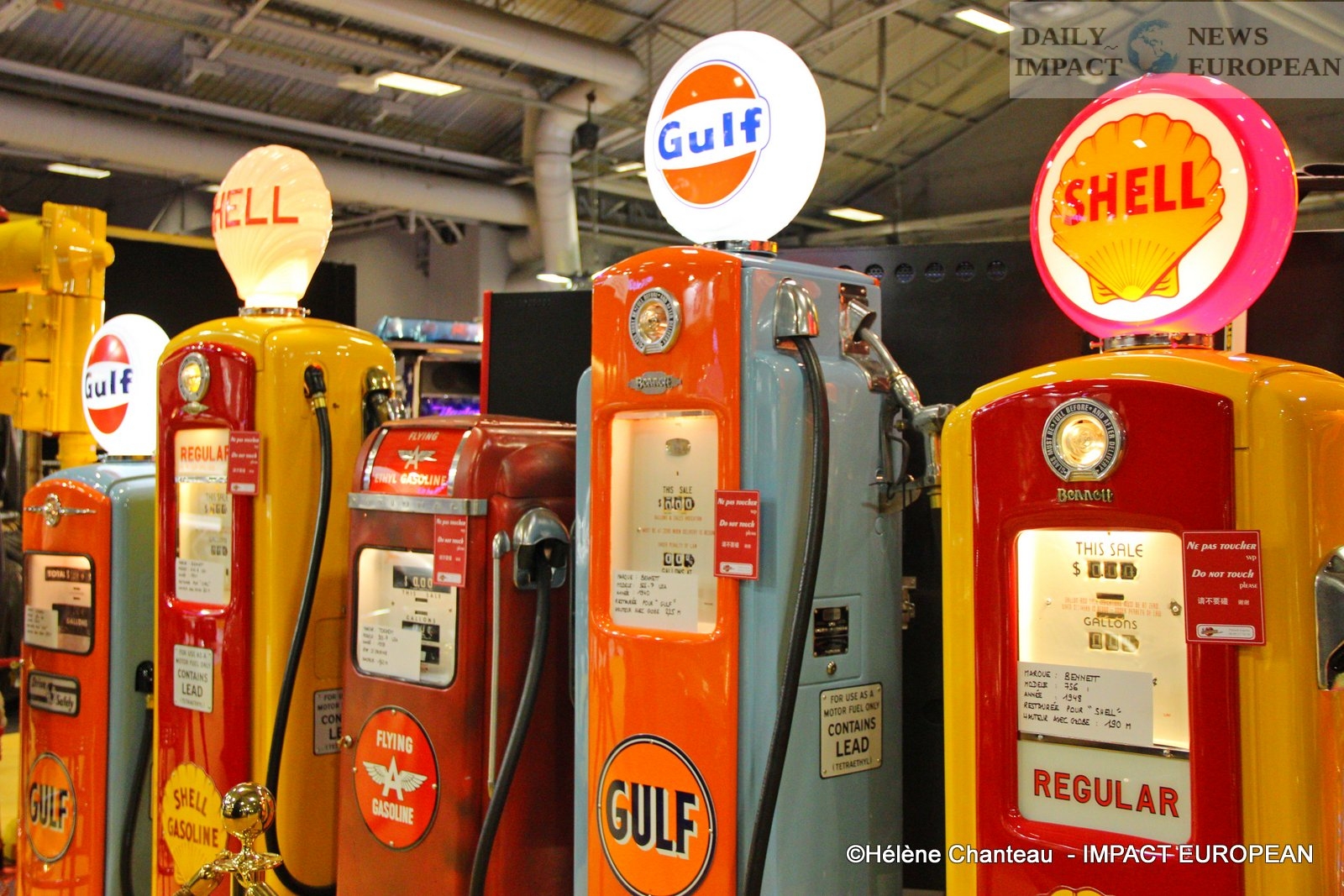
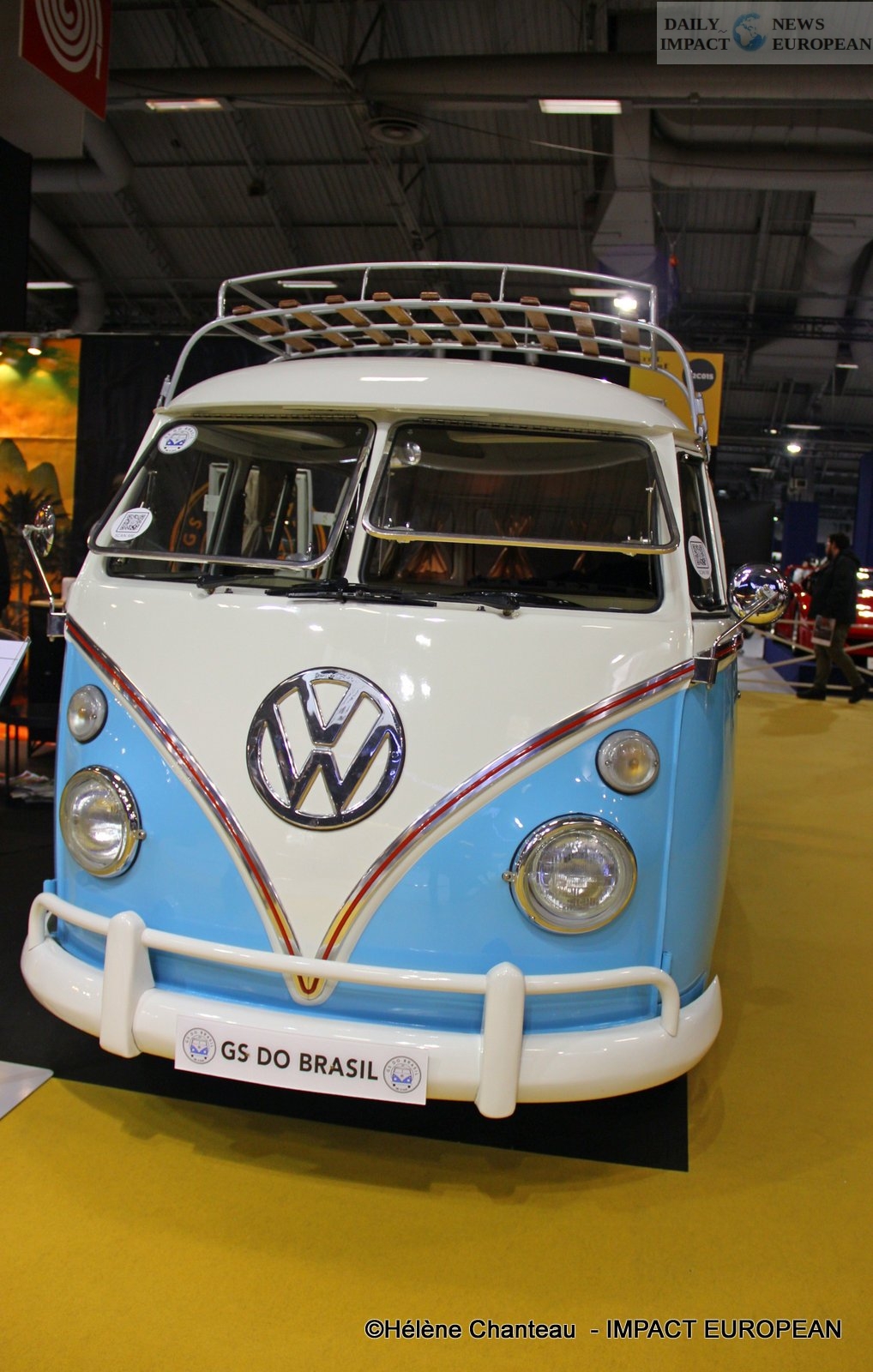
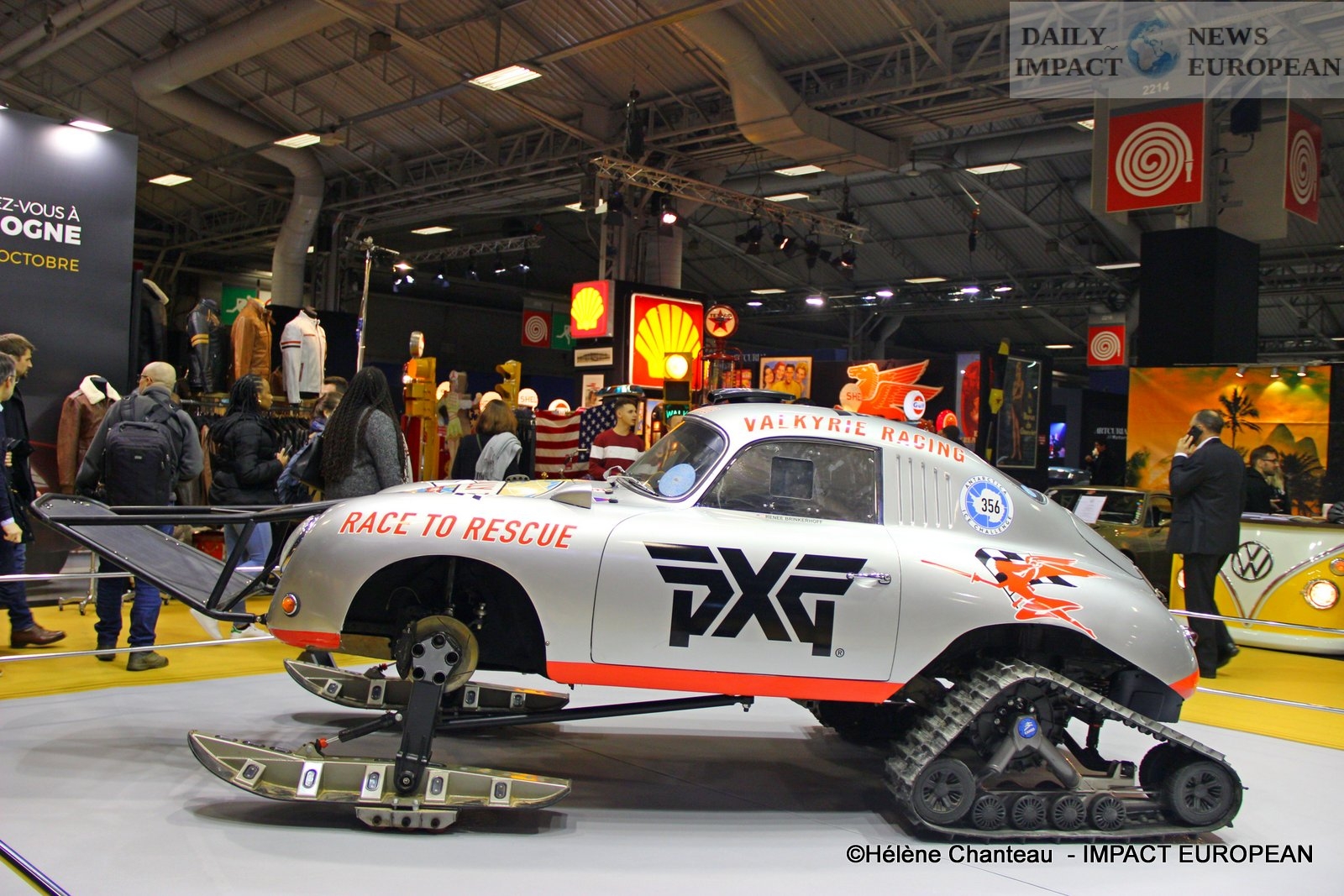
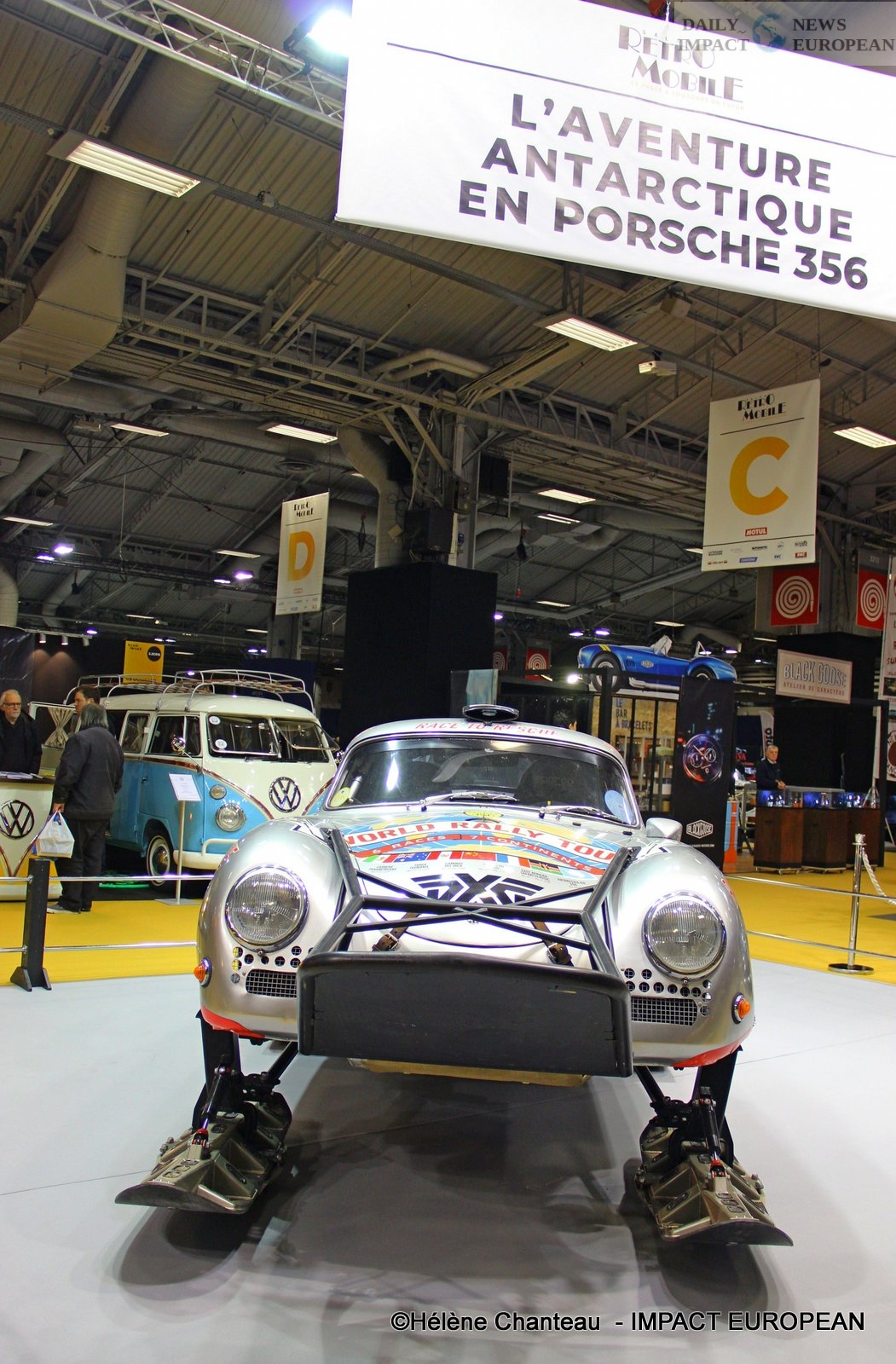
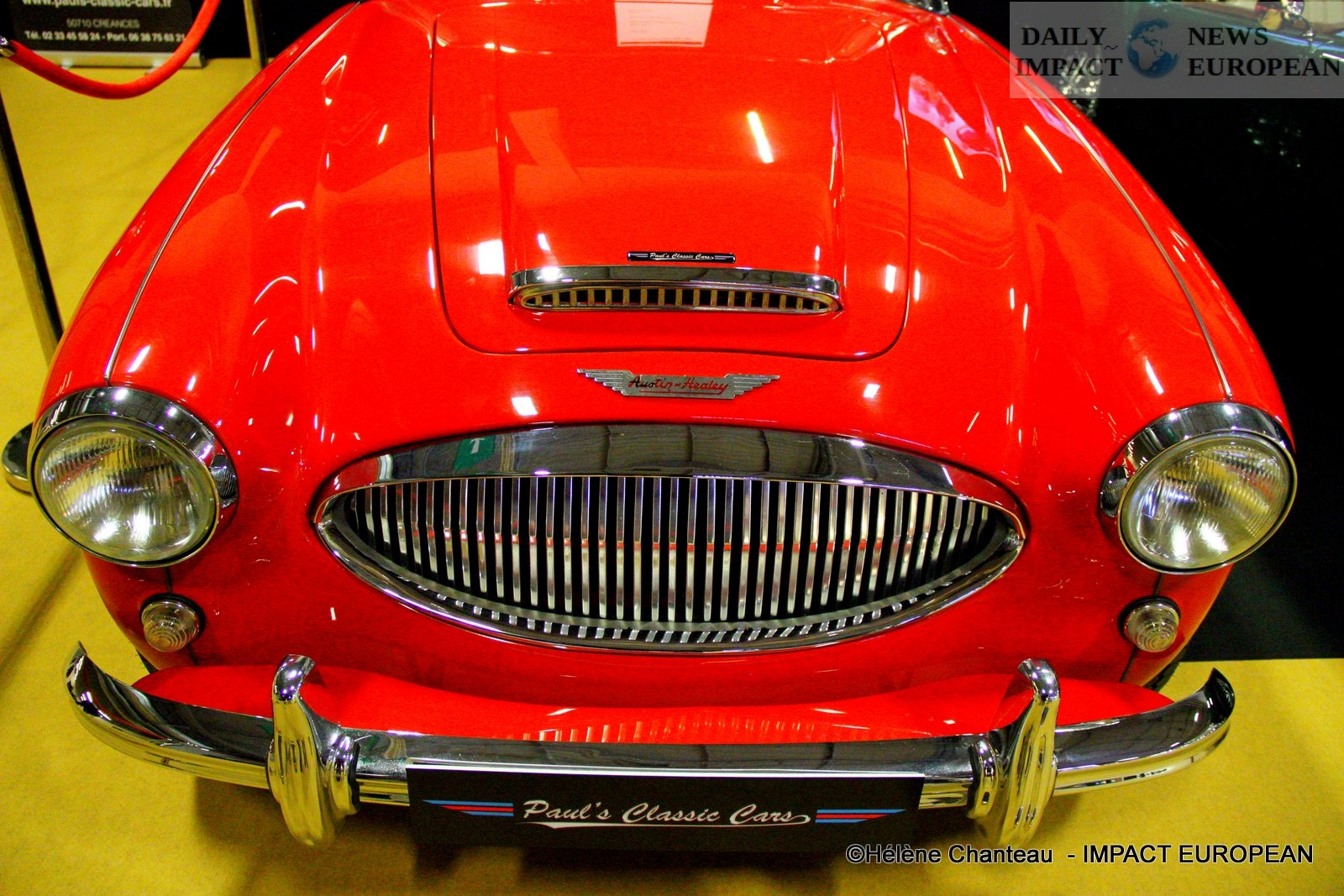

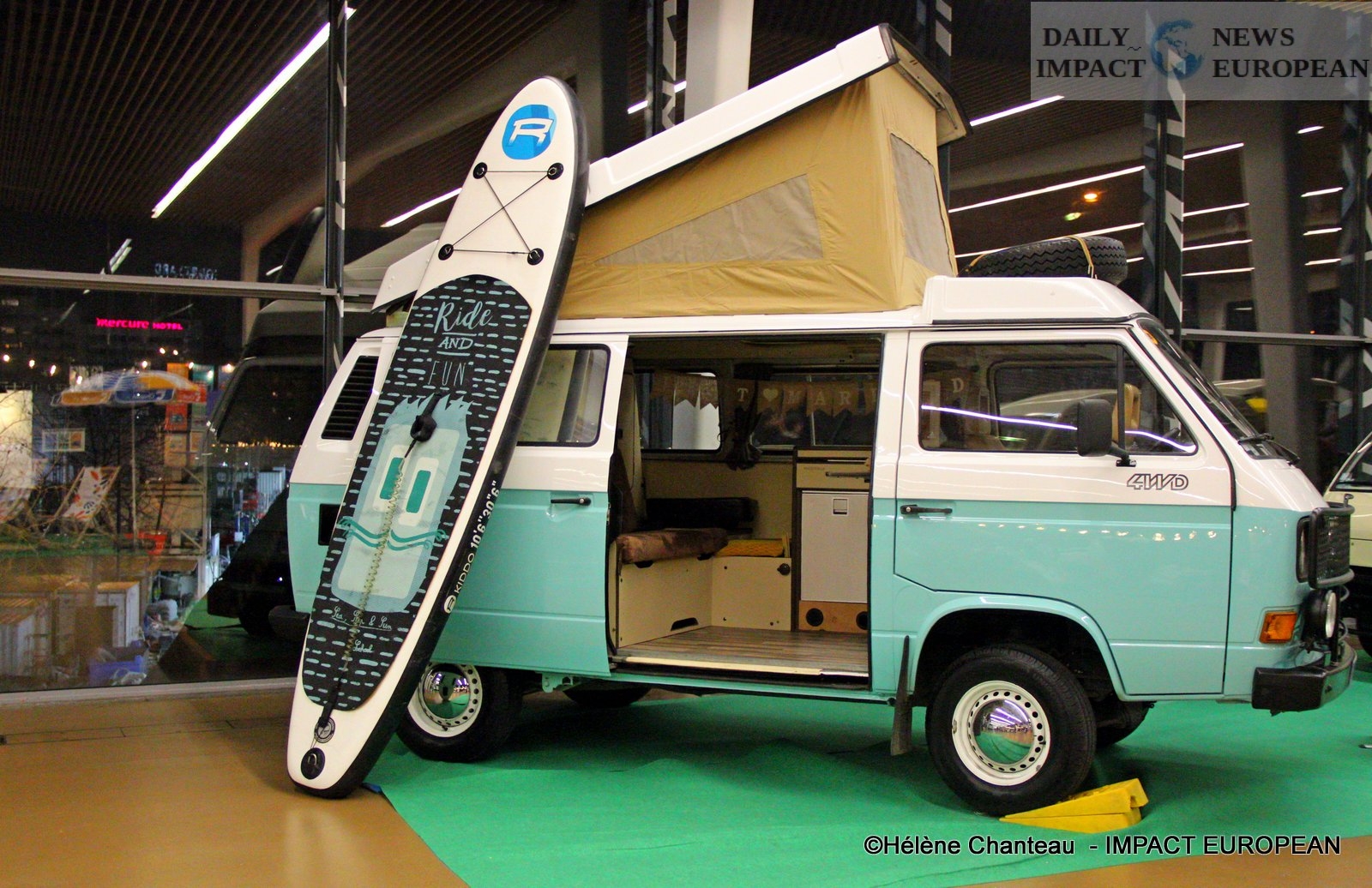
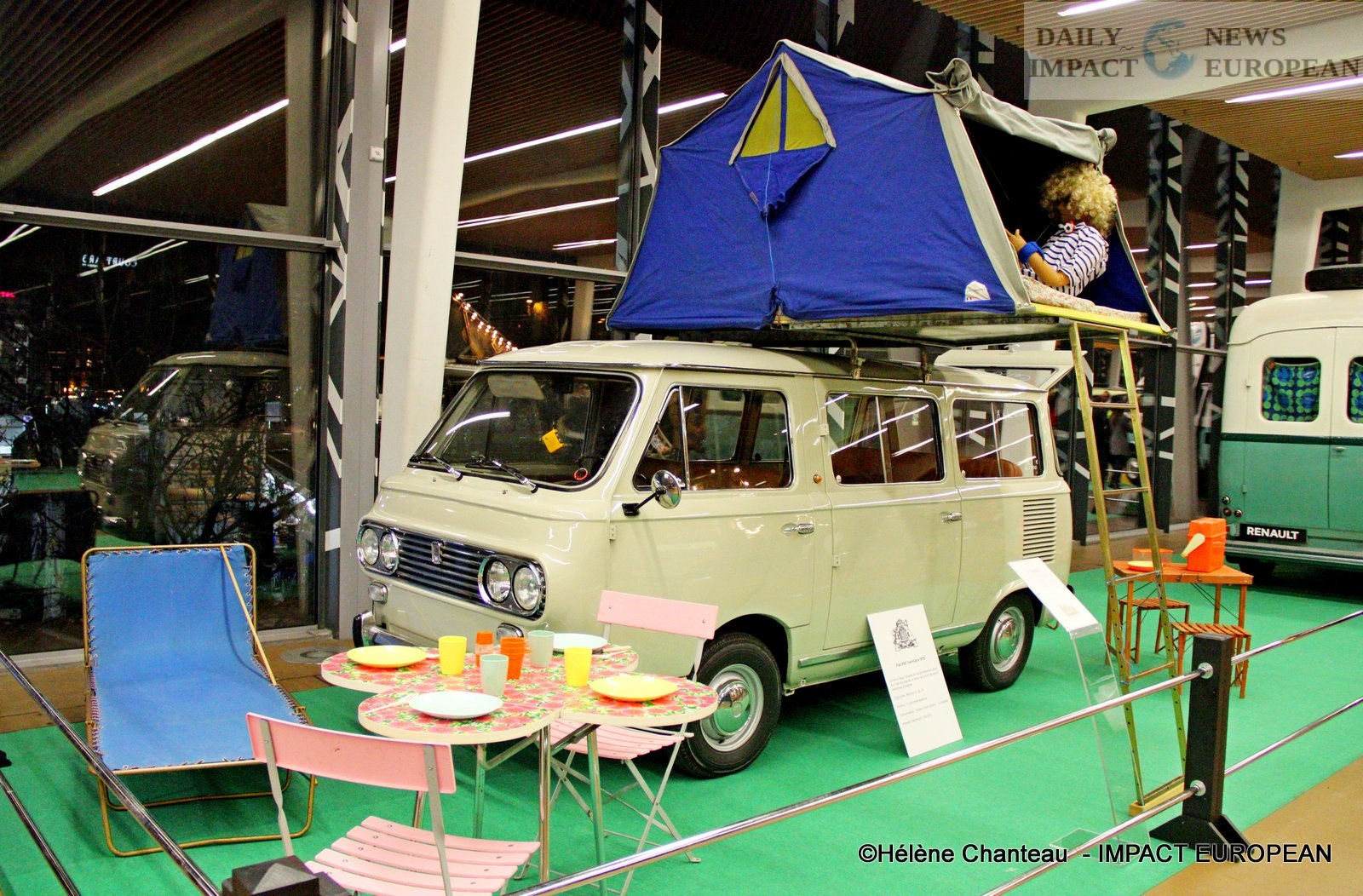

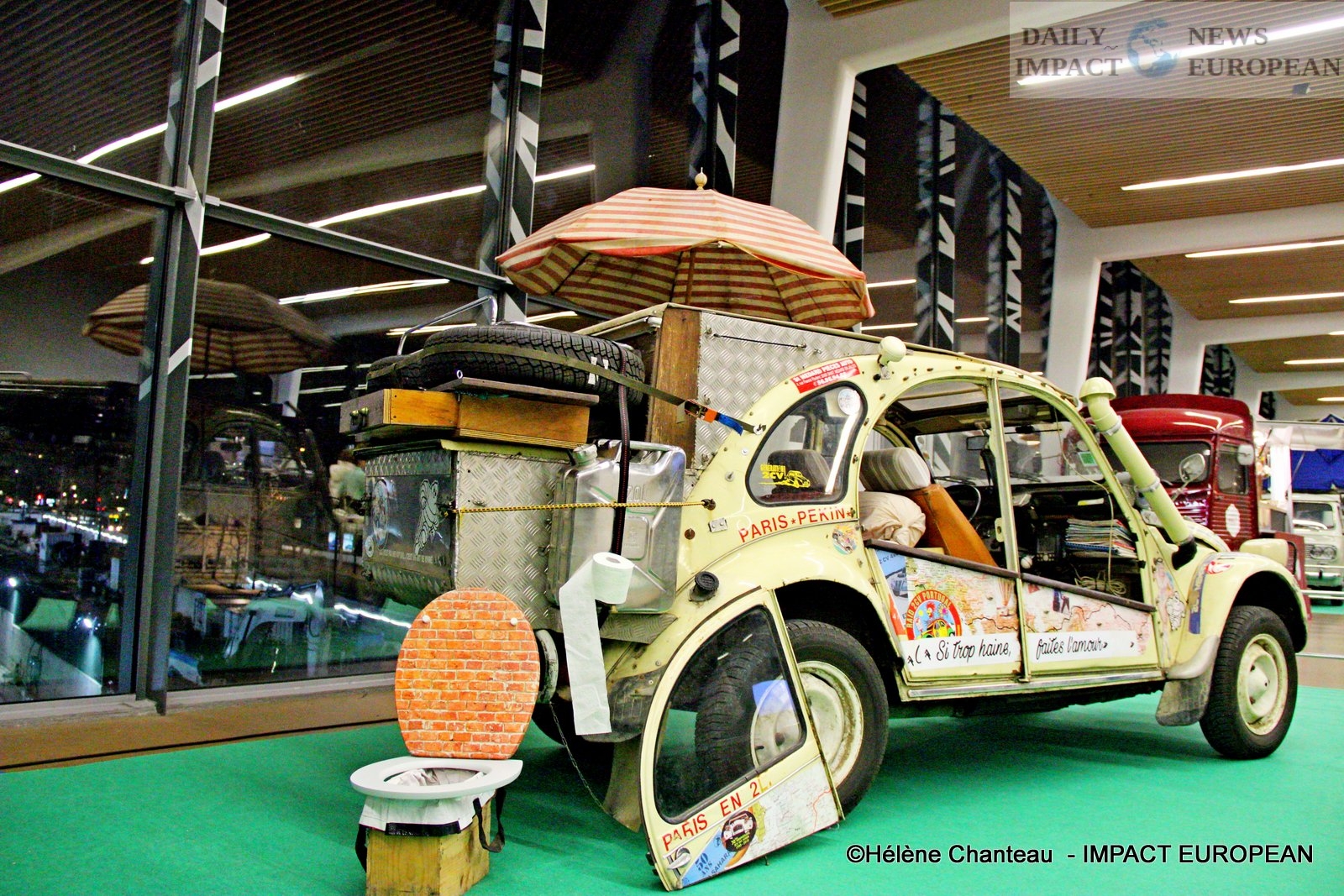
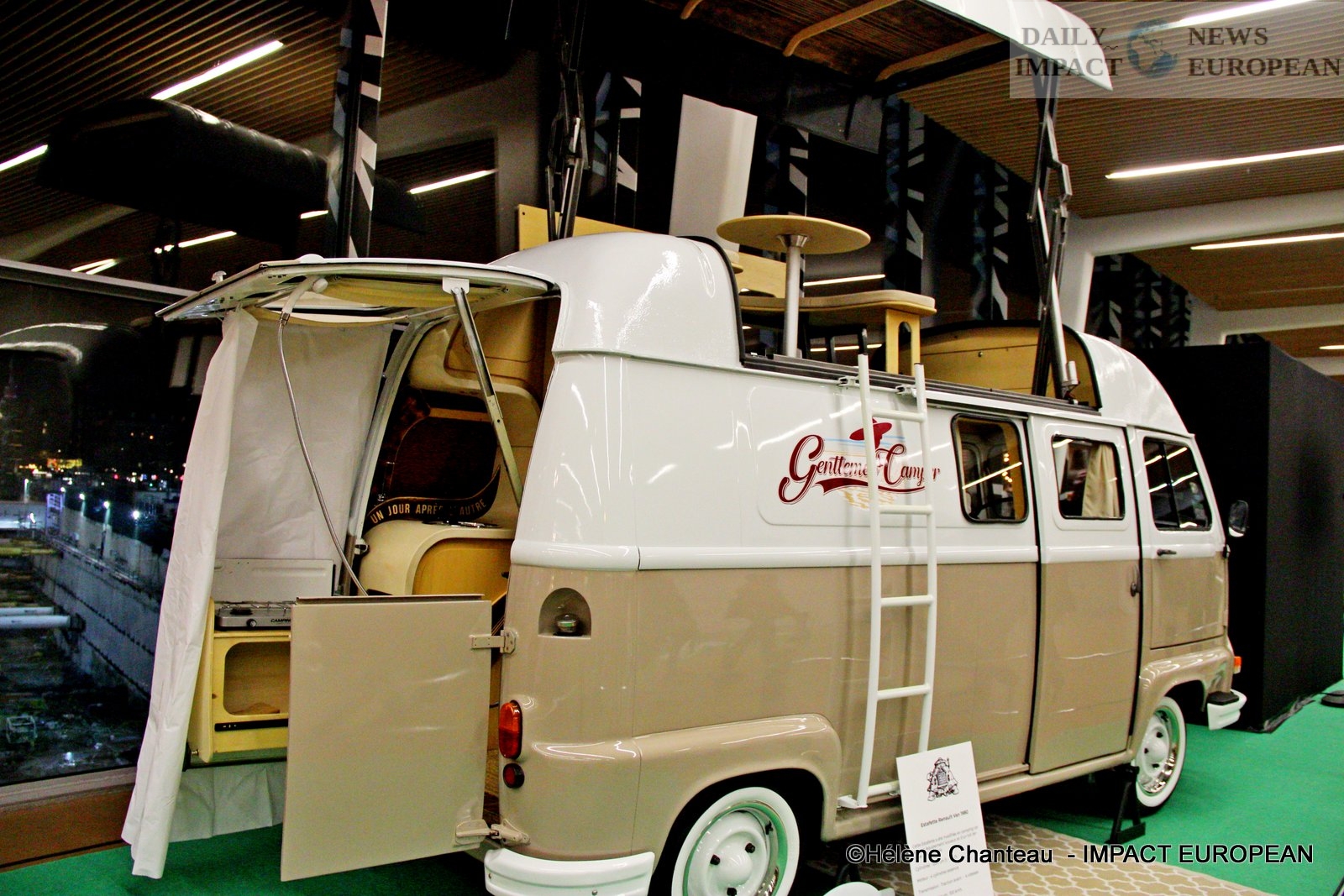
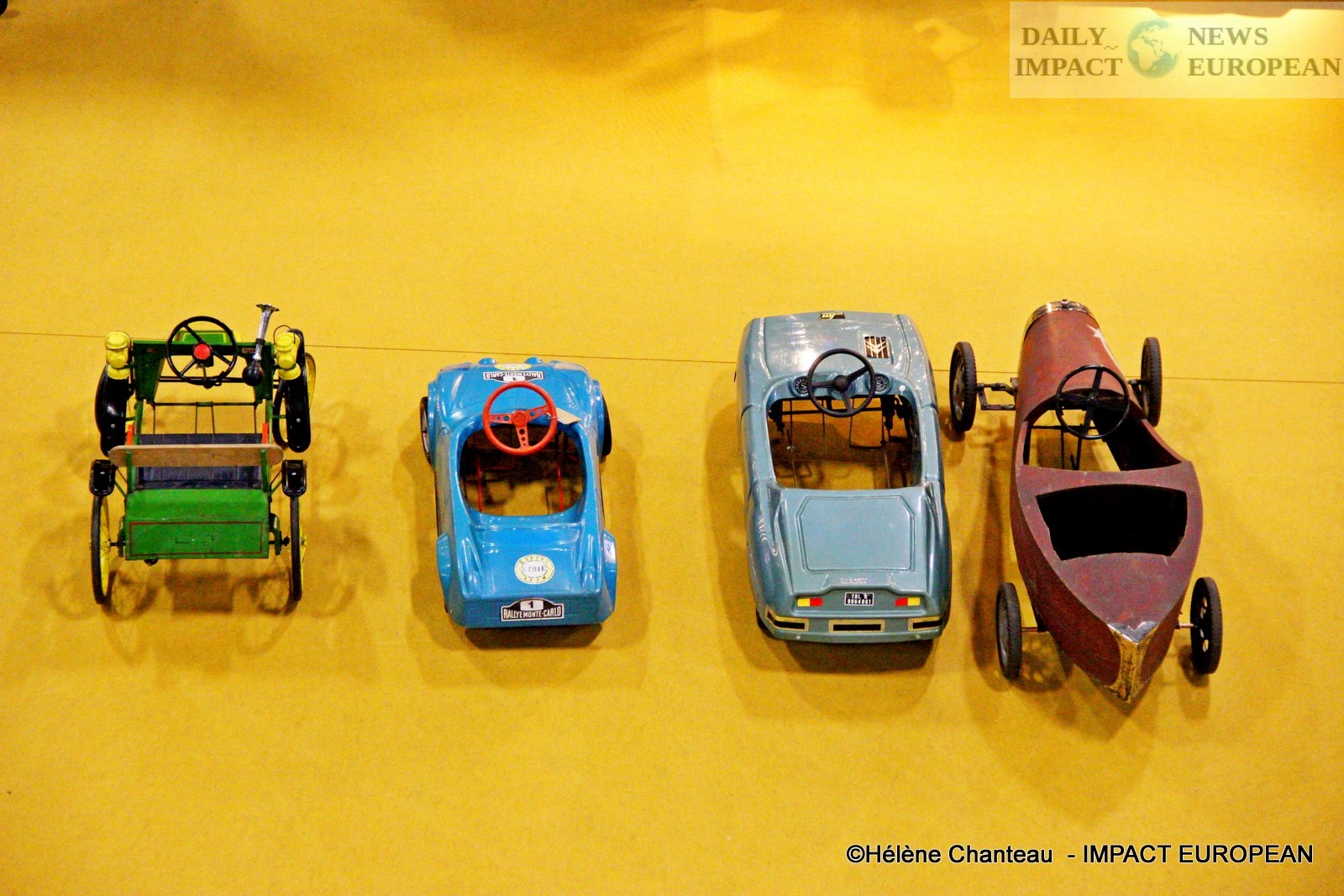
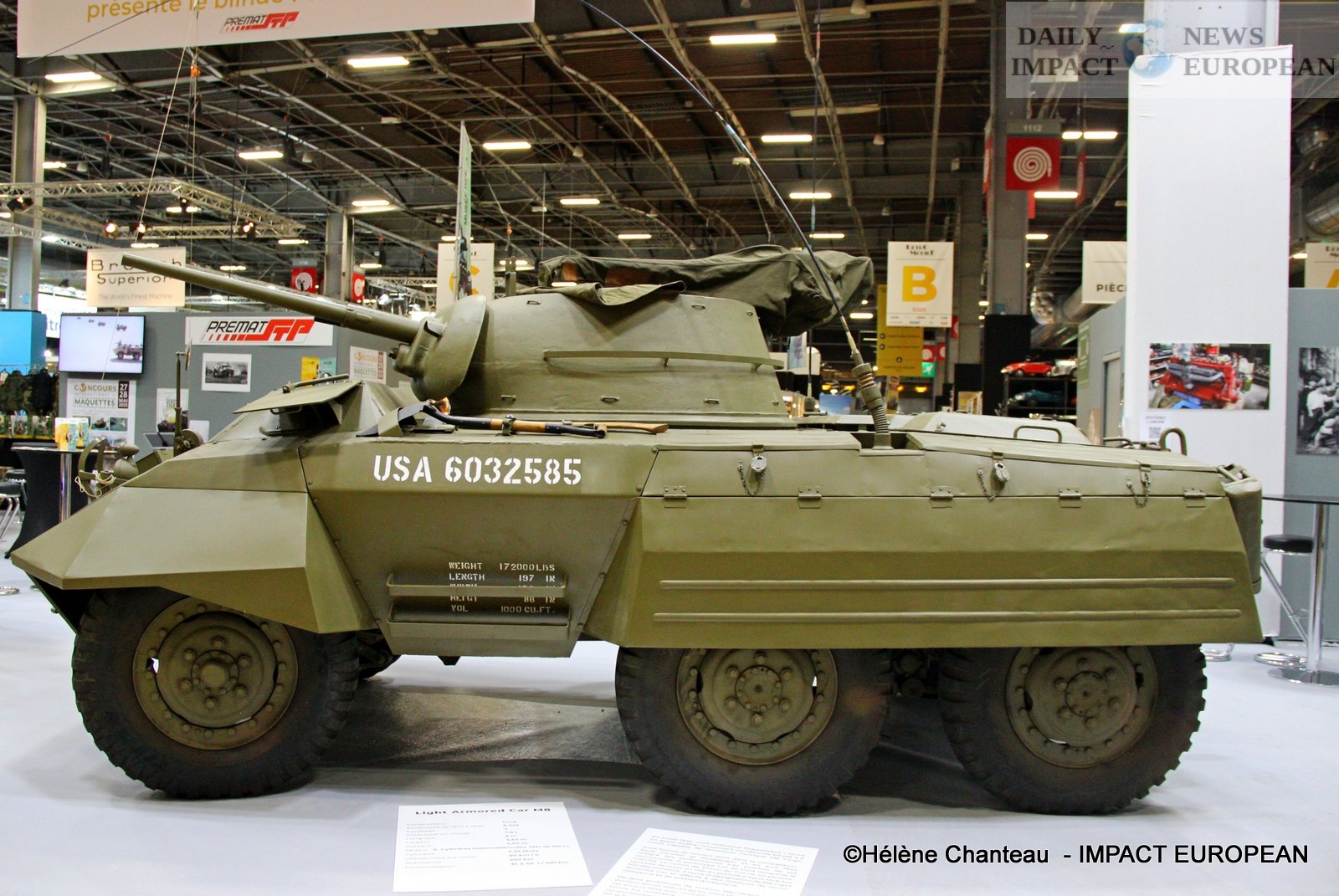
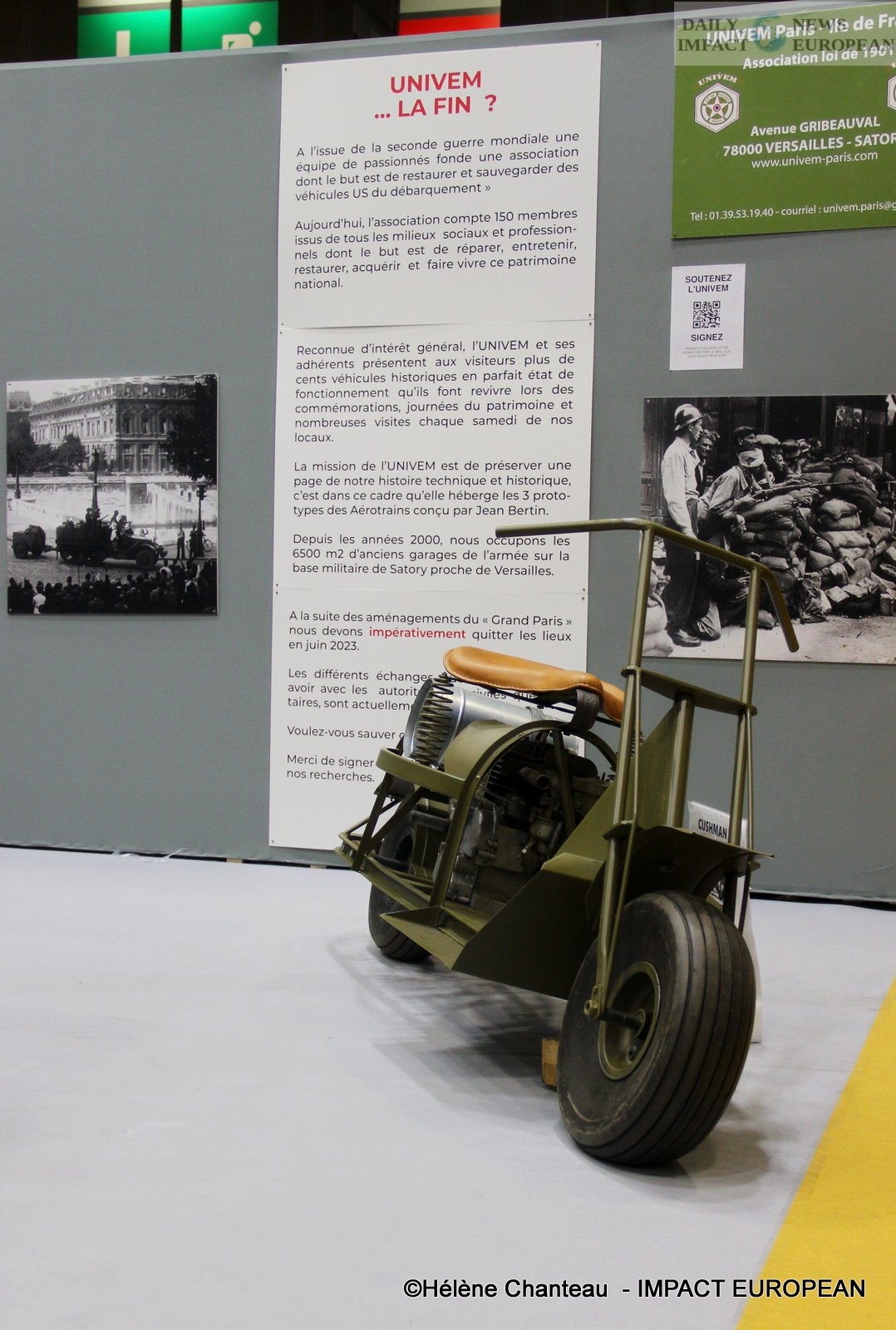
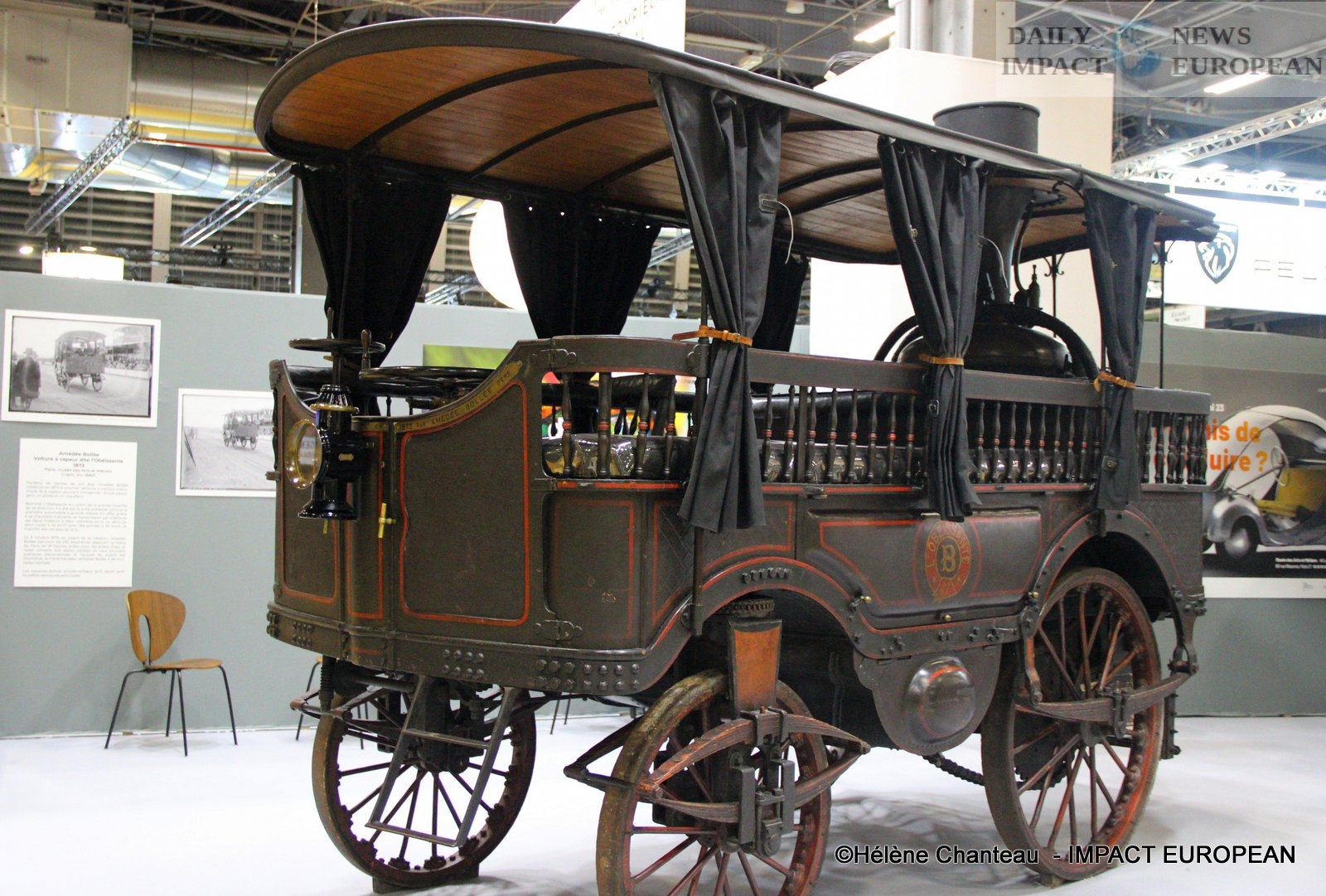

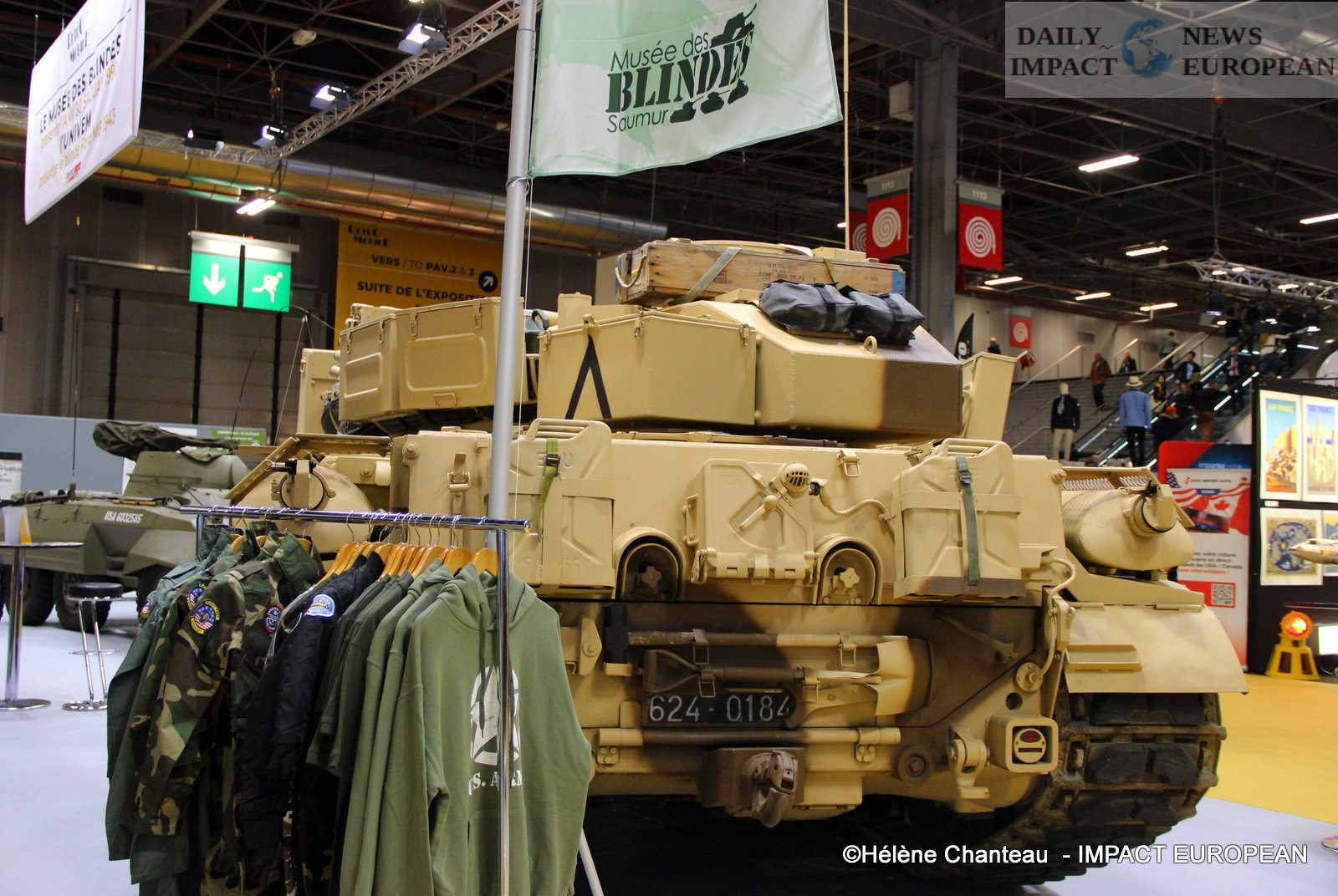
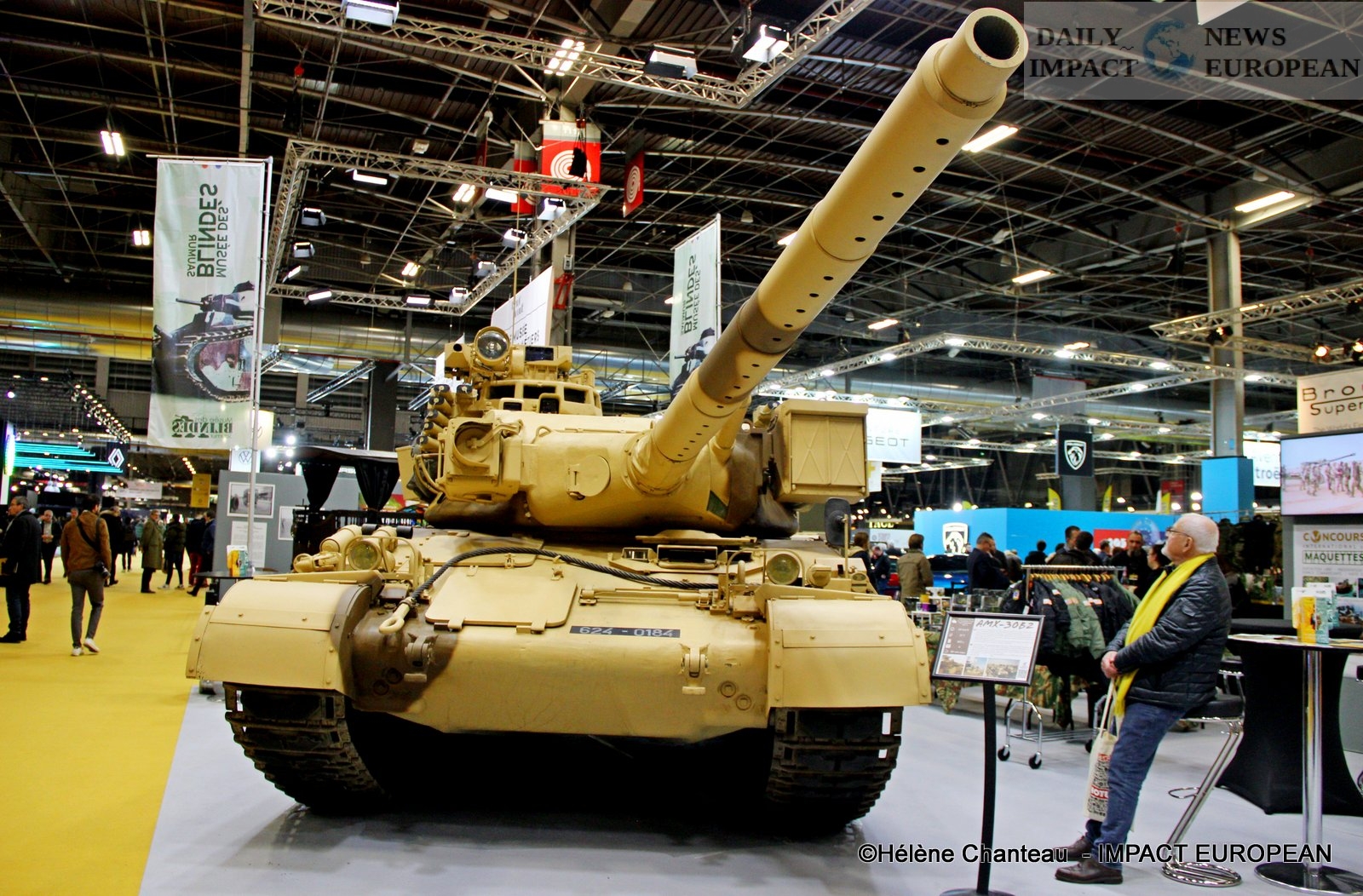
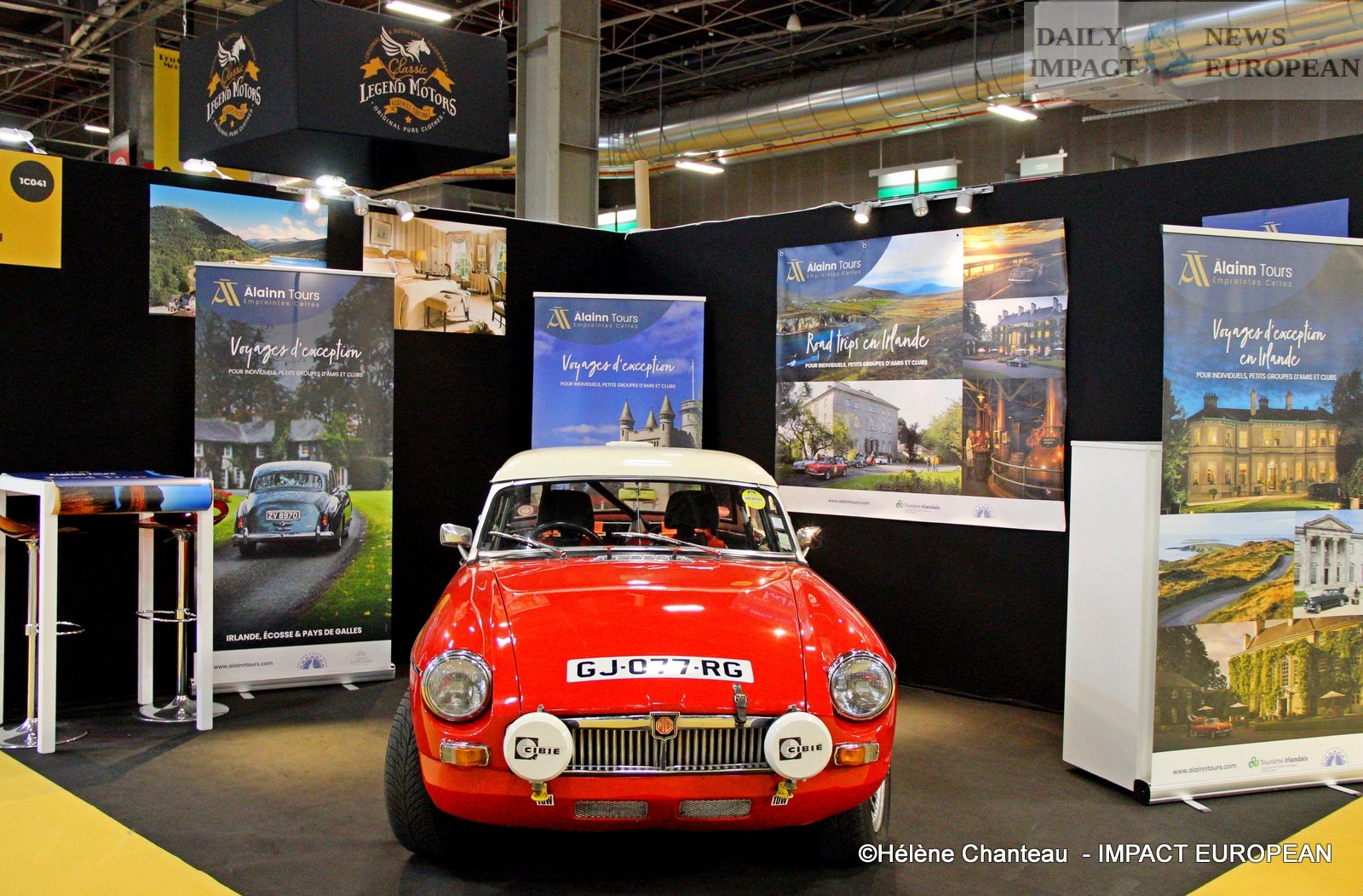
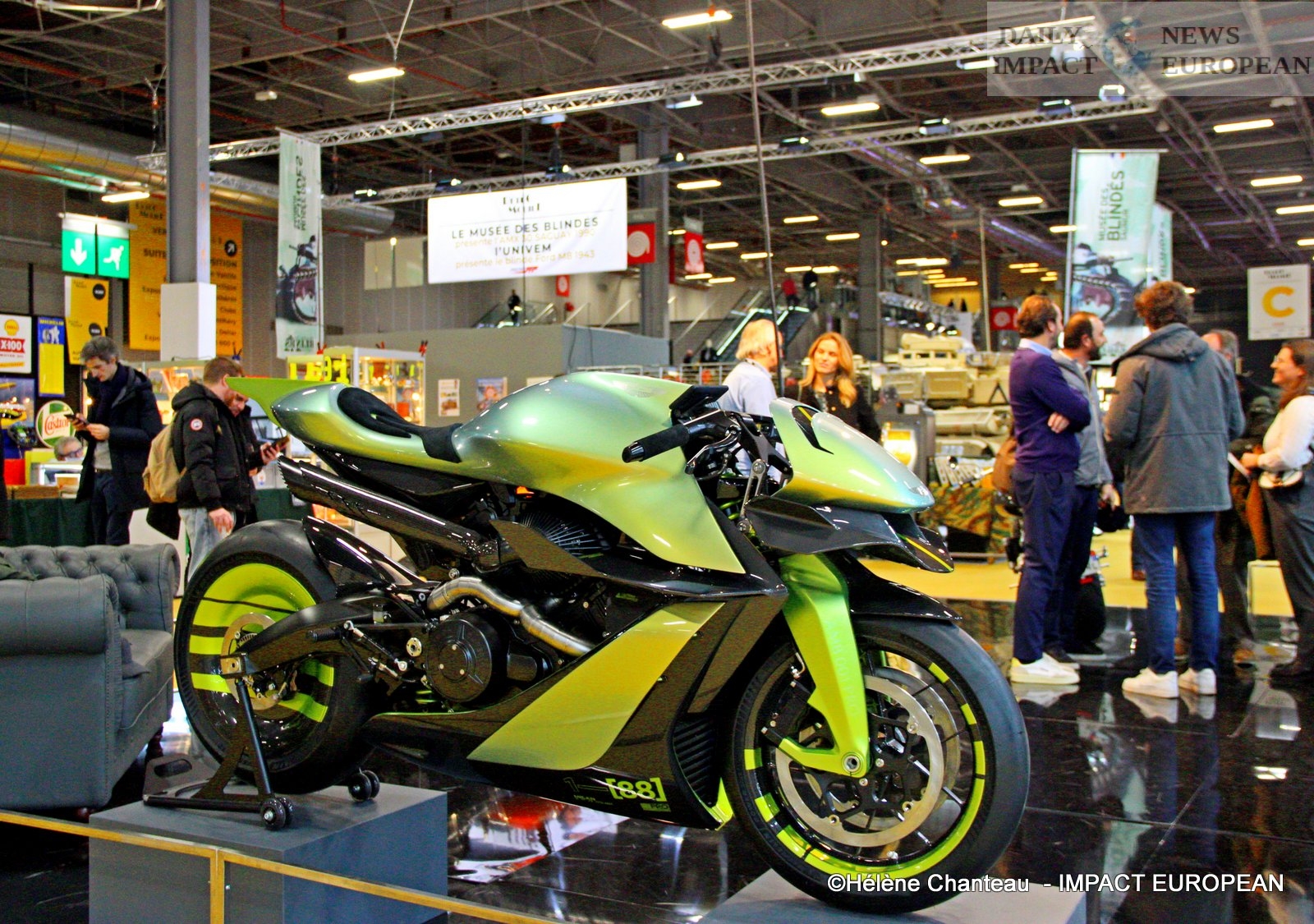


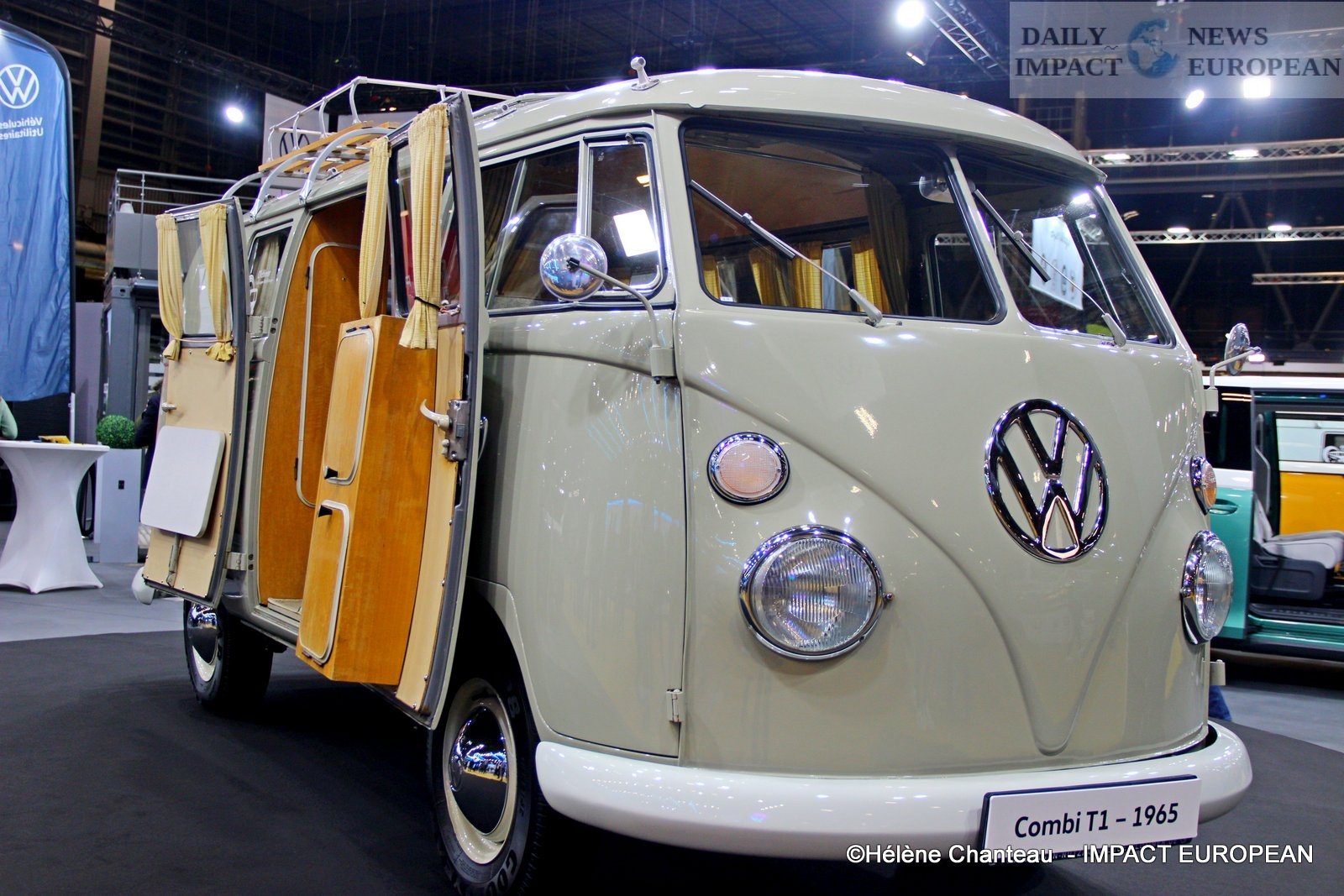
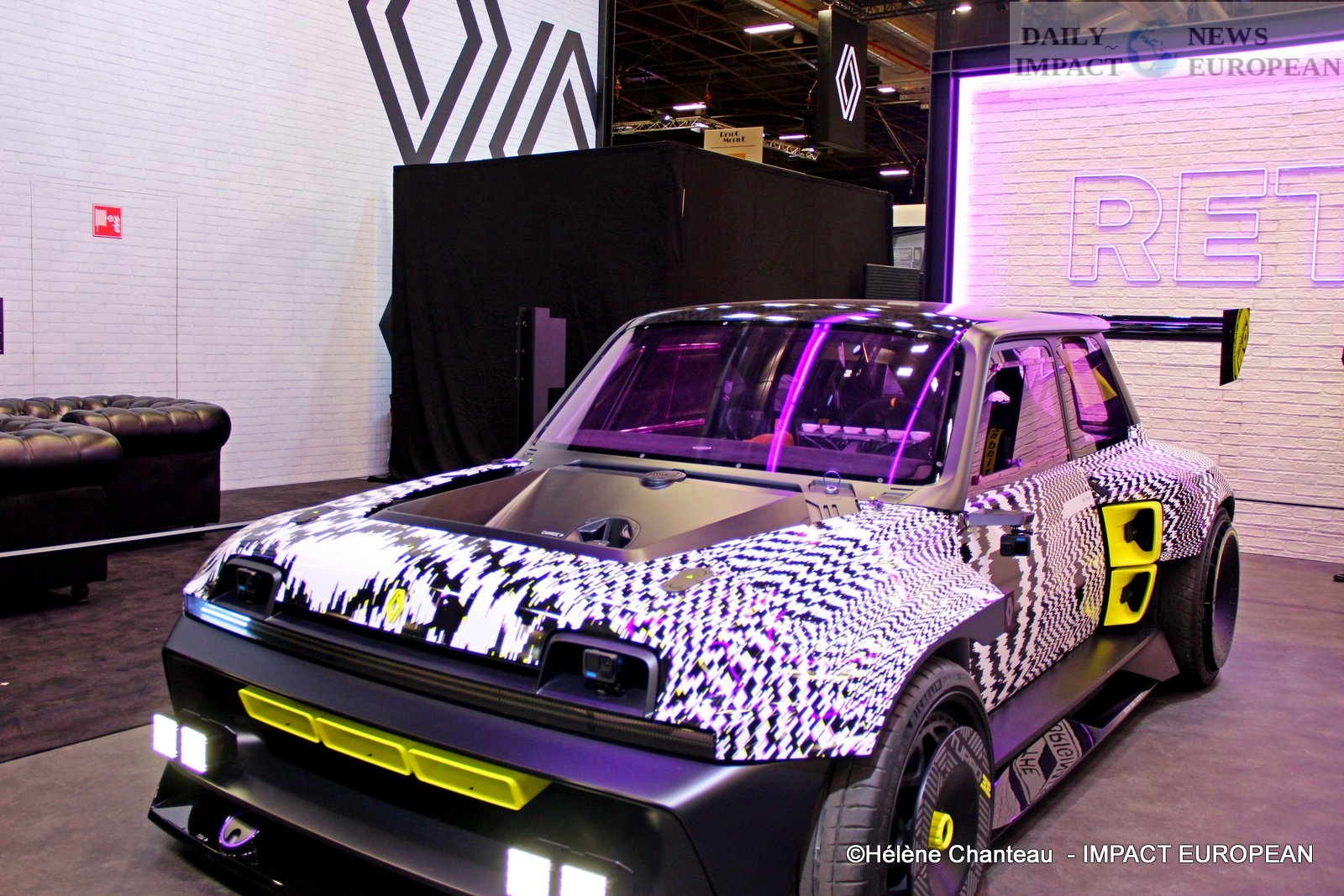
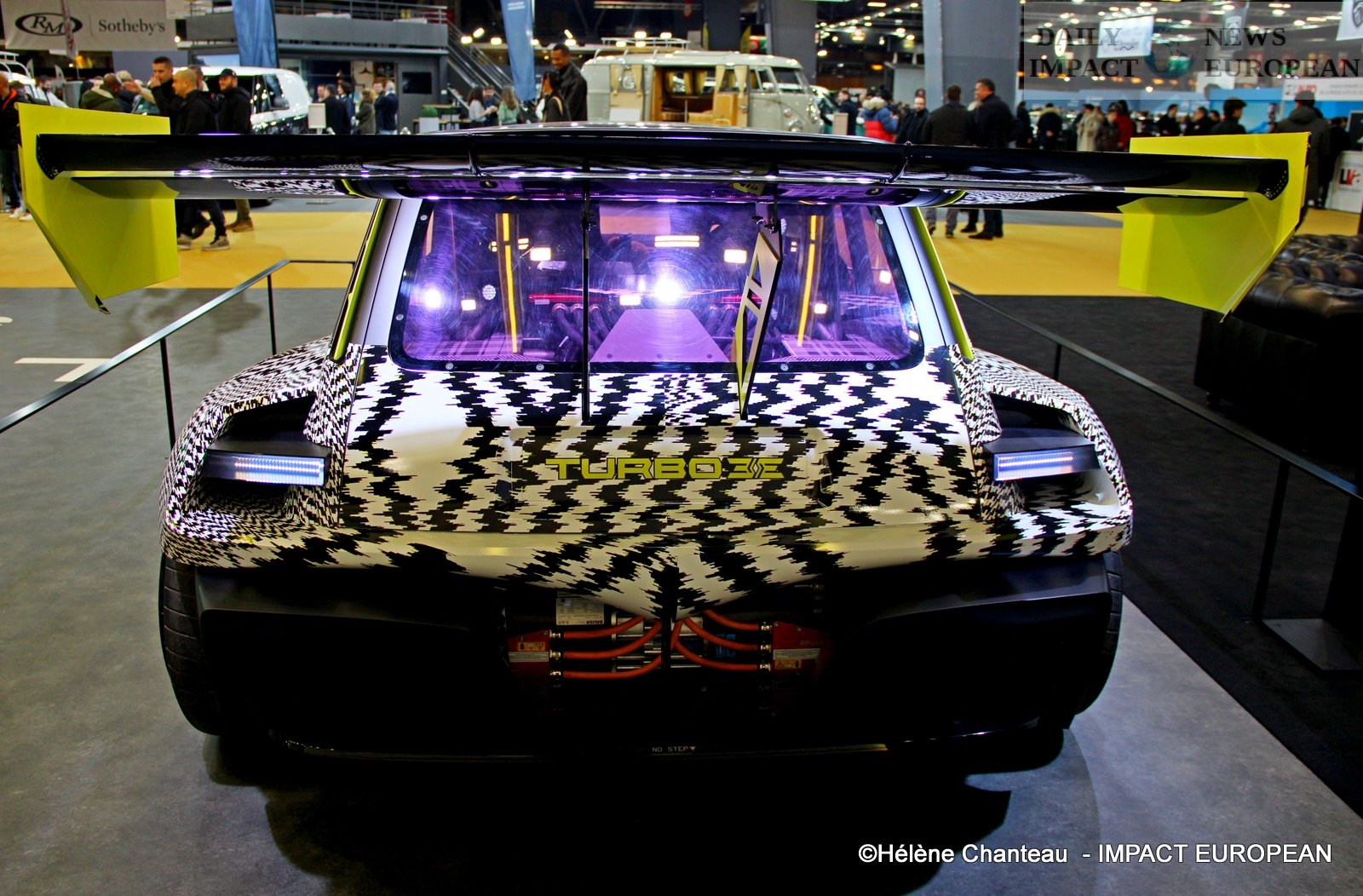
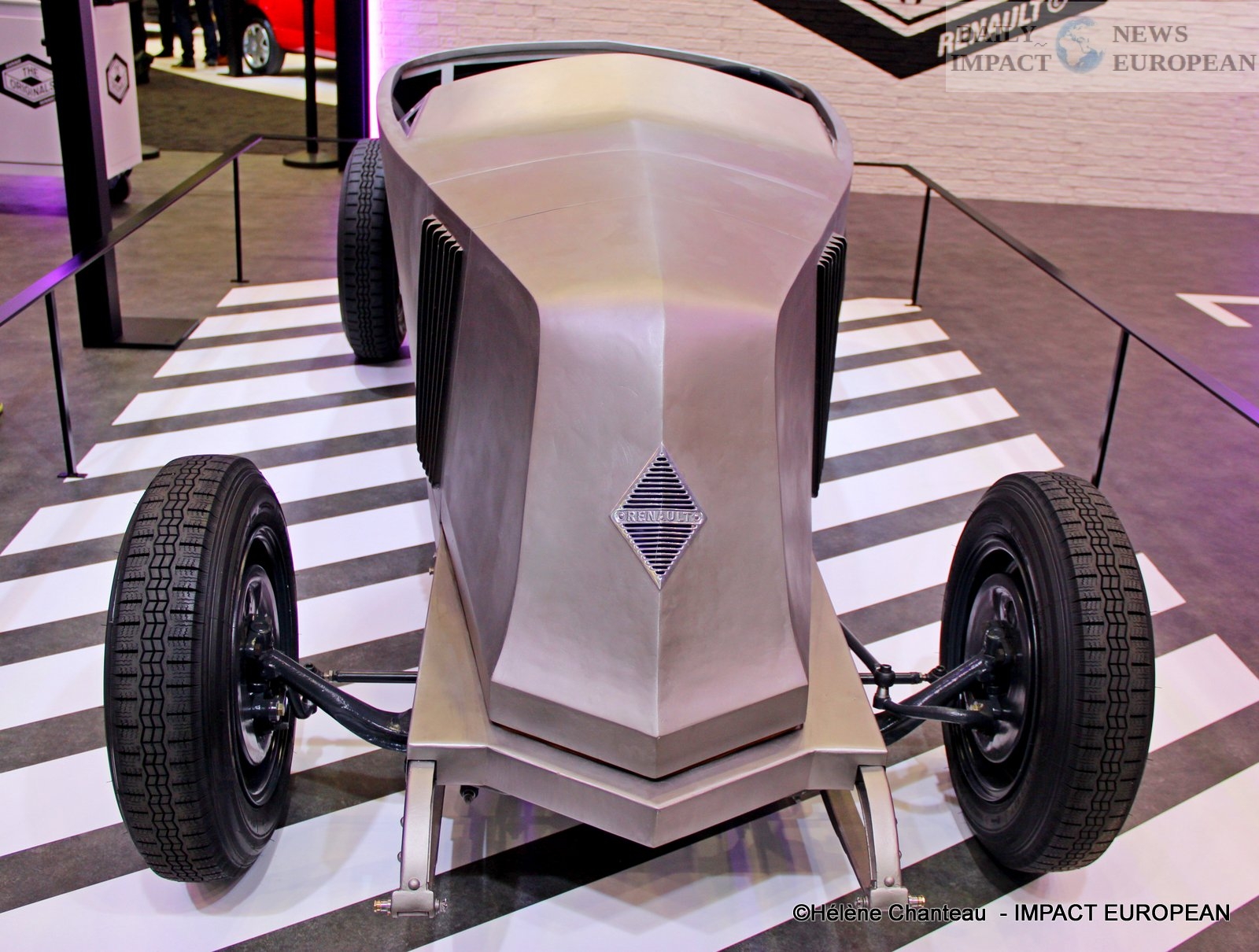
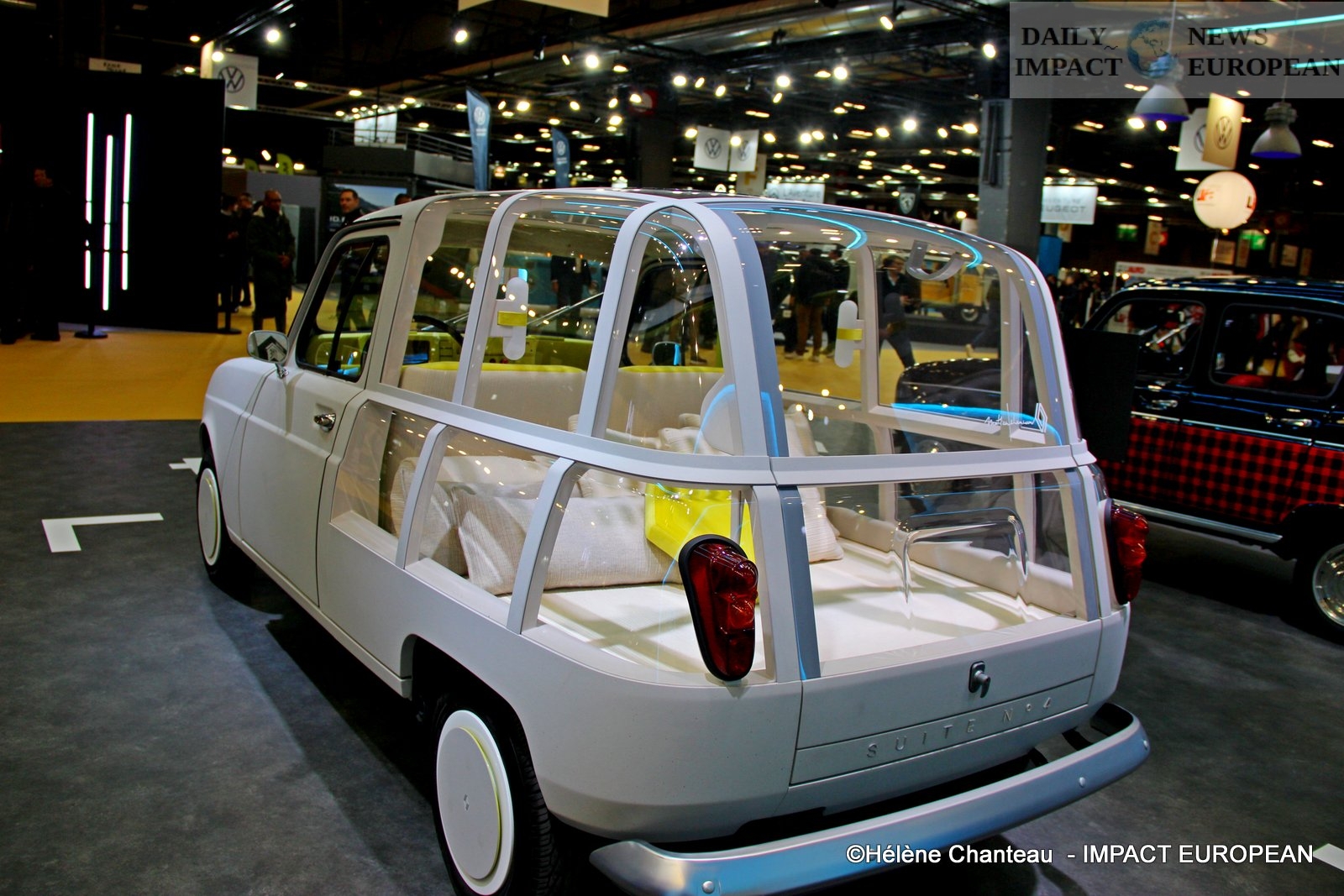
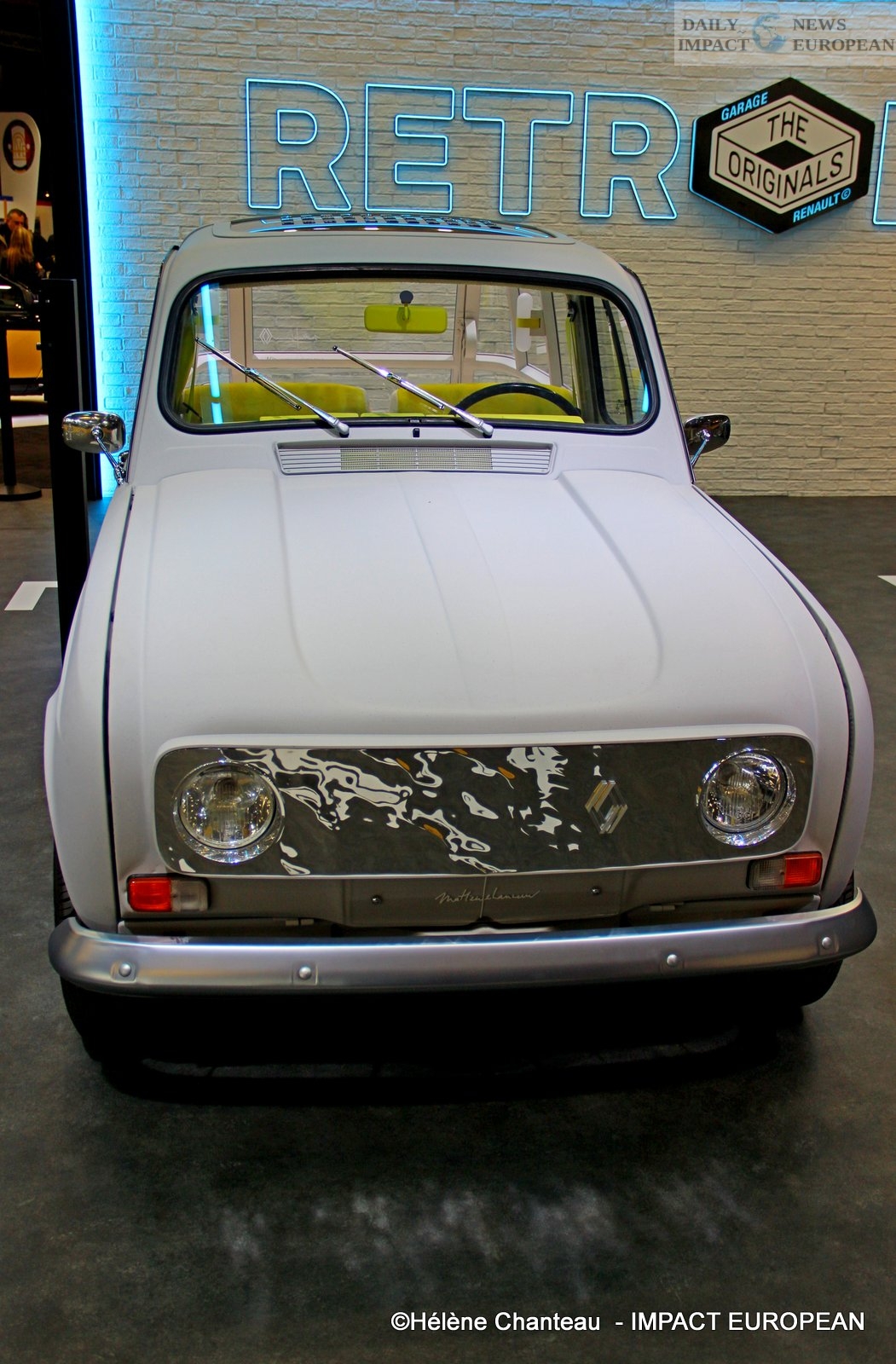
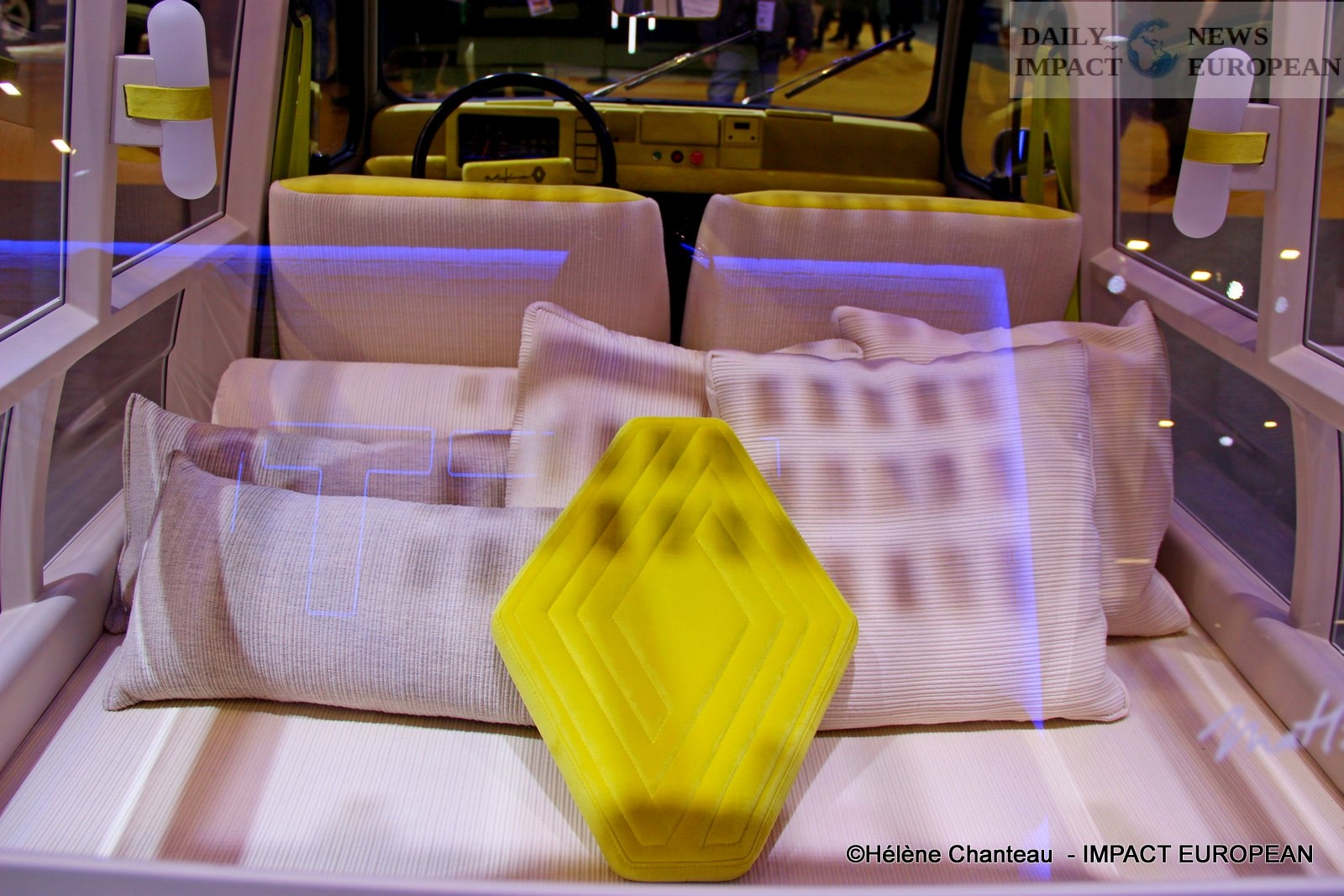

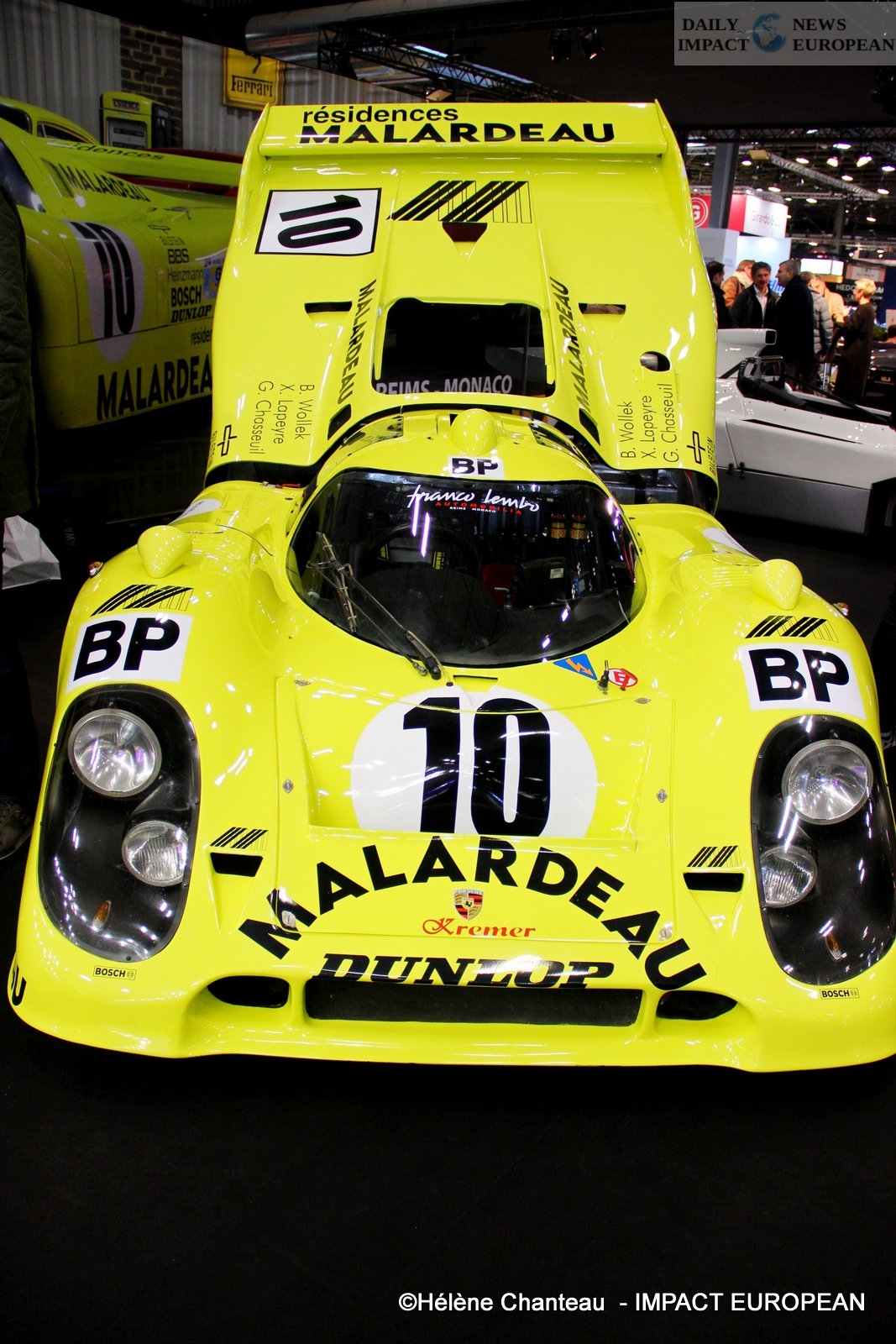
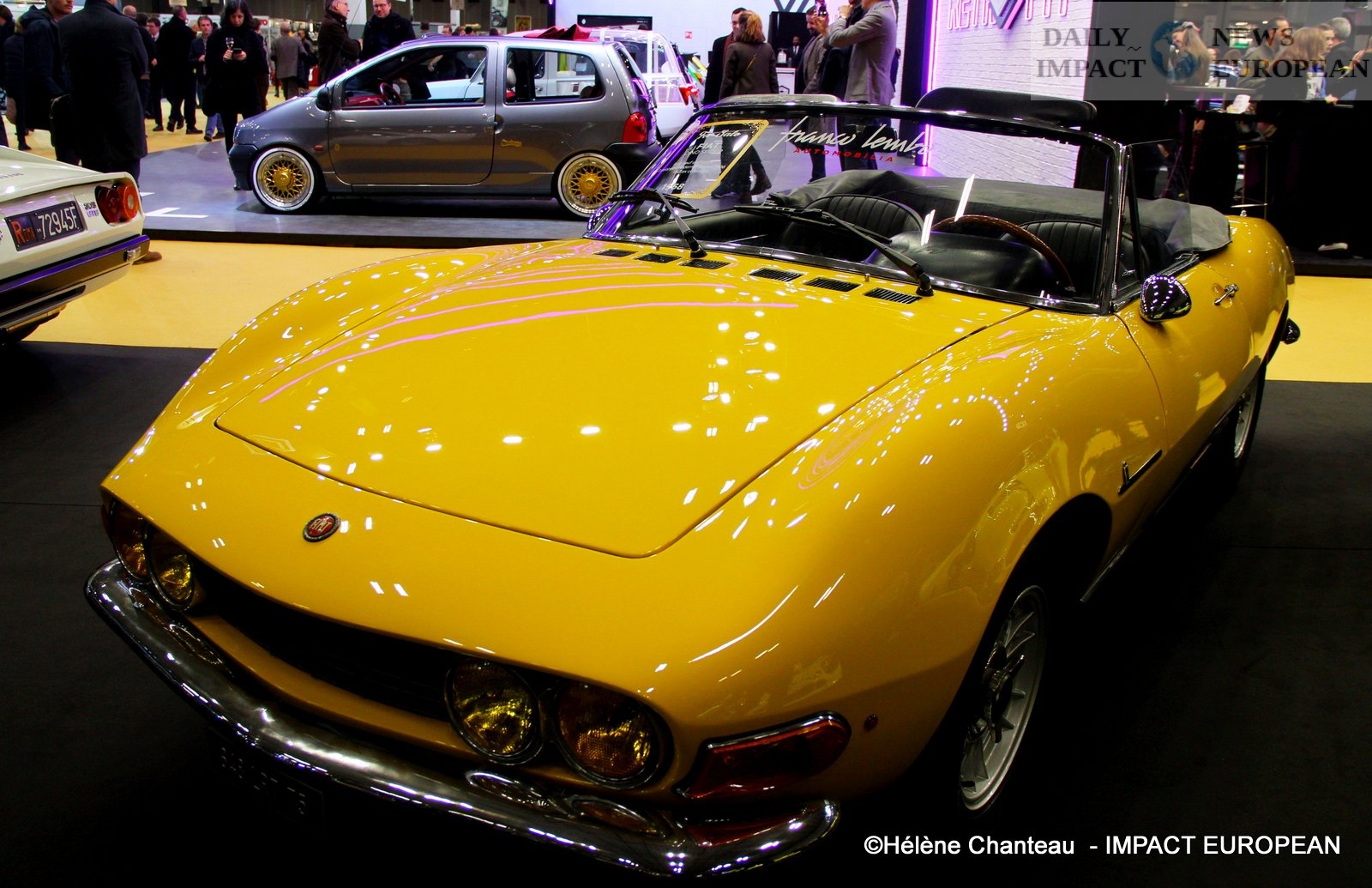

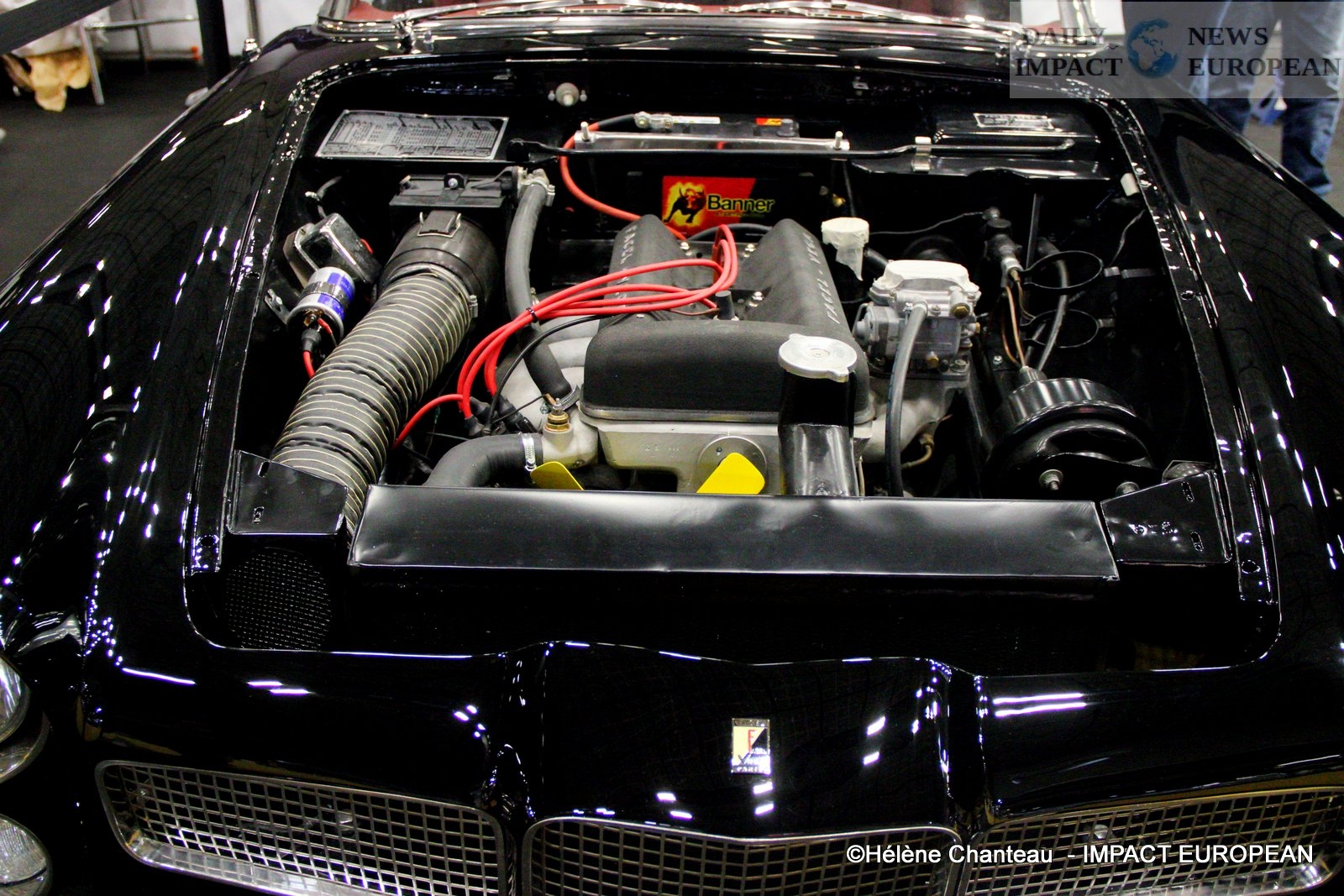
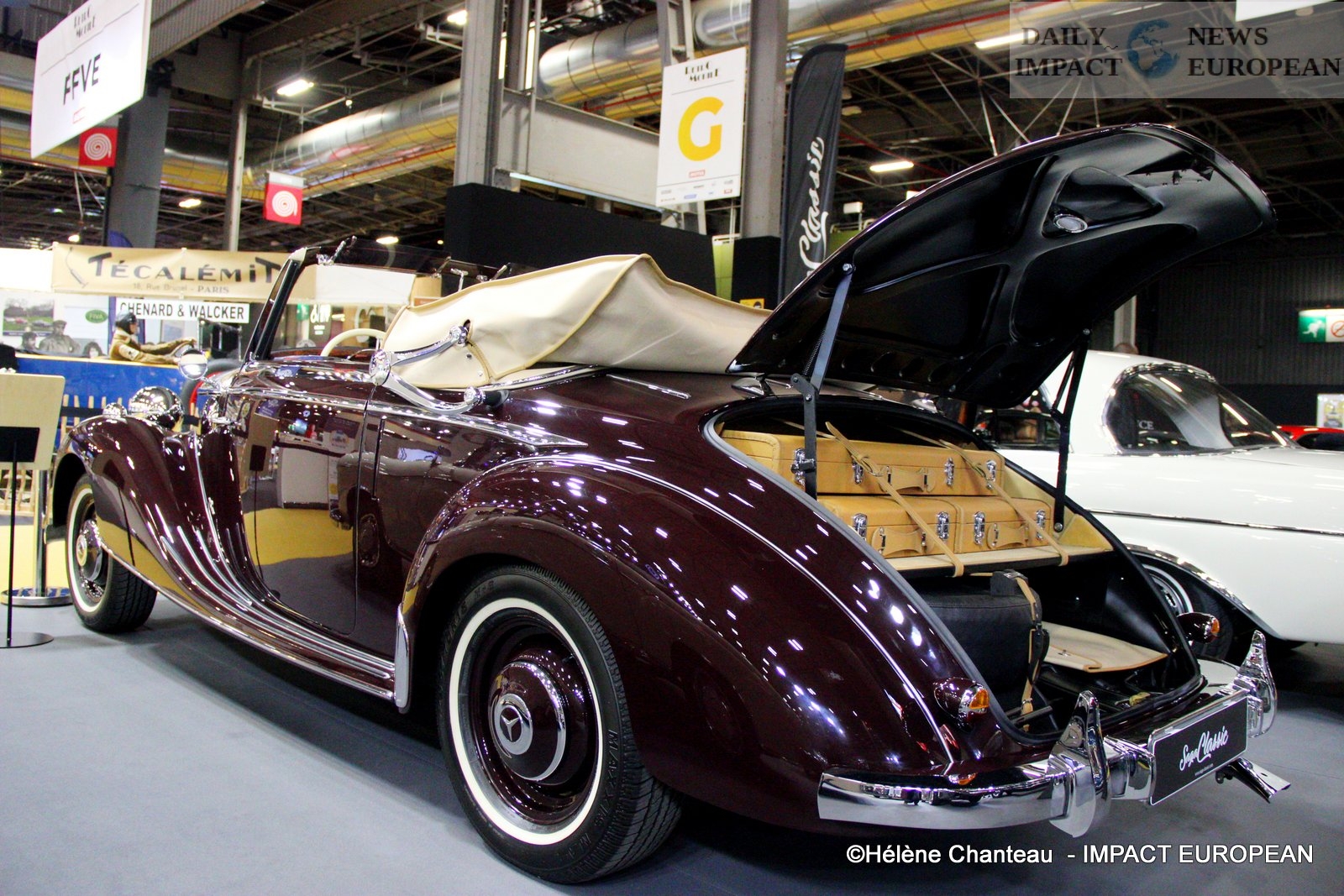
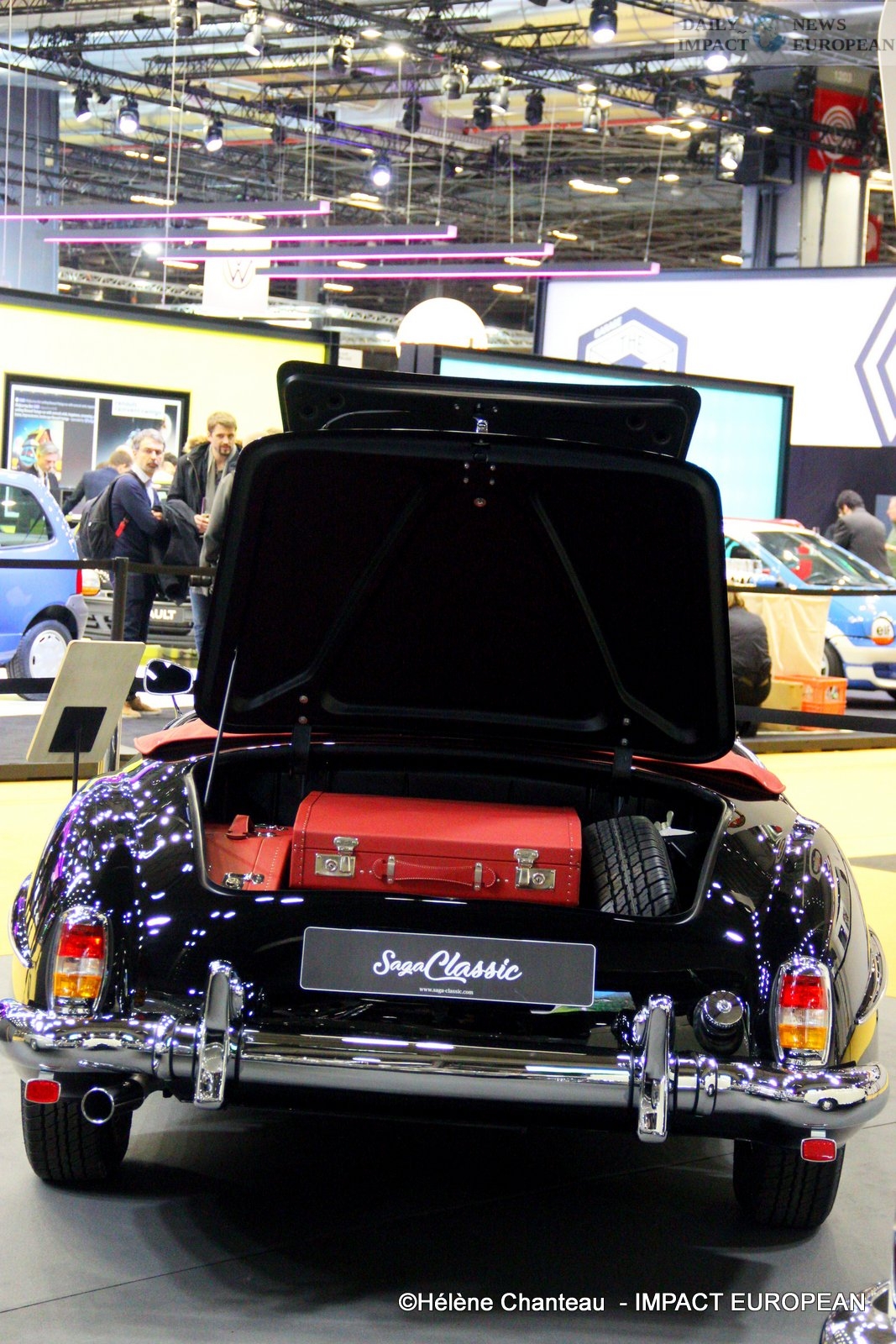

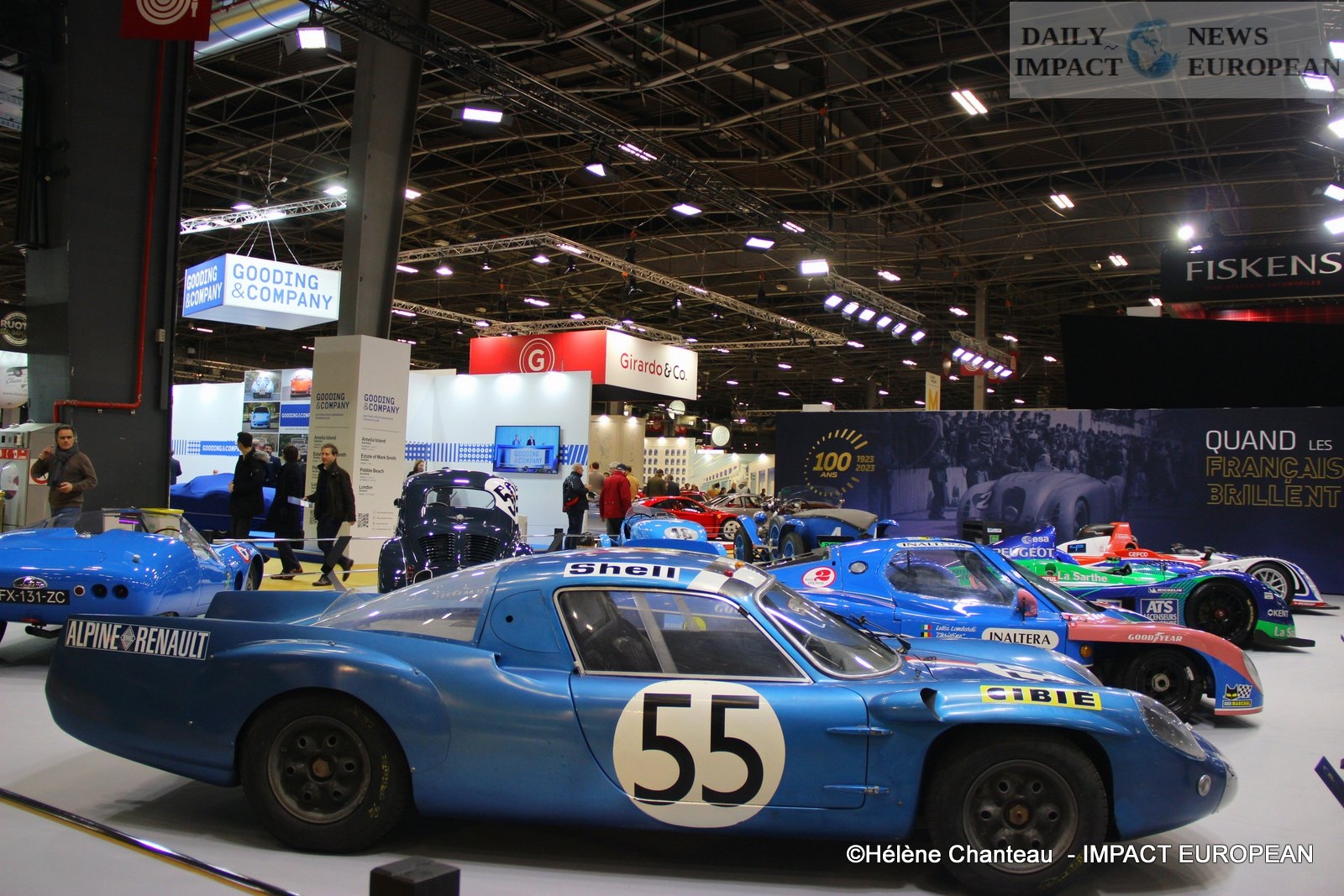
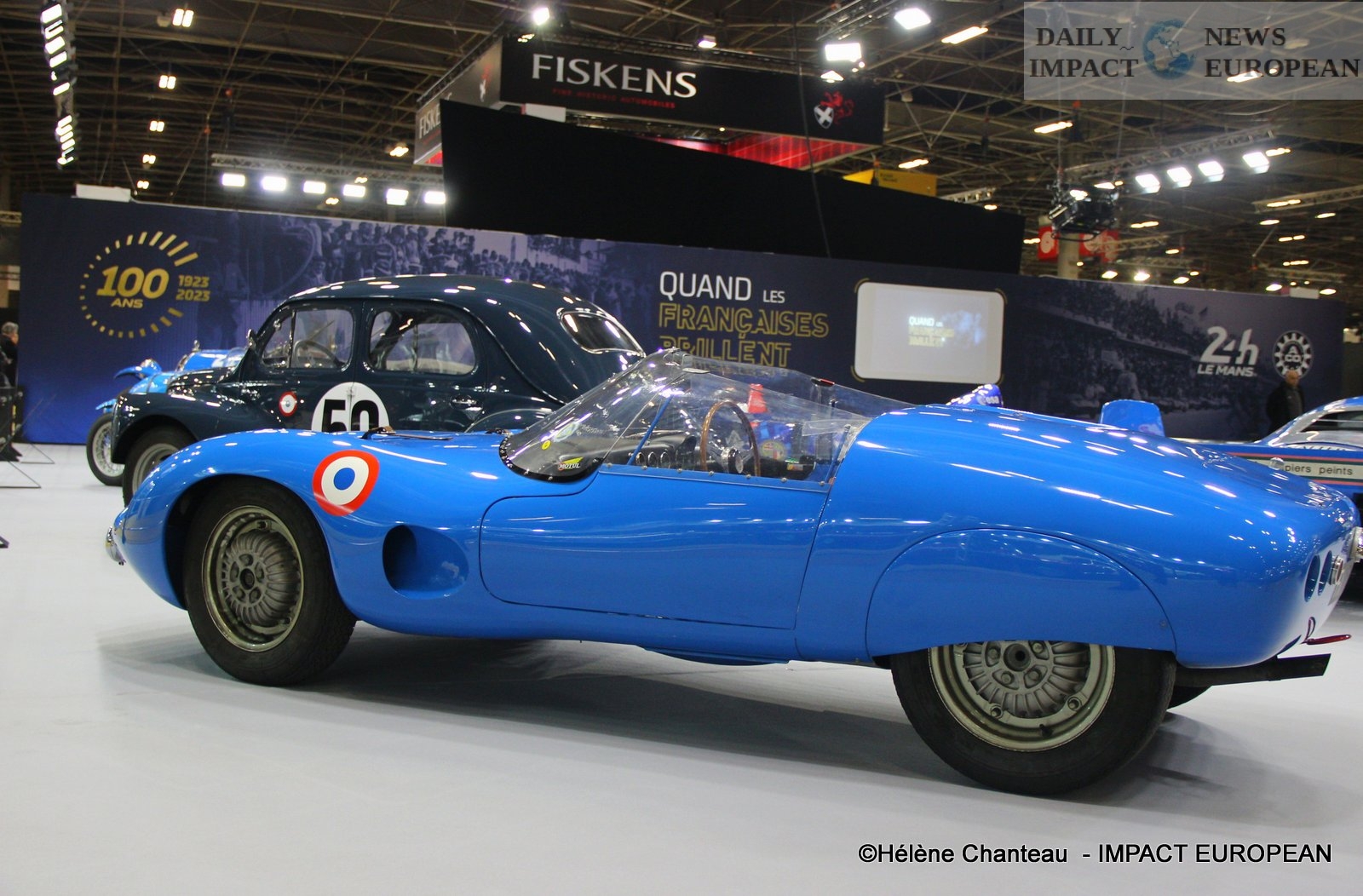
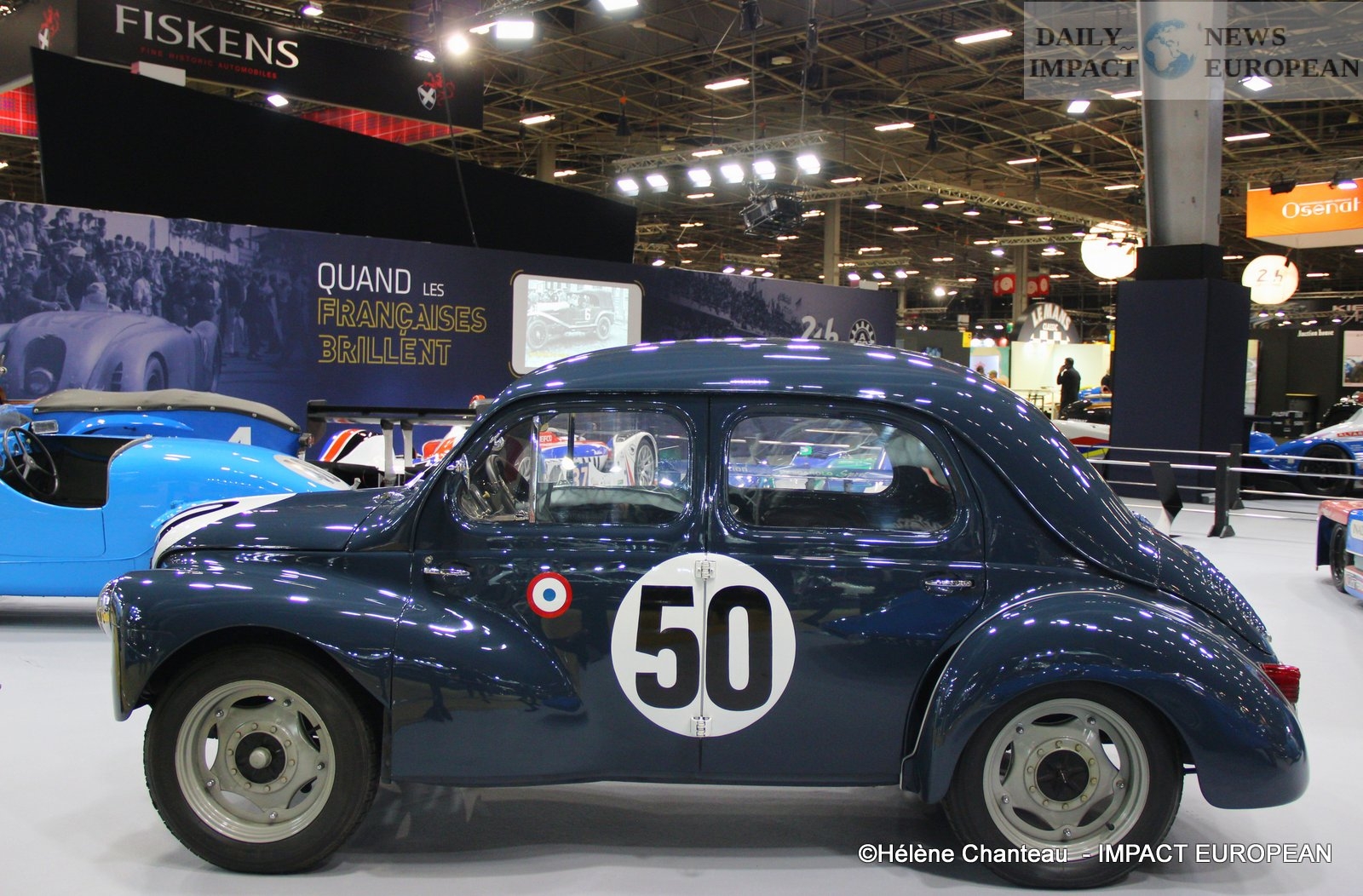
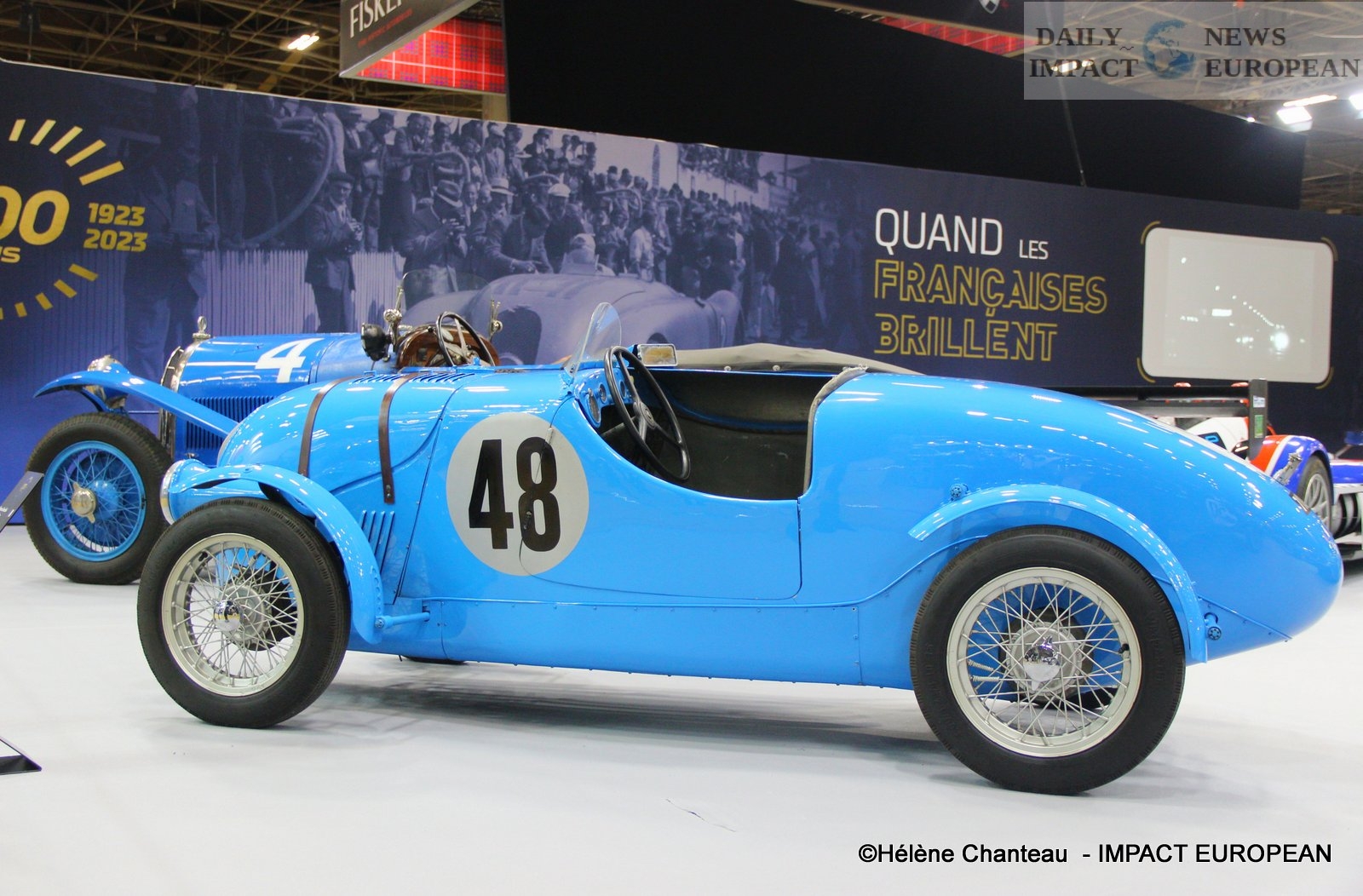
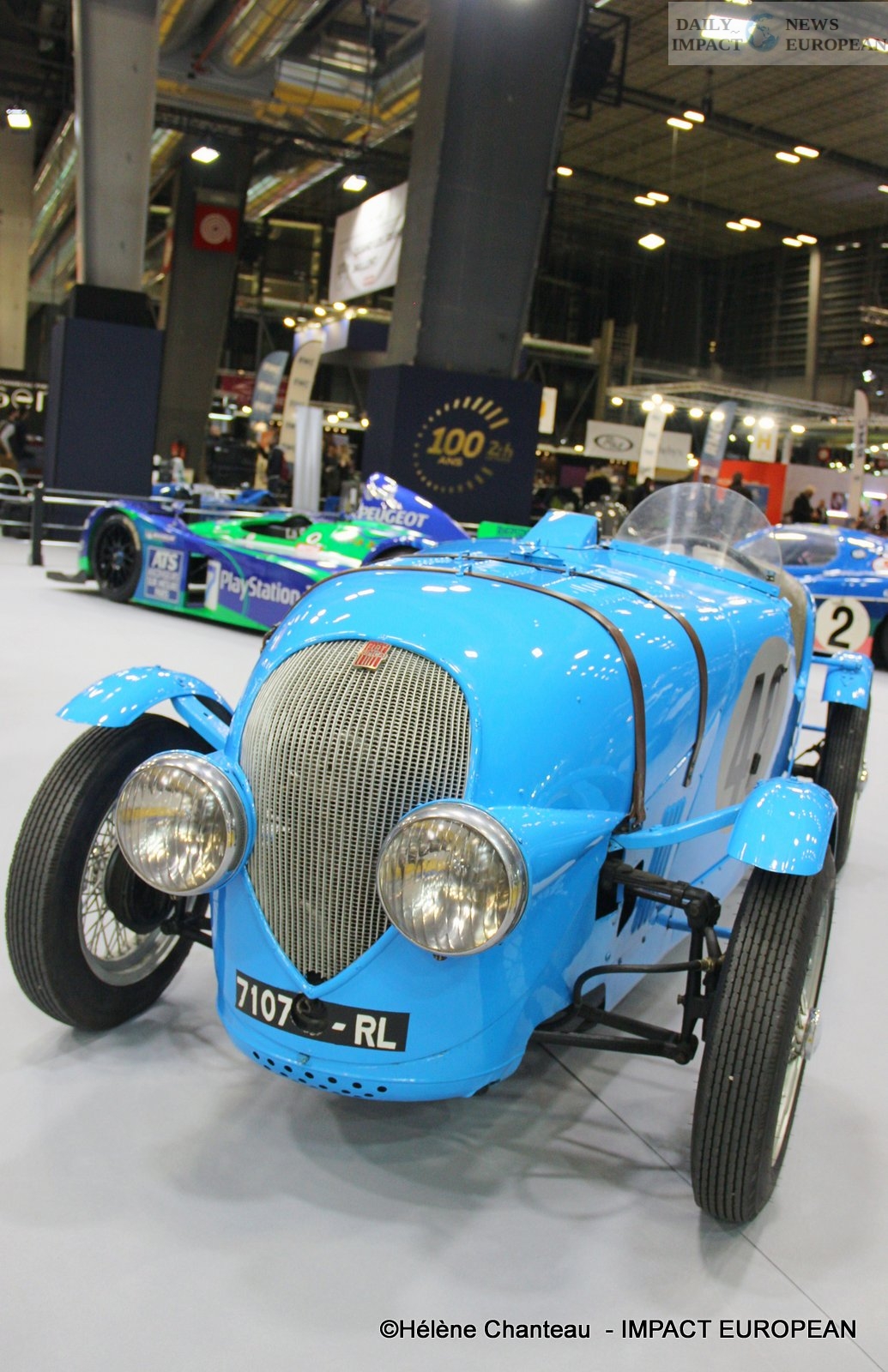
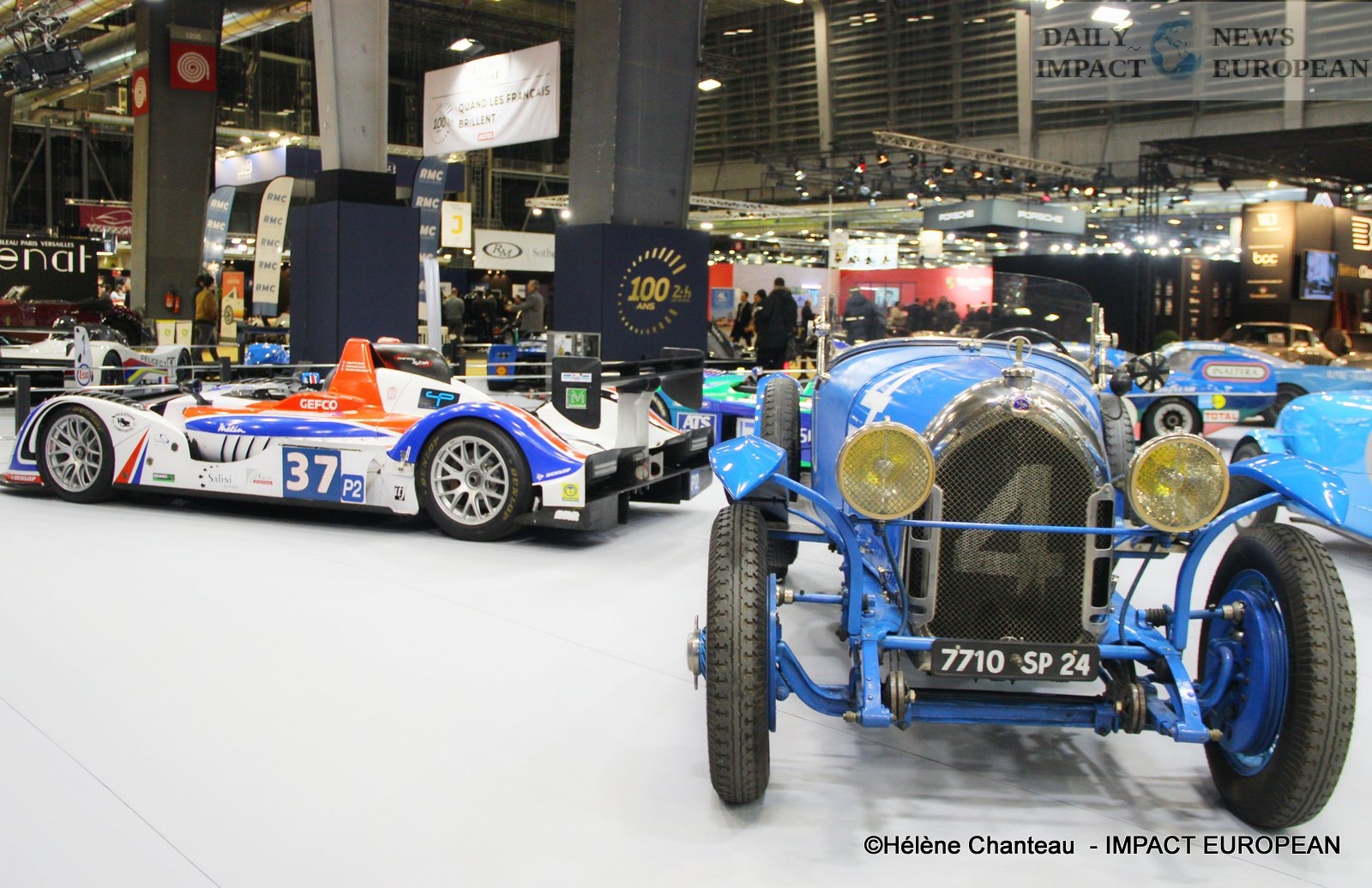
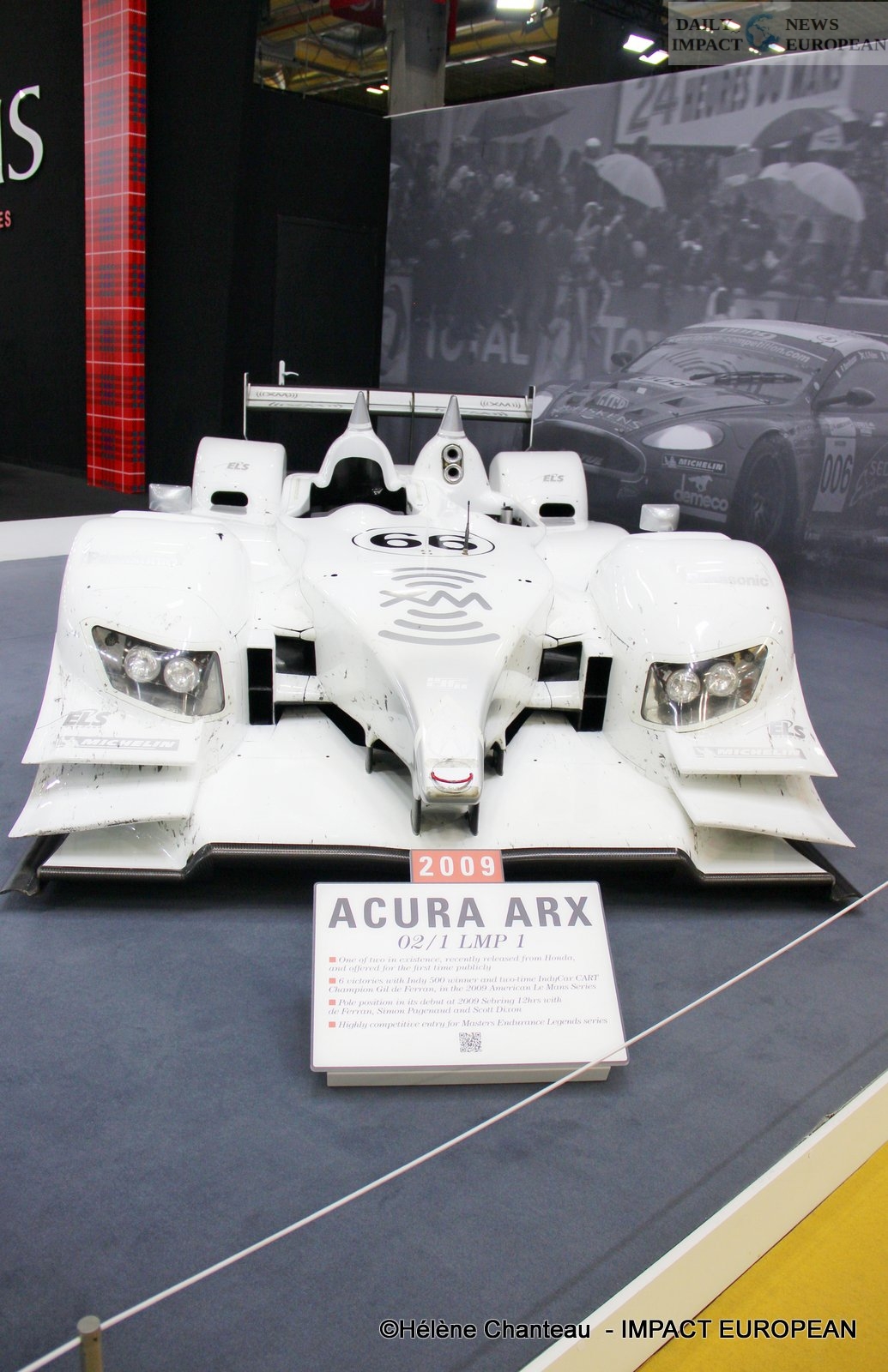
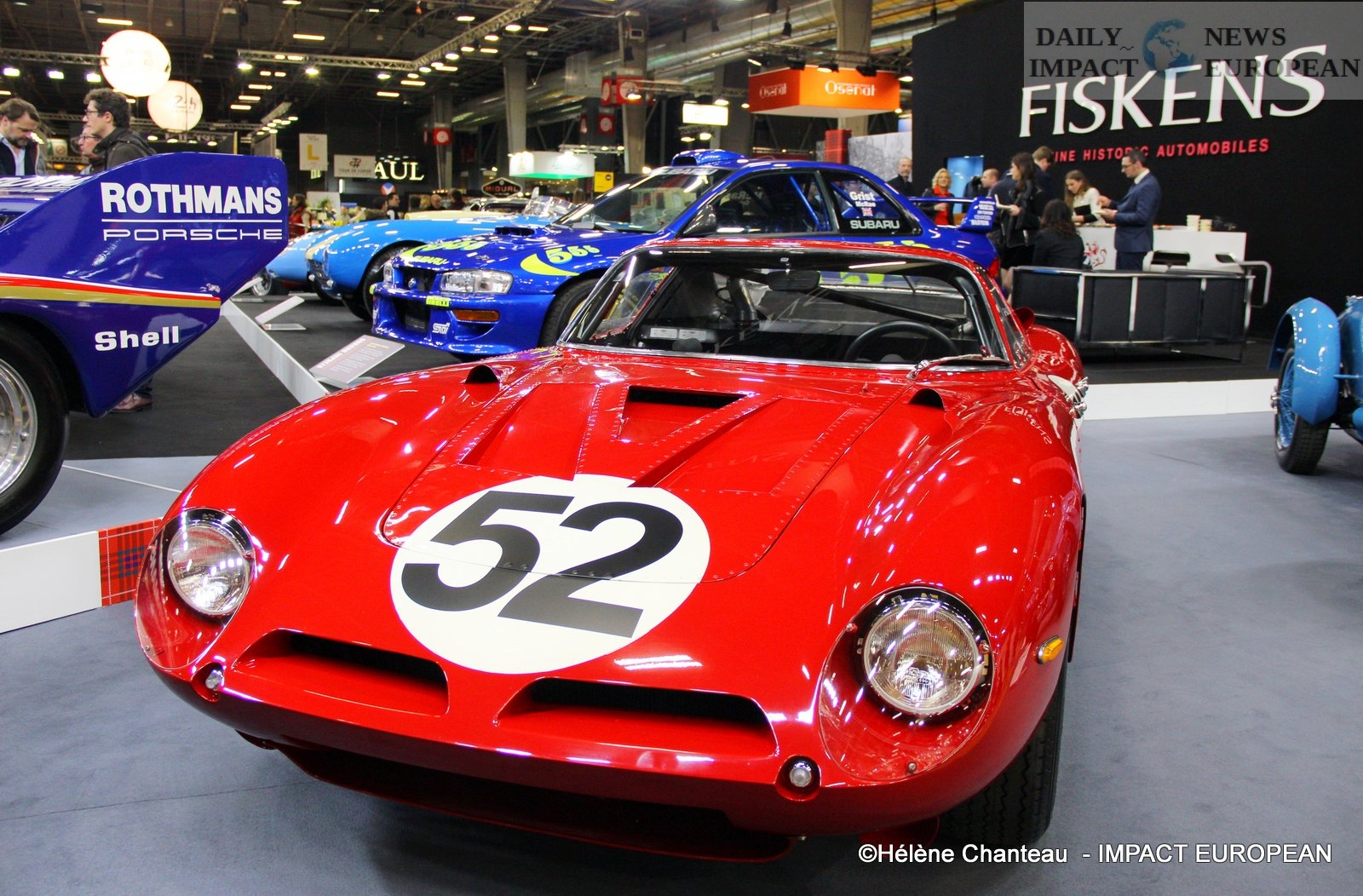
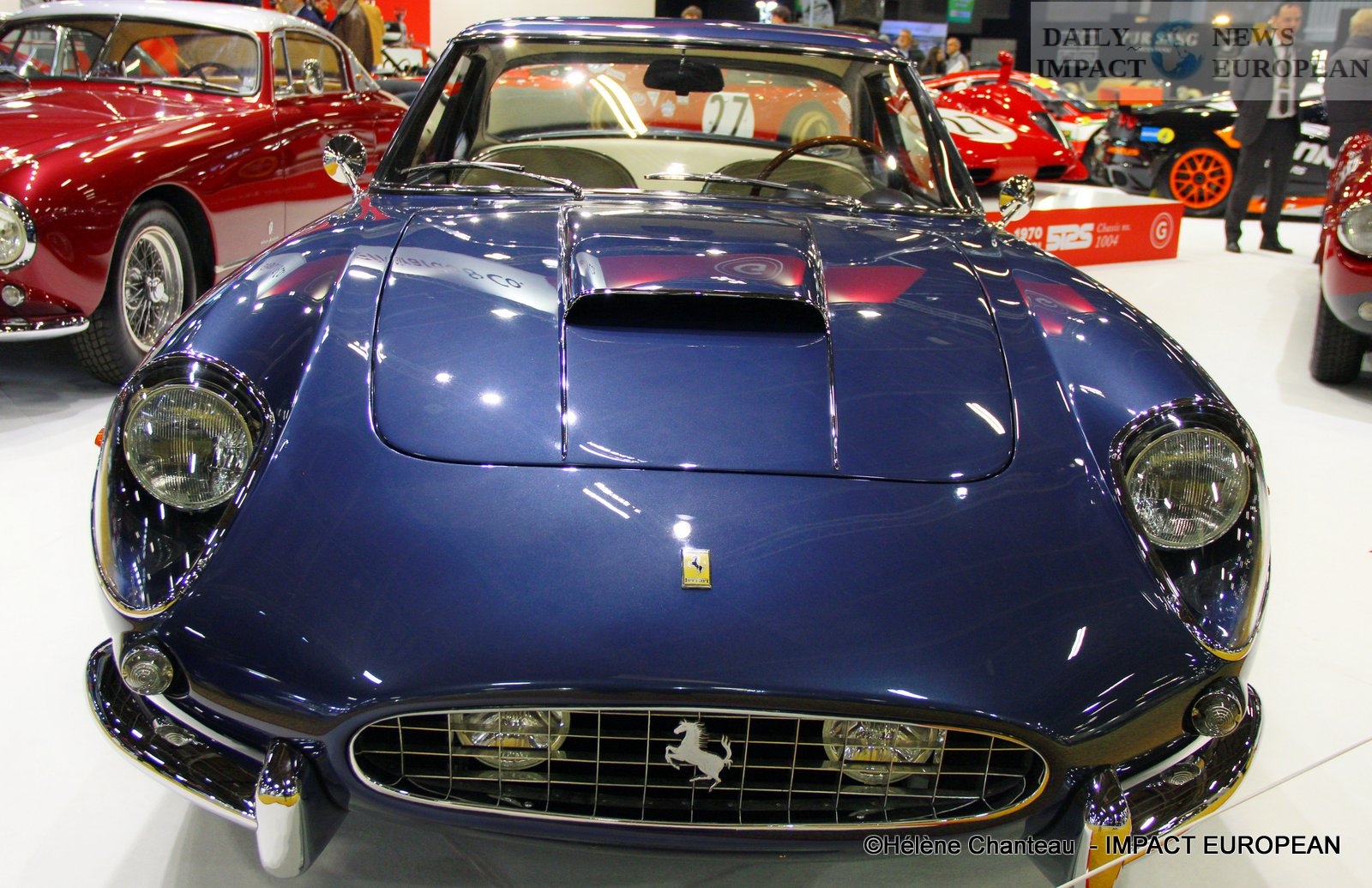

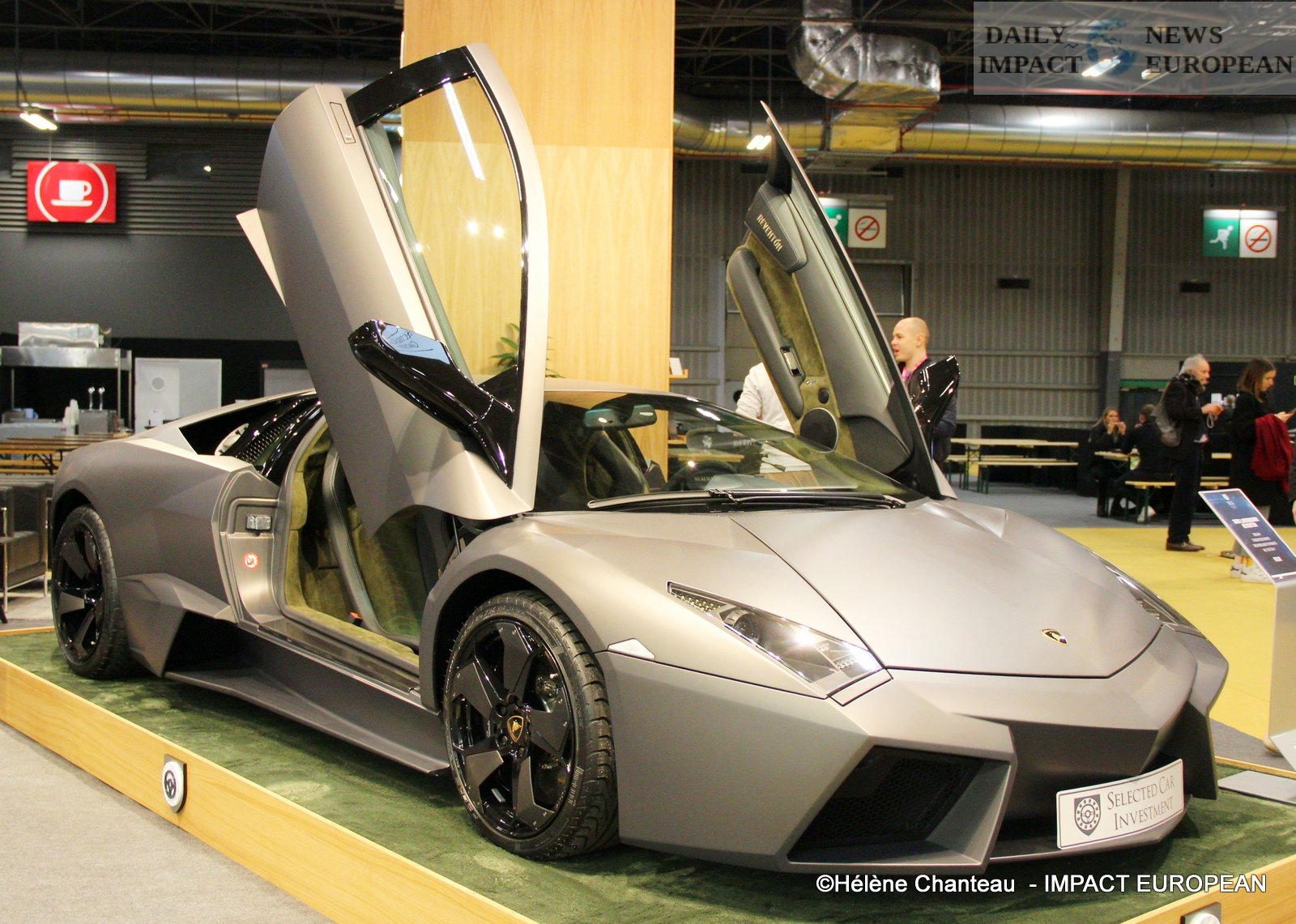
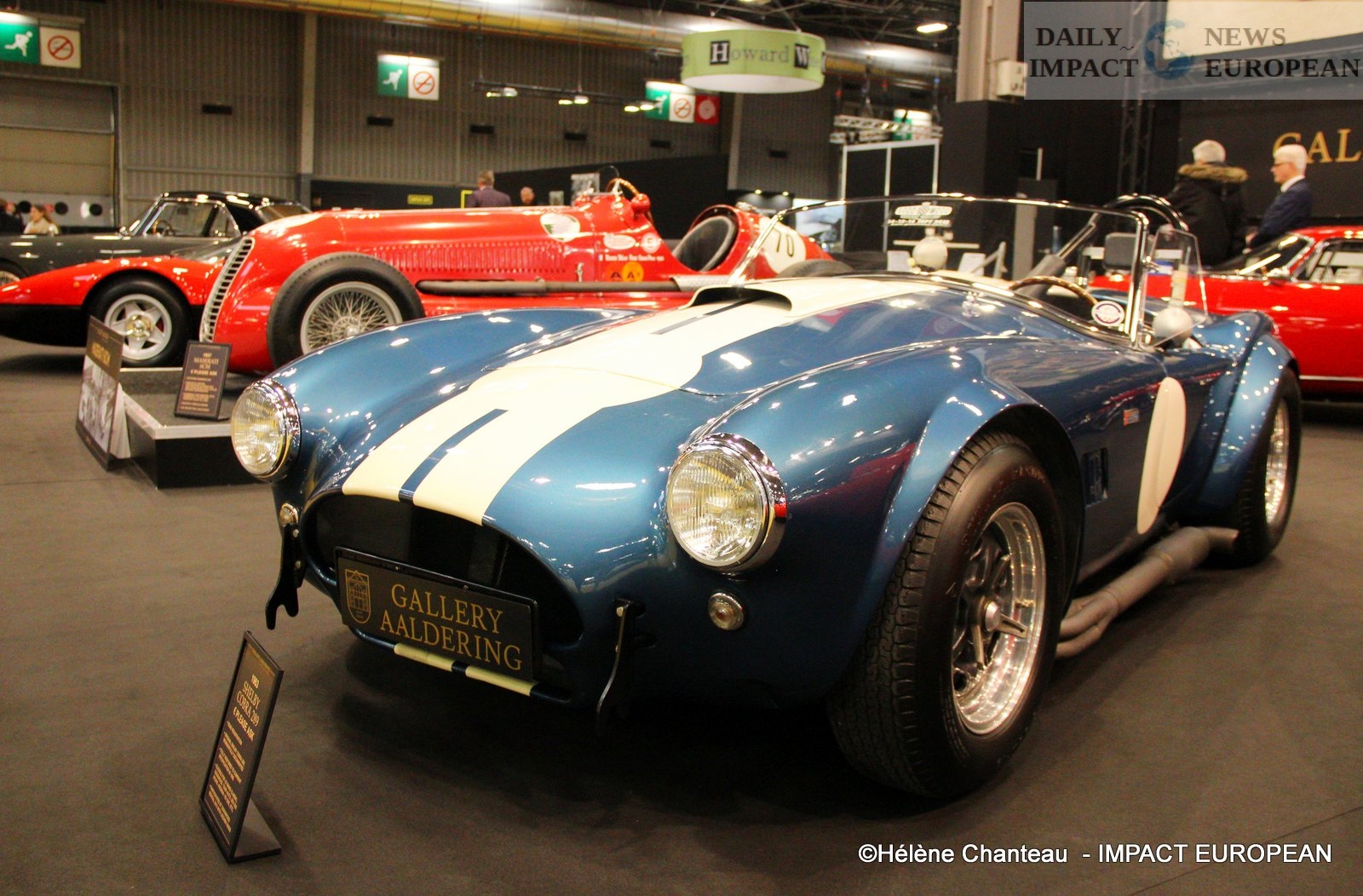
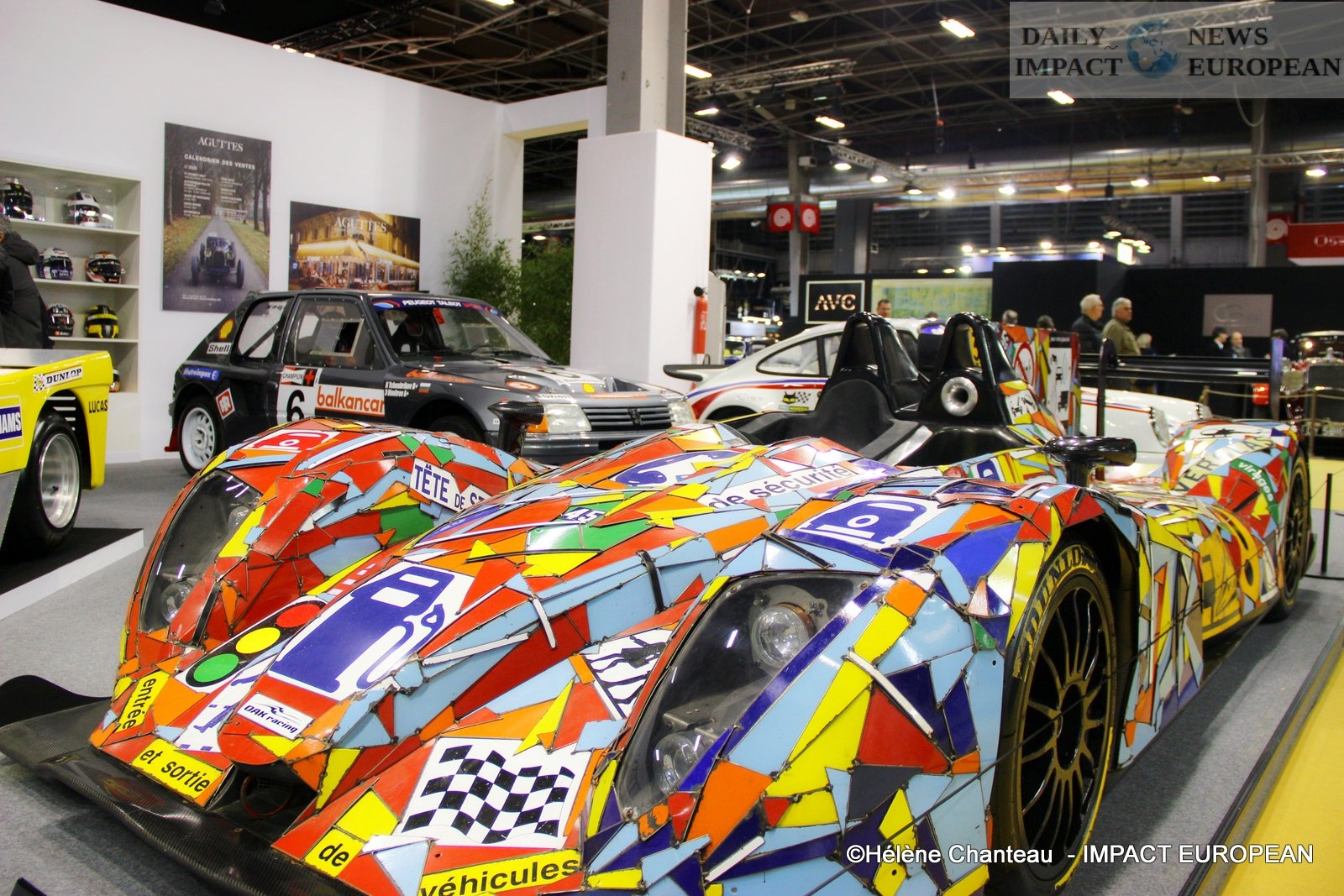

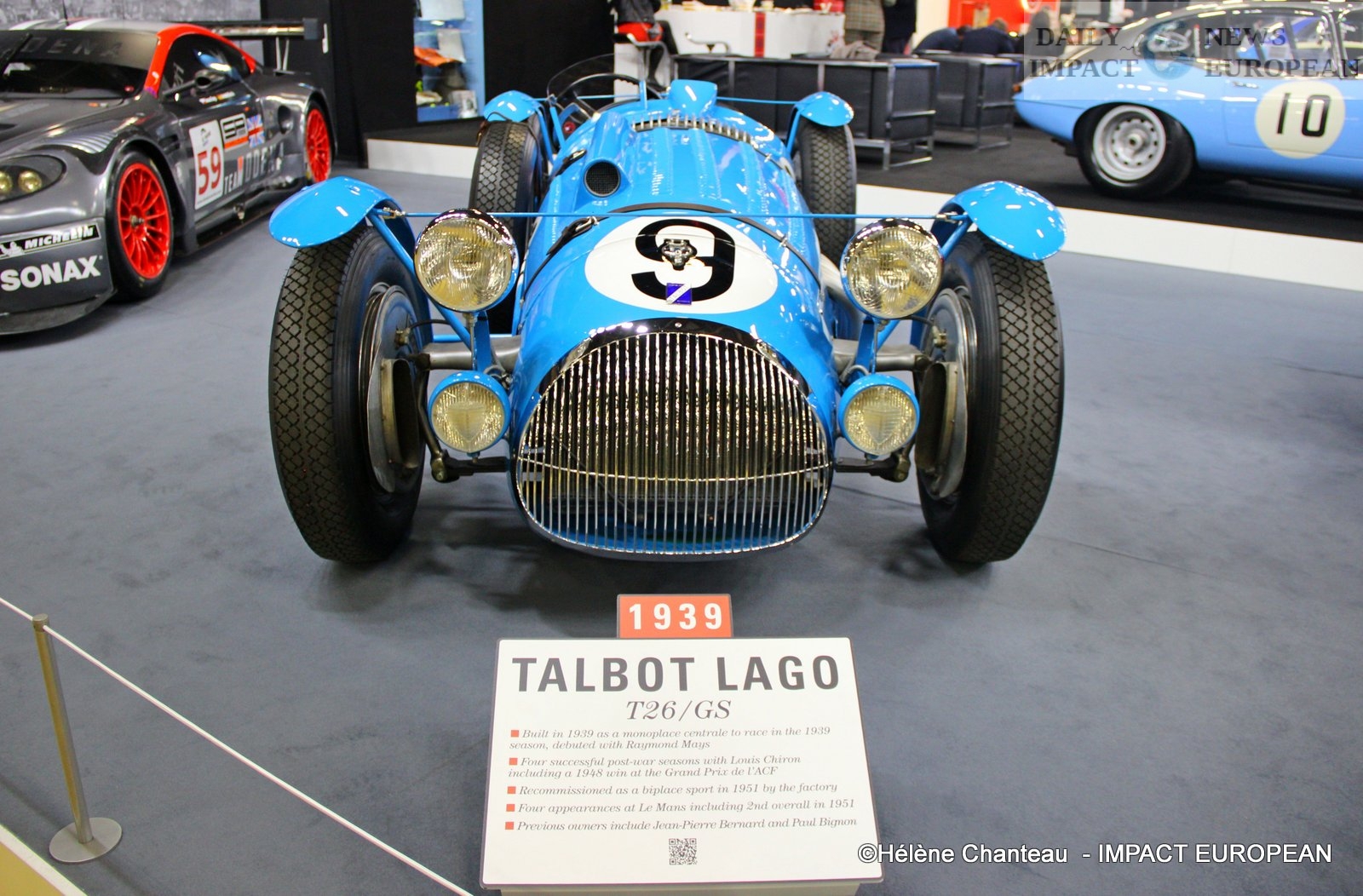
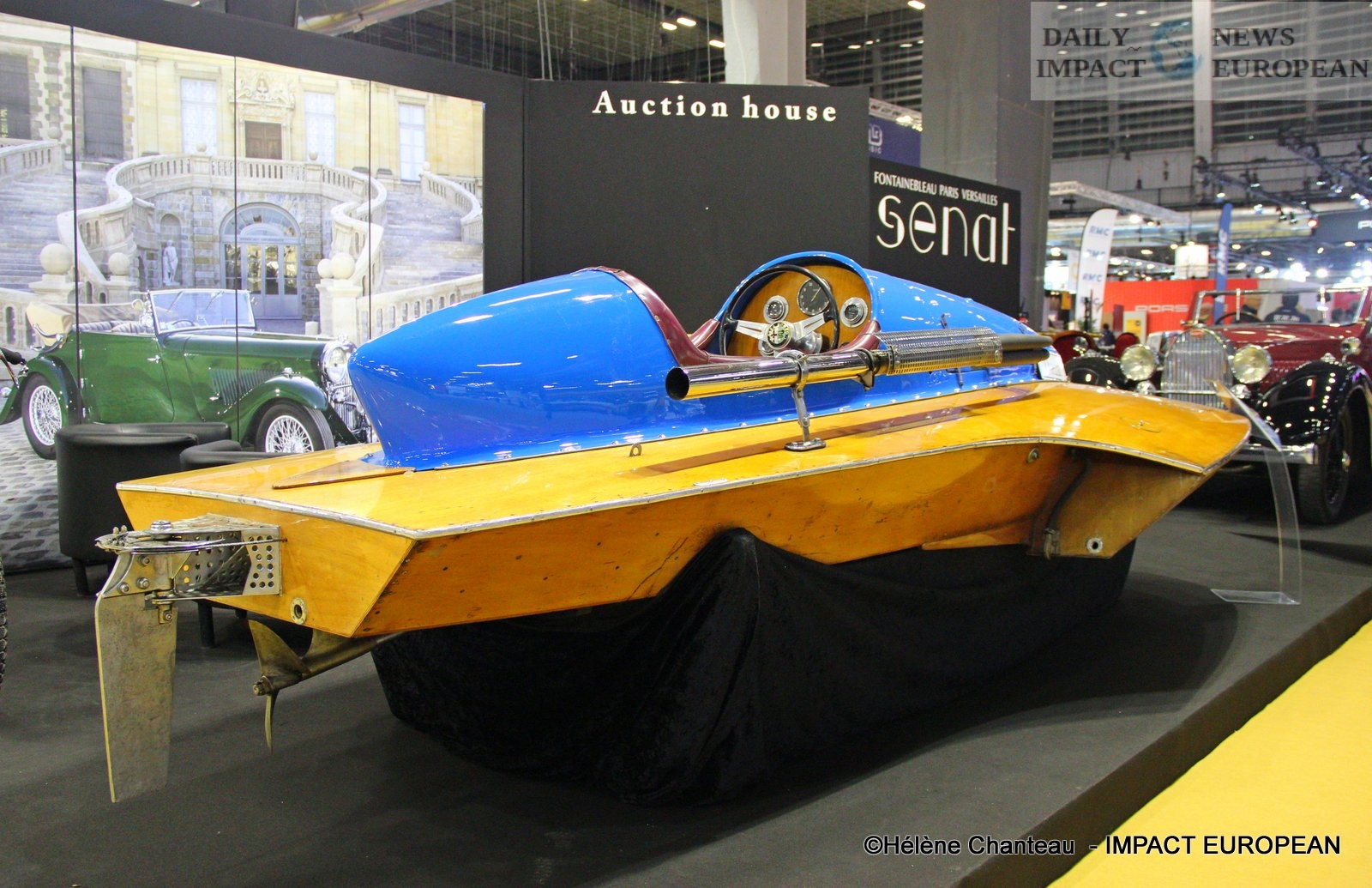
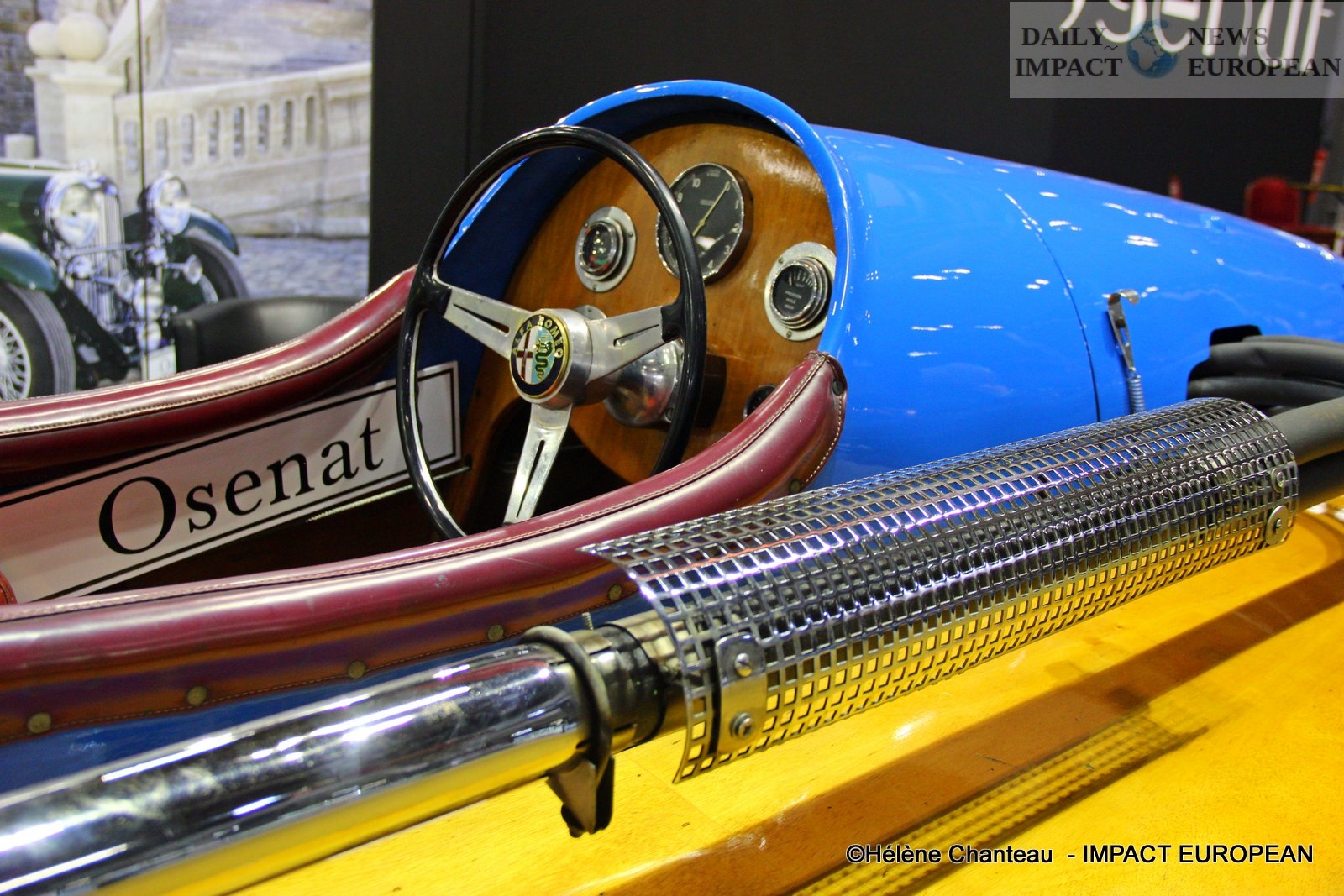
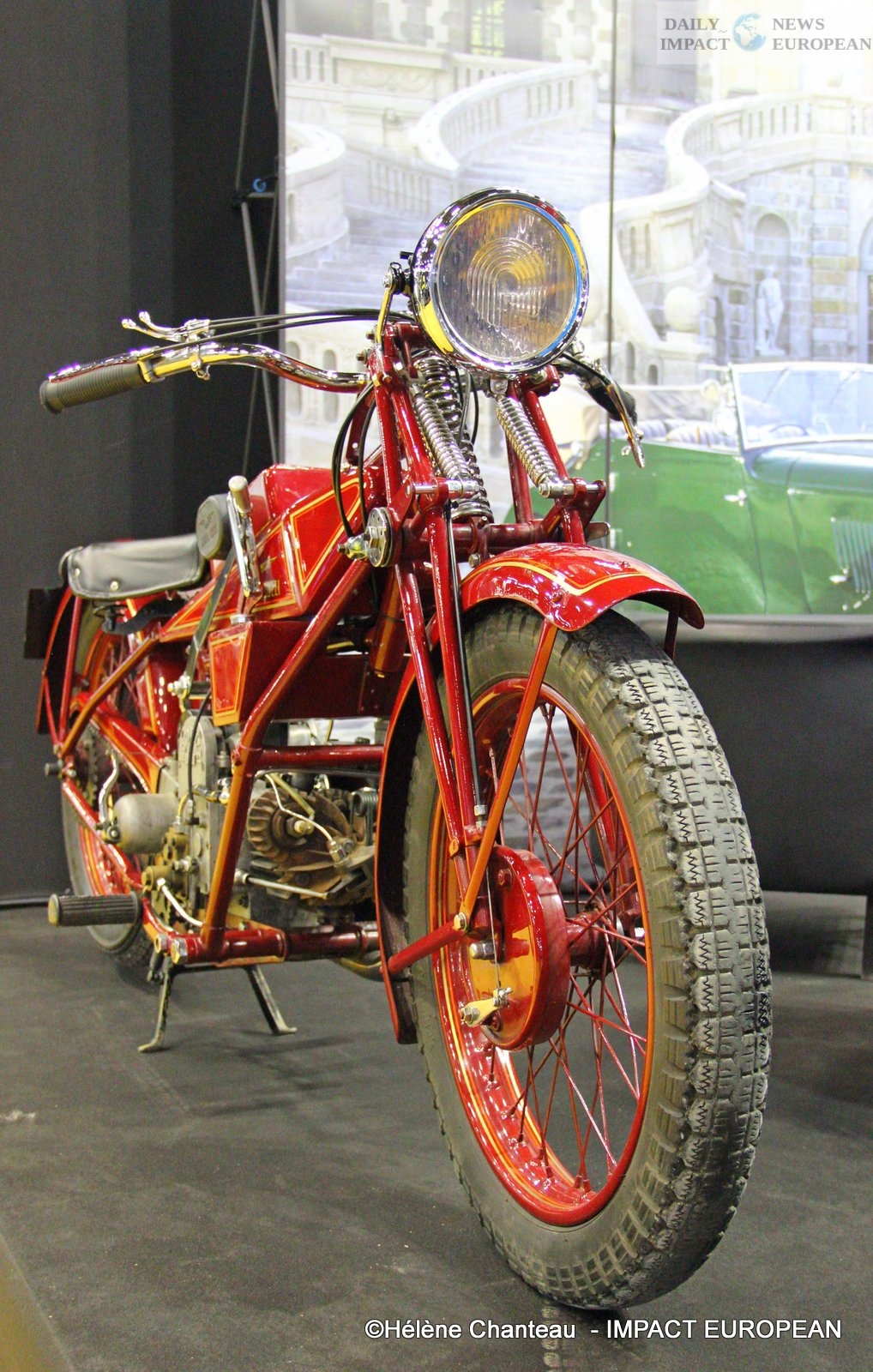
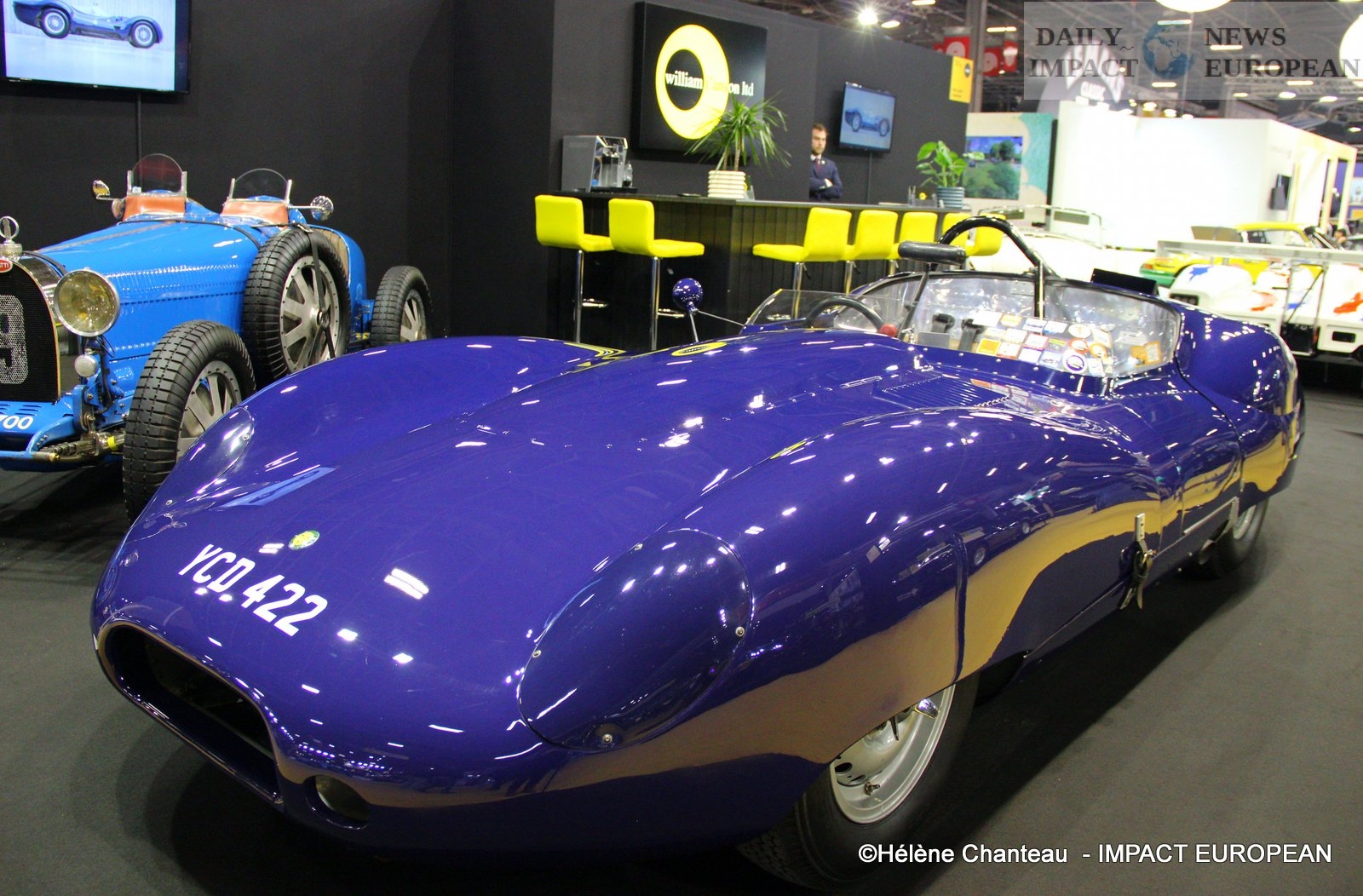
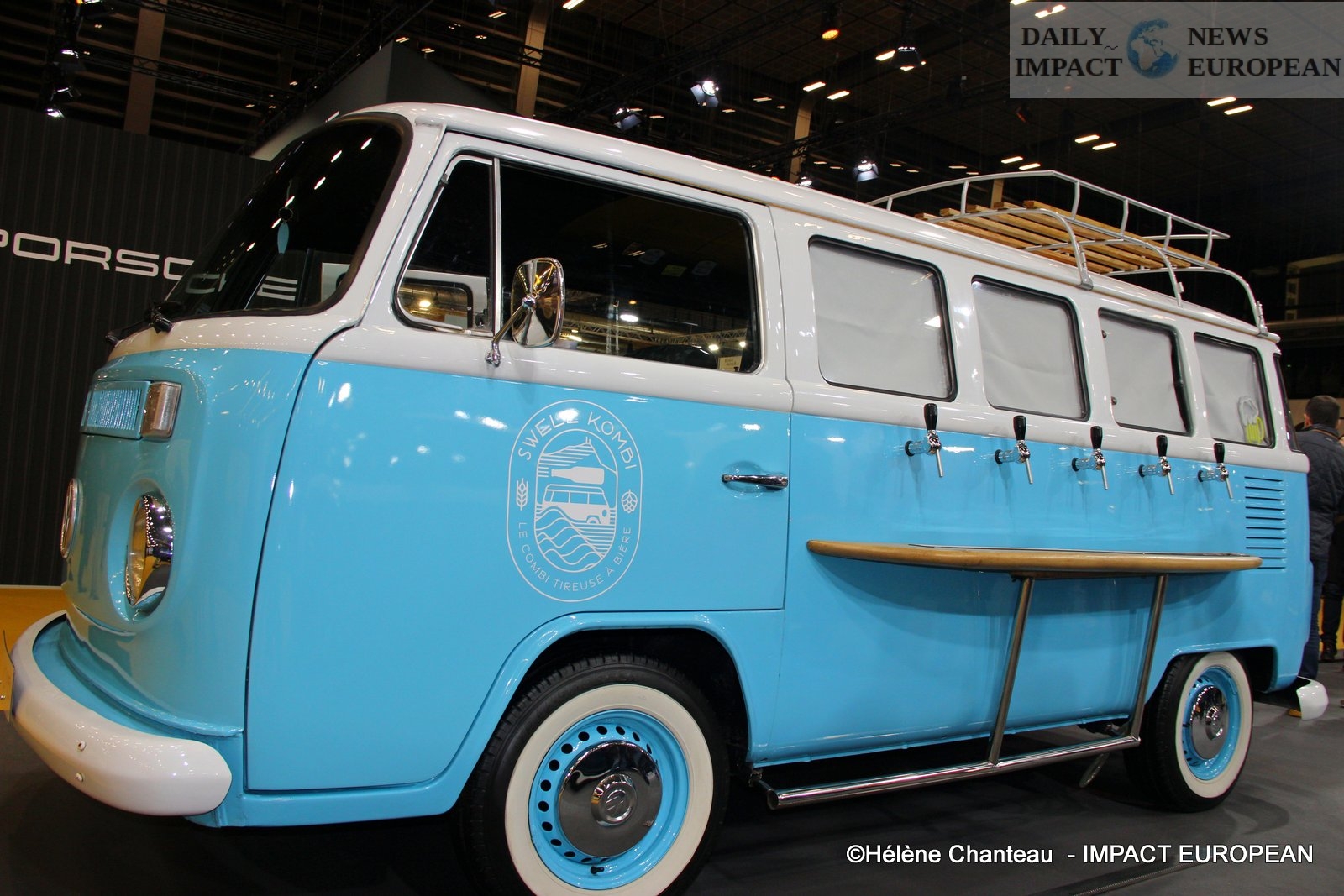



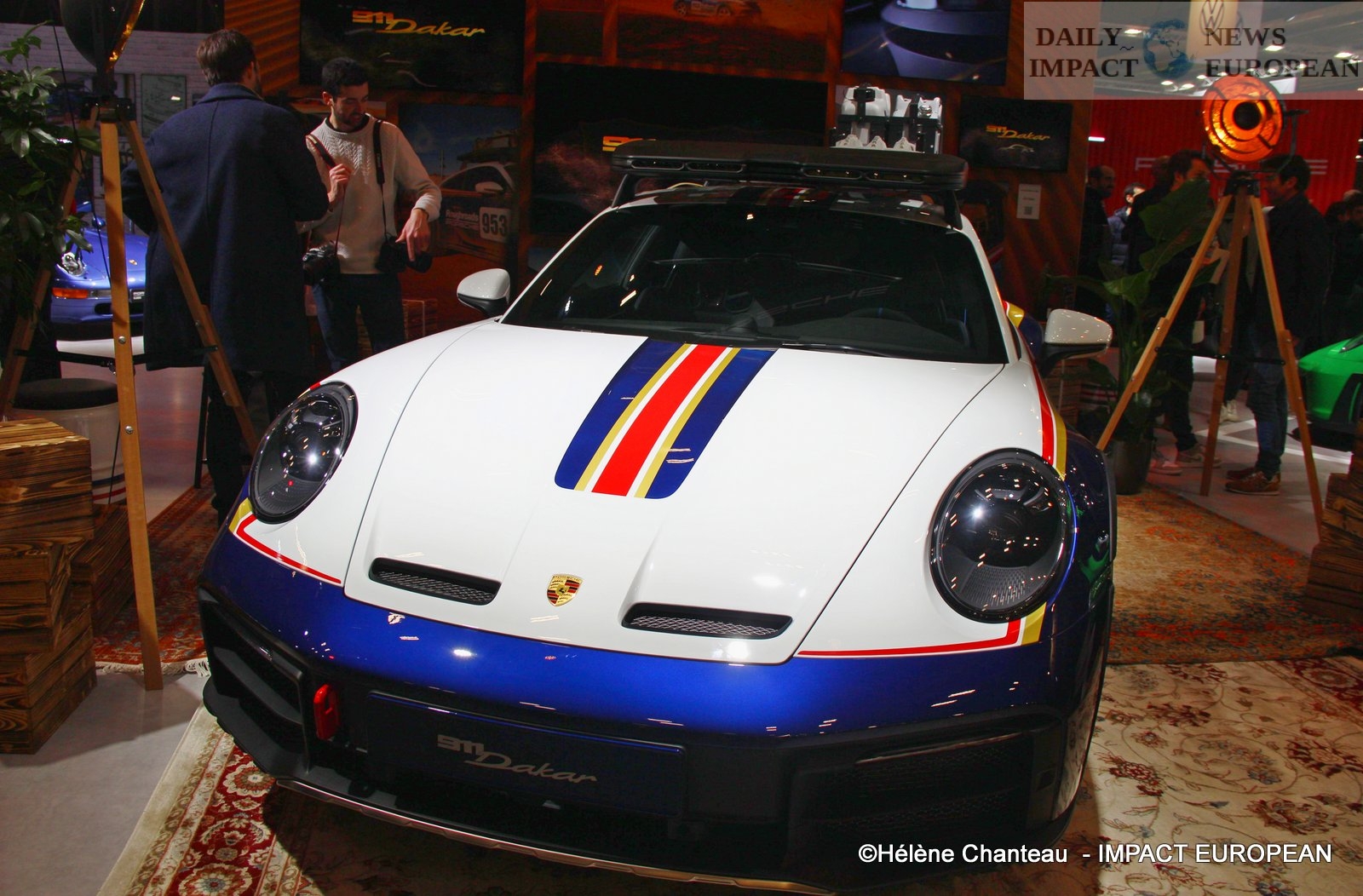
Plus d'histoires
Private Health Schools Under Scrutiny: Council of State Sides with the French Order of Physiotherapists
Dordogne: Mayor Excluded for Antisemitism Avoids Trial, LICRA Reacts
Berlin, Strategic Crossroads: Ukraine, European Security, and the Peace Economy